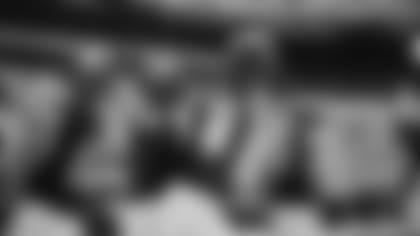In the coming weeks, Redskins.com will be looking back on the second half of the 2019 season to provide an in-depth perspective on each game.
This week's revisited game is the Week 9 matchup between the Redskins and Bills.
With quarterback Case Keenum still in the league's concussion protocol, rookie Dwayne Haskins got the nod for his first-career start on the road at New Era Field in Buffalo.
Although the Redskins lost, 24-9, the coaching staff saw enough from Haskins to name him the permanent starter for the rest of the year.
First Quarter
-- The Redskins started the game with the ball at their own 25 for Haskins' first drive. The offense made its game plan clear from the start: it was going to use Adrian Peterson as the focal point for most of the afternoon. That started off well enough with a 10-yard gain, but there were a few minor errors that ultimately cut the drive short. An illegal formation brought the first play back, and then later, facing a third-and-five, Haskins almost fumbled the snap, forcing him to run for a three-yard gain.
-- The Bills, on the other hand, also had a clear-cut offensive game plan built on play-action passes and attacking the perimeter with a multi-faceted running attack that featured Frank Gore and Devin Singletary. That included bringing receivers in motion for outside runs.
One of the biggest came during the Bills' first drive fewer than five minutes into the game. Quarterback Josh Allen brought receiver Isaiah McKenzie into the backfield and got him the ball on a shovel pass. The play got nine yards mostly due to linebacker Cole Holcomb stutter stepping before he could make contact, allowing McKenzie to sprint past him and down the sideline.
-- It was apparent that the coaching staff didn't want to put too much on Haskins, but the offense looked more dynamic whenever he was allowed to make passes downfield. A good example of that came when he opened the second drive with a 12-yard completion to Steven Sims Jr. in the middle of the field and then hit Terry McLaurin for 10 yards near the right sideline.
There were lapses in his pocket presence, though, and that much was clear facing a third-and-7 from his own 43-yard line. Haskins had time to make the throw and even had three receivers open, including McLaurin in the left center of the field. But left tackle Donald Penn was getting pushed back, which forced Haskins to roll out and miss Wendell Smallwood on the ensuing throw.
-- It is clear that the Bills viewed the Redskins' interior defensive line as a strength, so most plays were designed to hit the outside and attack the cornerbacks and outside linebackers. Any attempt to rush between the tackles, like when the Bills faced second-and-1 on Washington's 27-yard line, was usually met at the line of scrimmage like when Daron Payne stuffed Gore for just a one-yard gain.
Plays outside of the hashes, however, gashed the defense. The Bills scored their first touchdown on a six-yard out route to Cole Beasley, and then Singletary scampered down the right side of the field on a 49-yard screen play. That ultimately led to a field goal and a 10-0 lead.
Second Quarter
-- The Redskins started the second quarter with the ball and fed Peterson, whose next three runs went for 18, 17 and 28 yards, respectively. It was impressive what the Redskins were able to do with just five offensive linemen on the line of scrimmage. Brandon Scherff handled Bills defensive tackle Ed Oliver on the first run of the quarter, and later he and center Chase Roullier worked well on a stretch play that allowed Peterson to cut back for his 17-yard gain.
Check out photos of the Washington Redskins during their regular season Week 9 game against the Buffalo Bills.
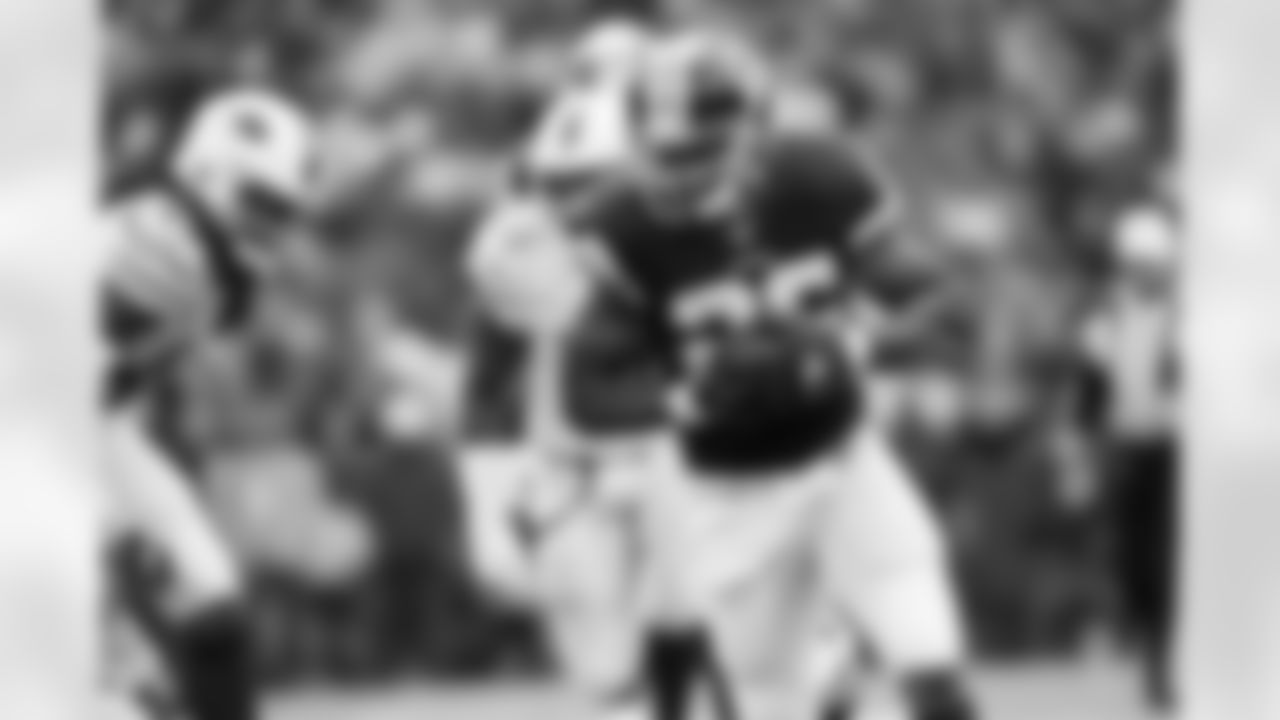
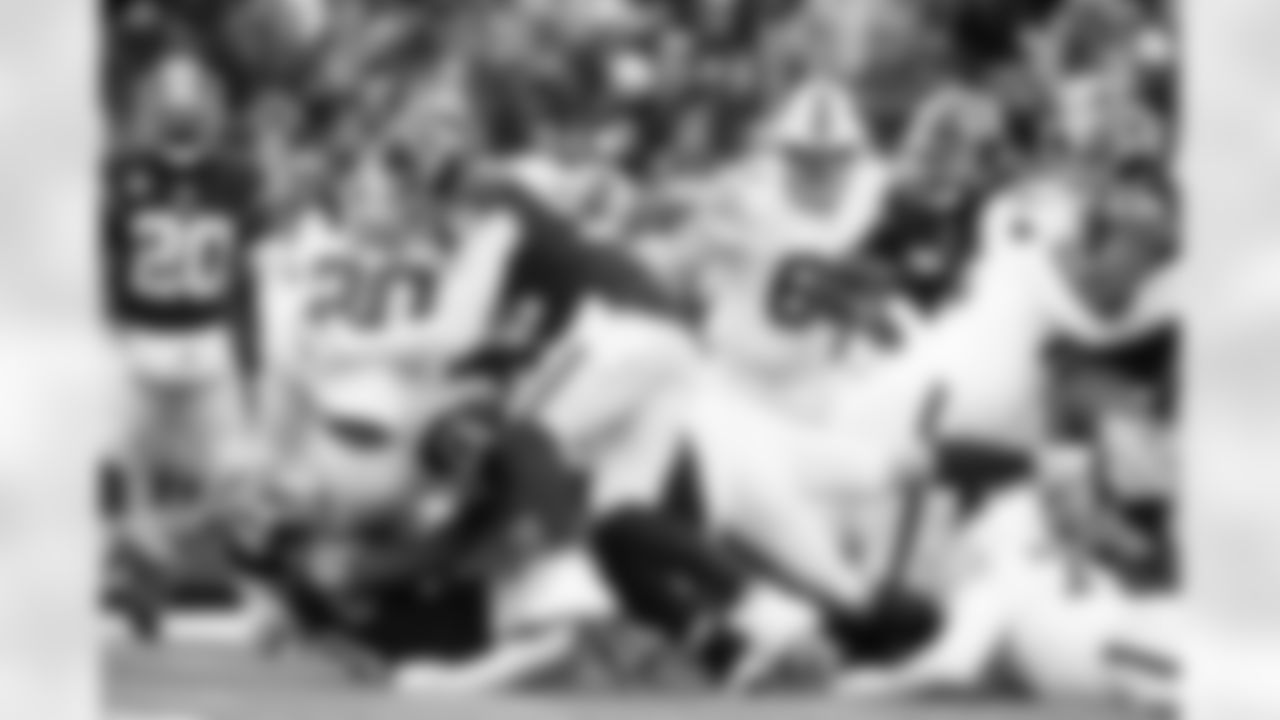
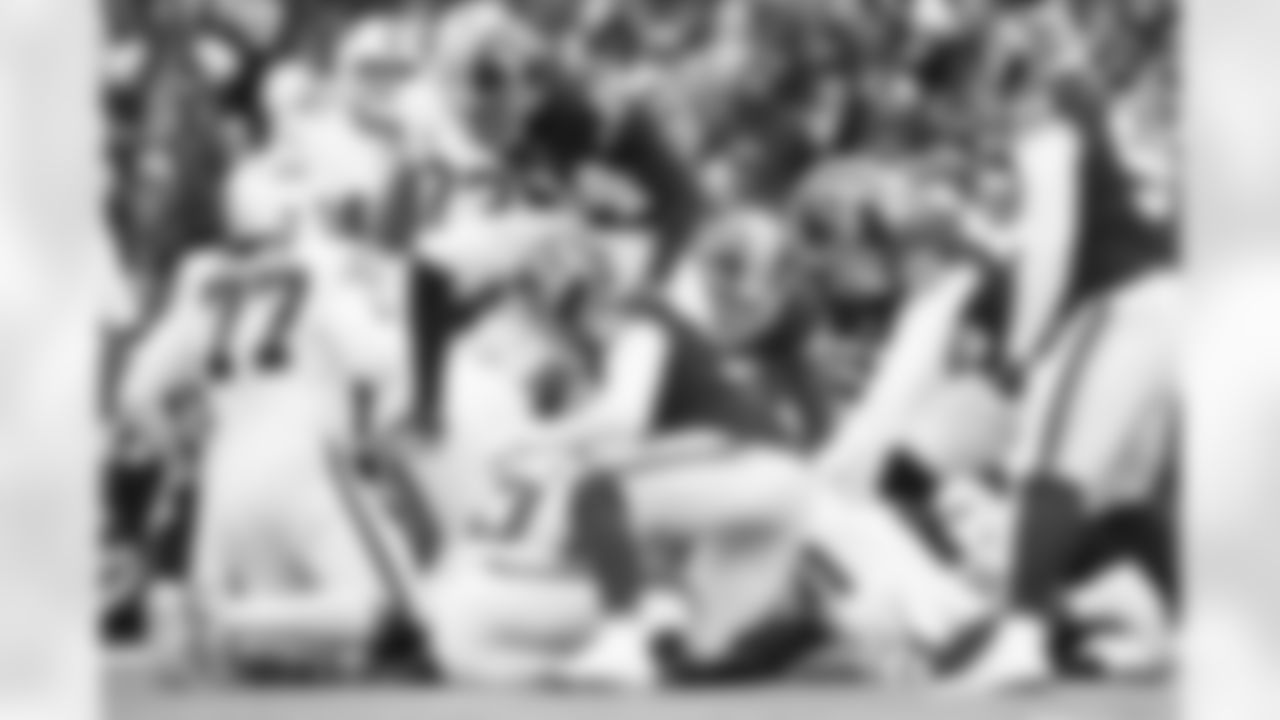
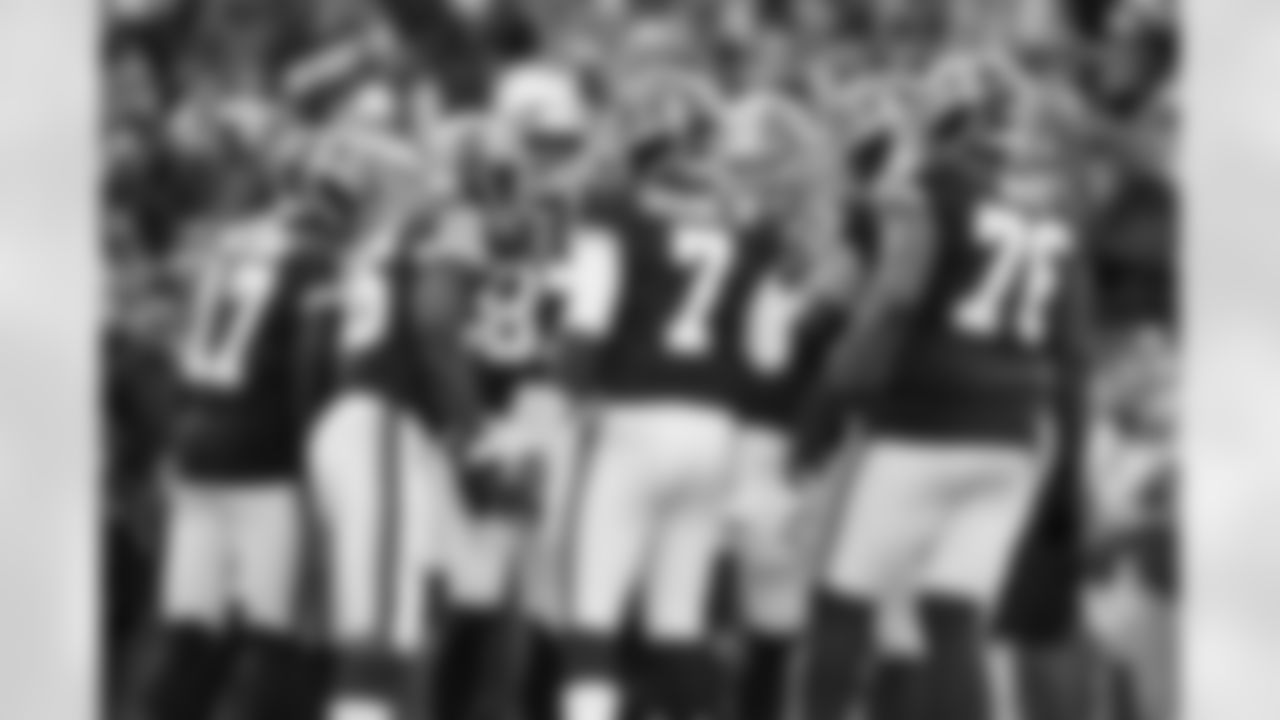
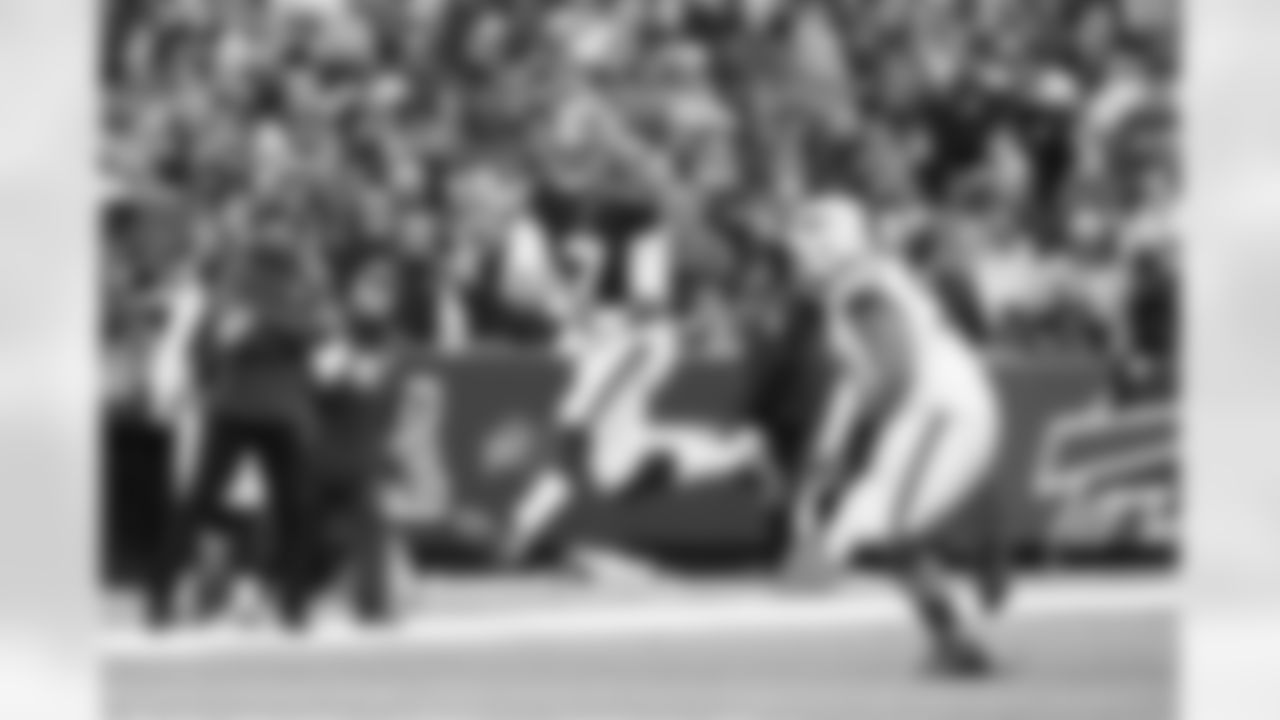

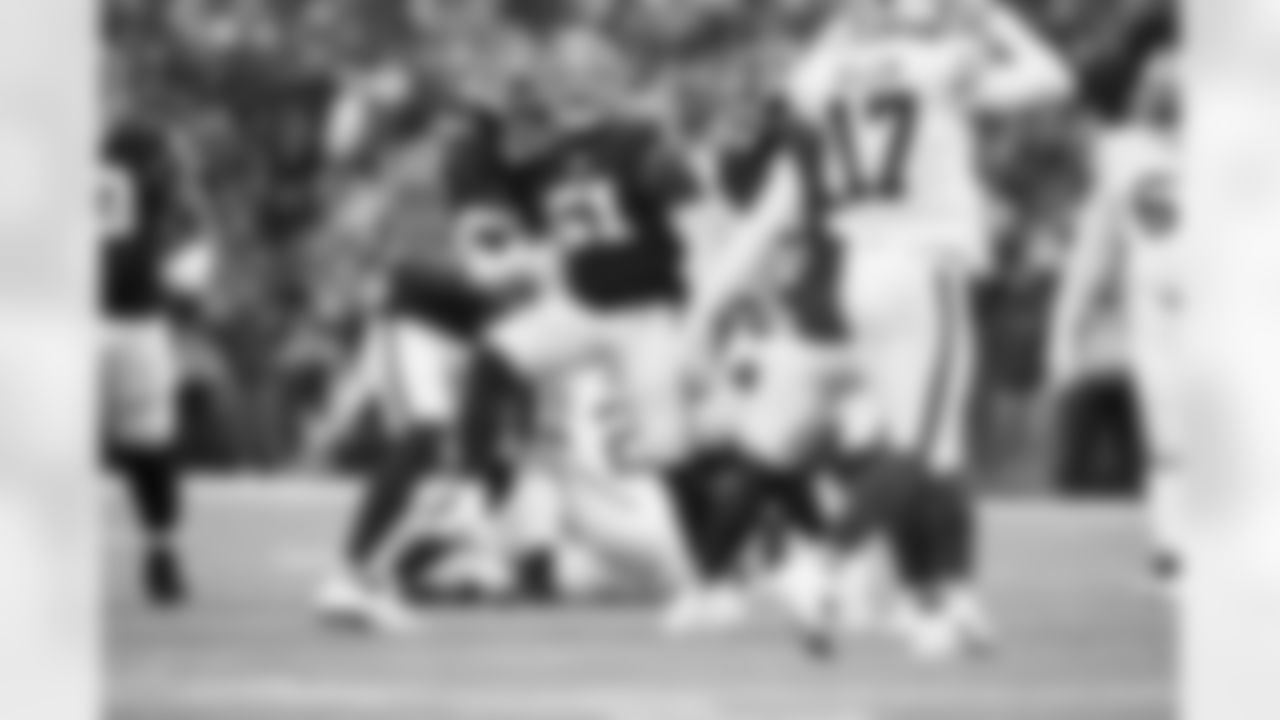
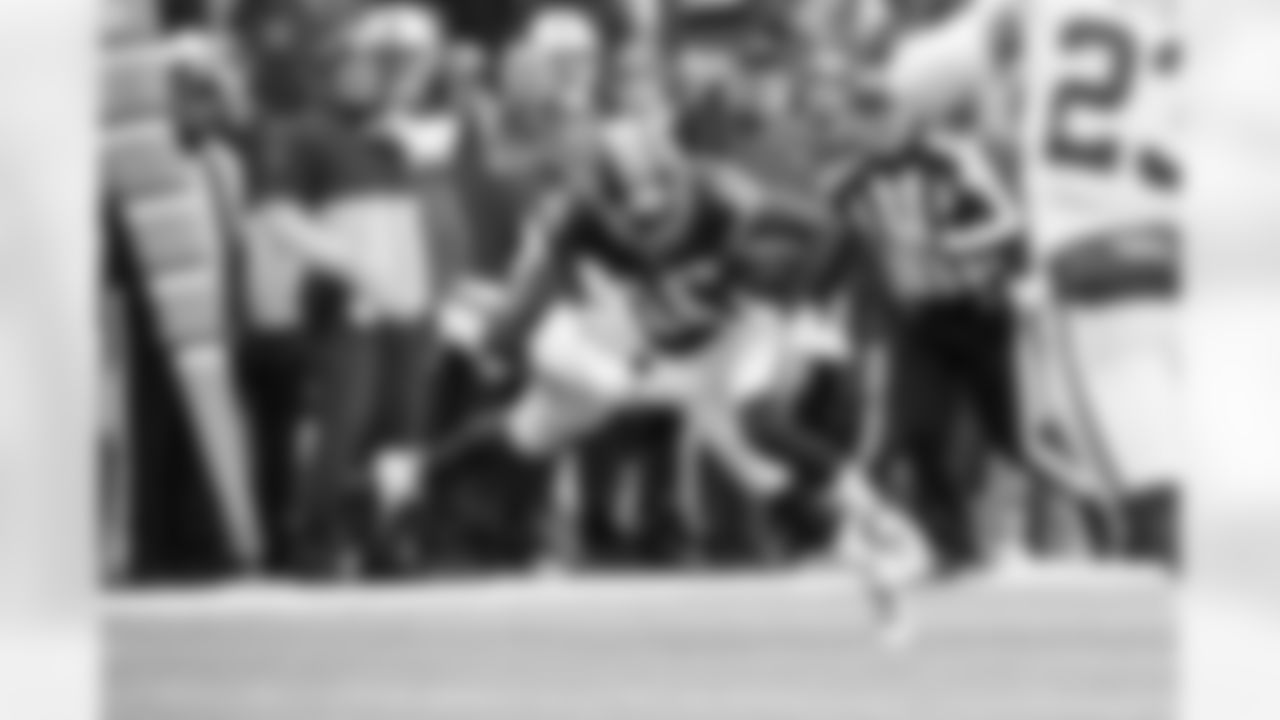
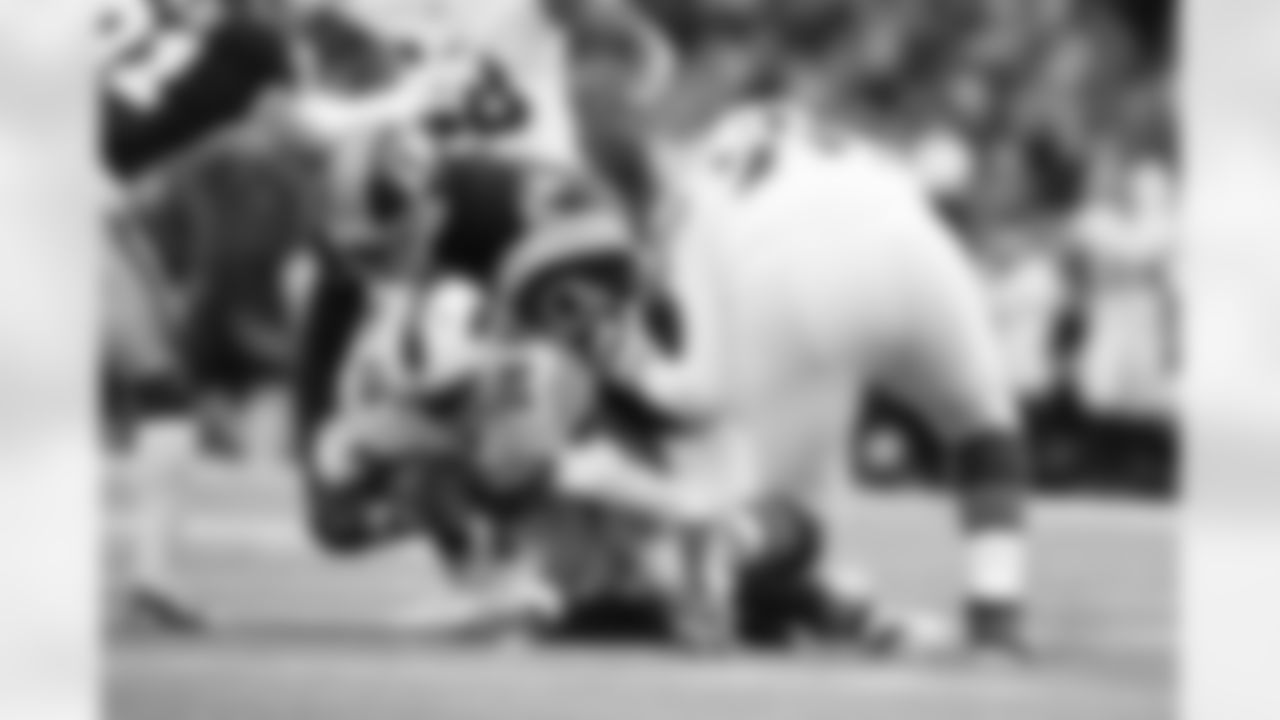
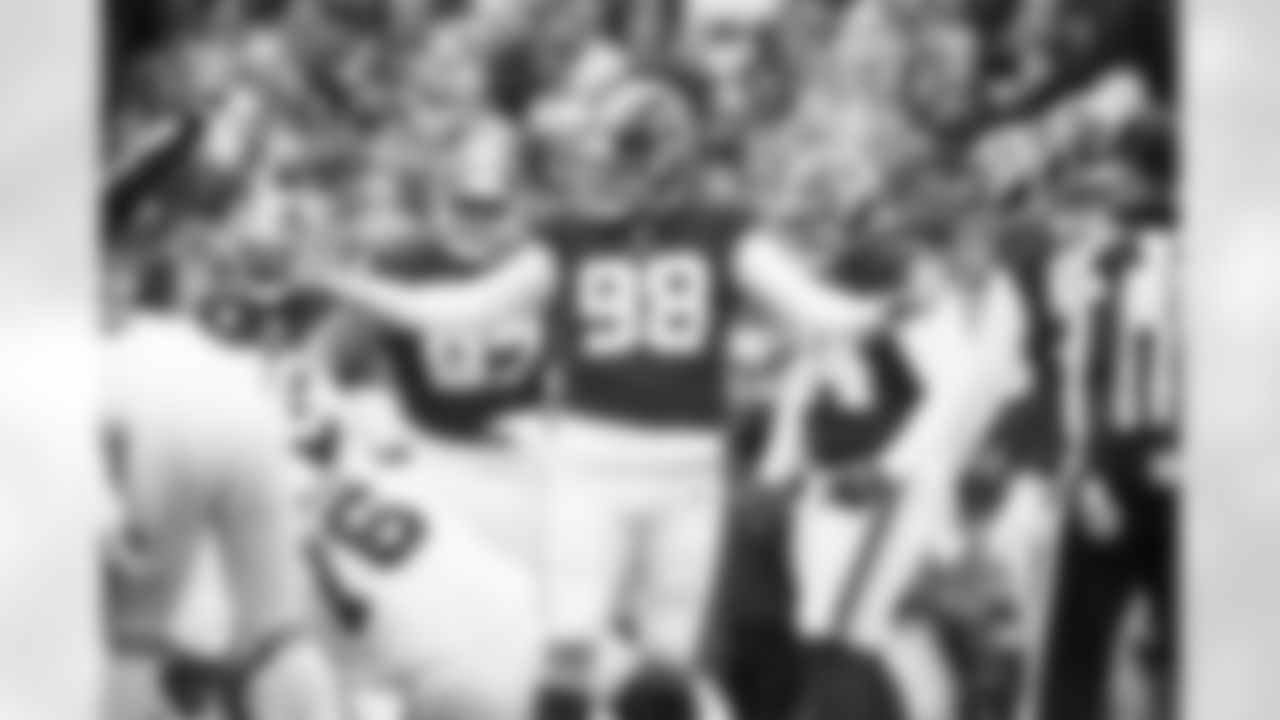
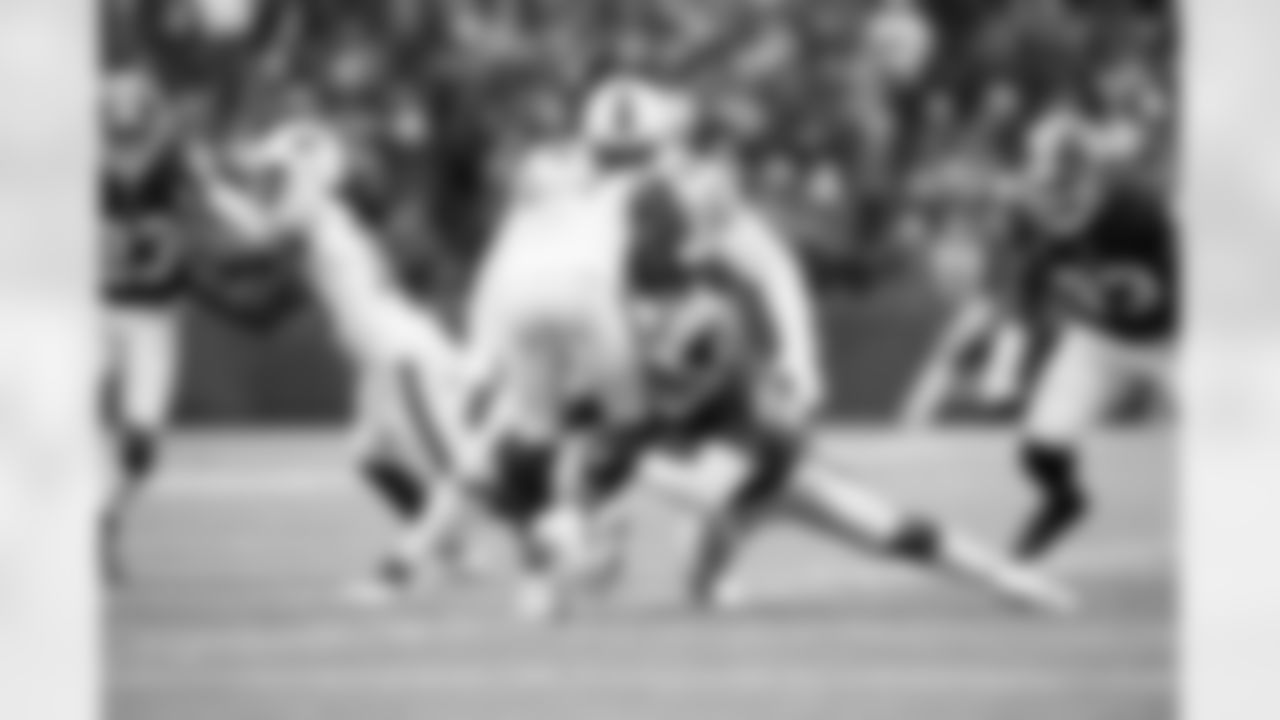

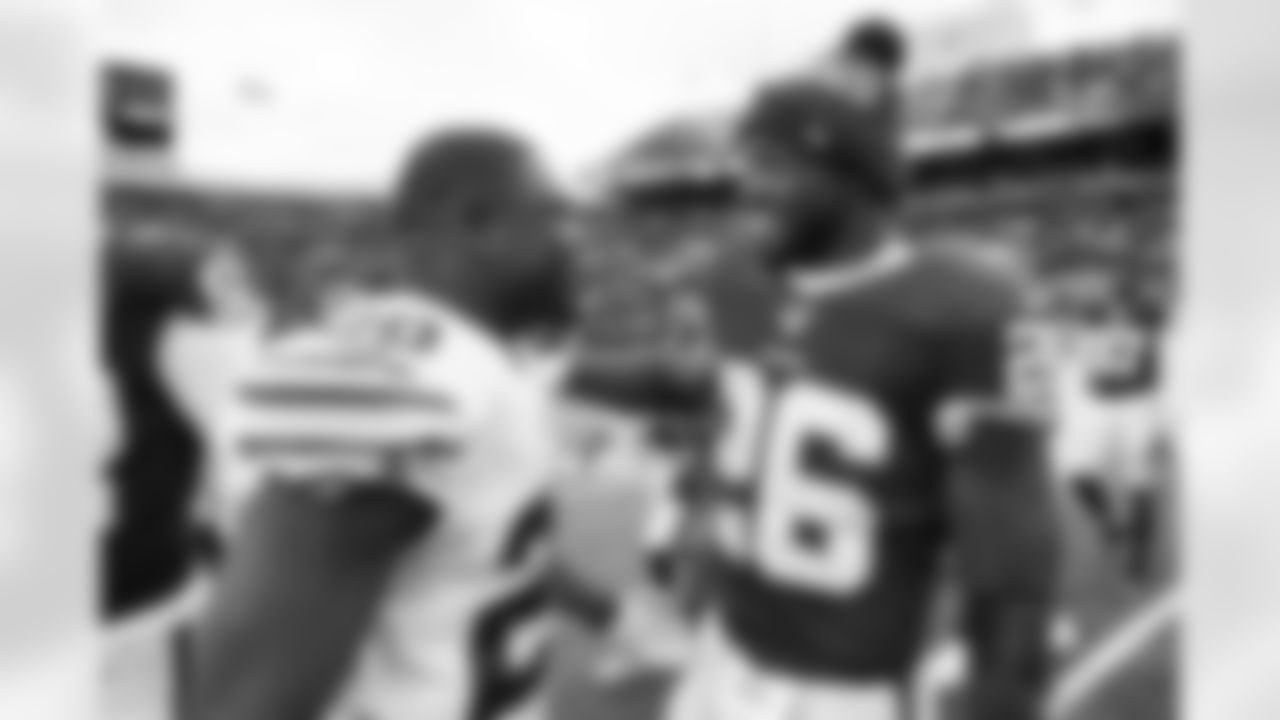
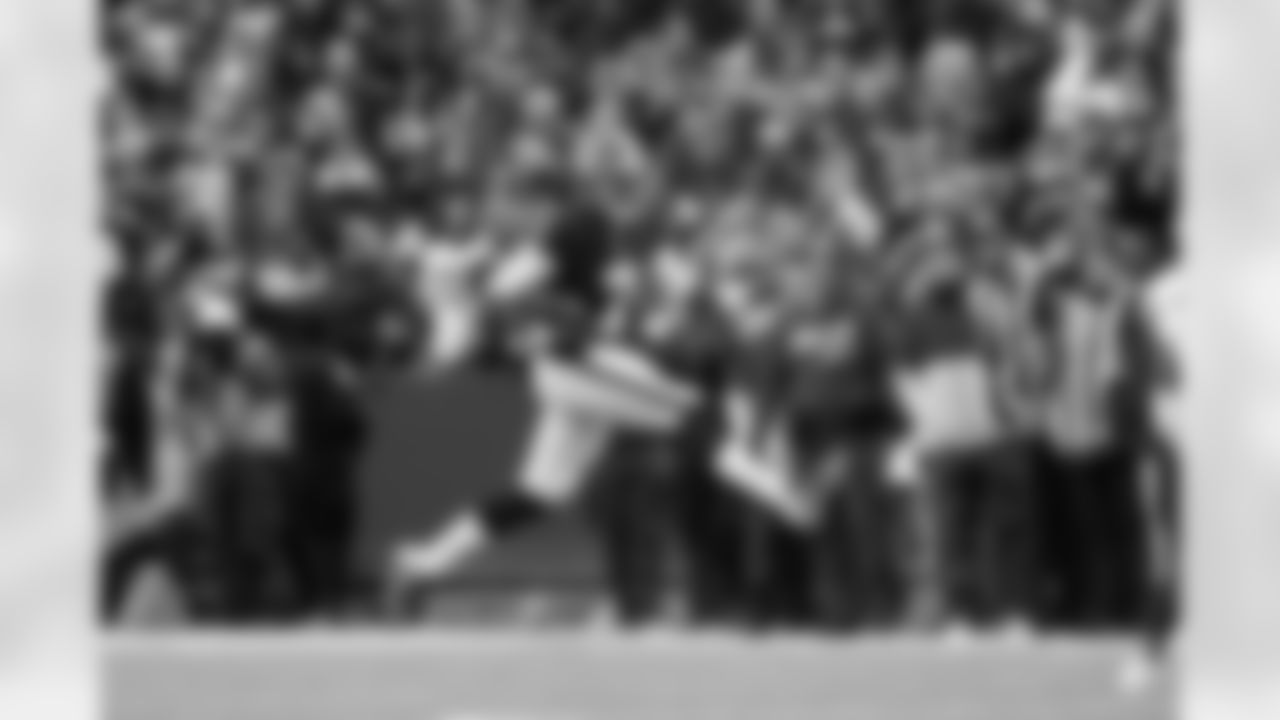
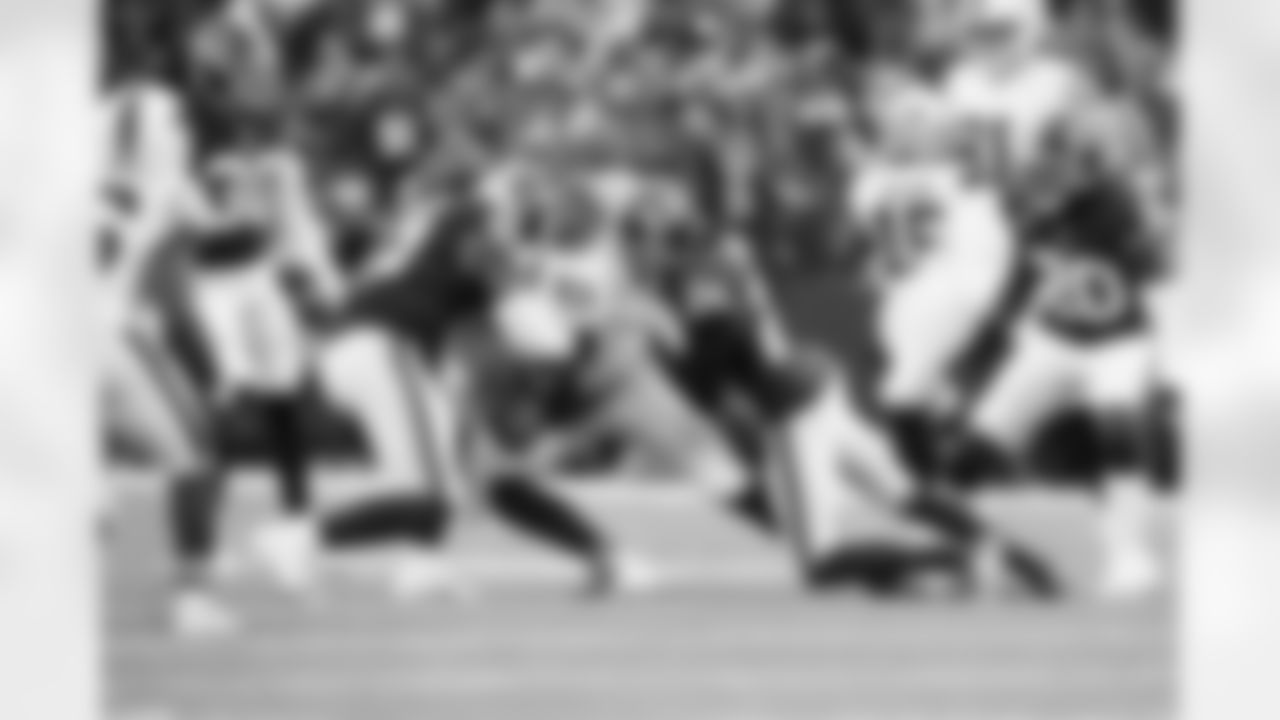
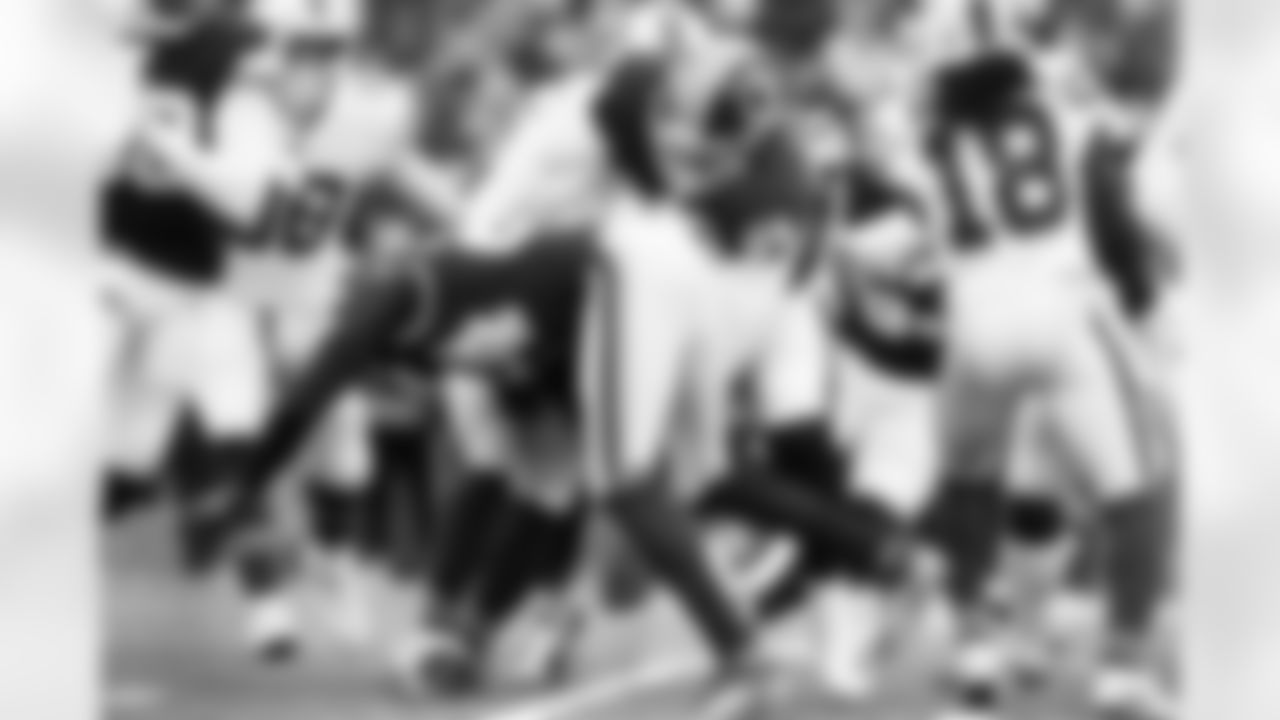
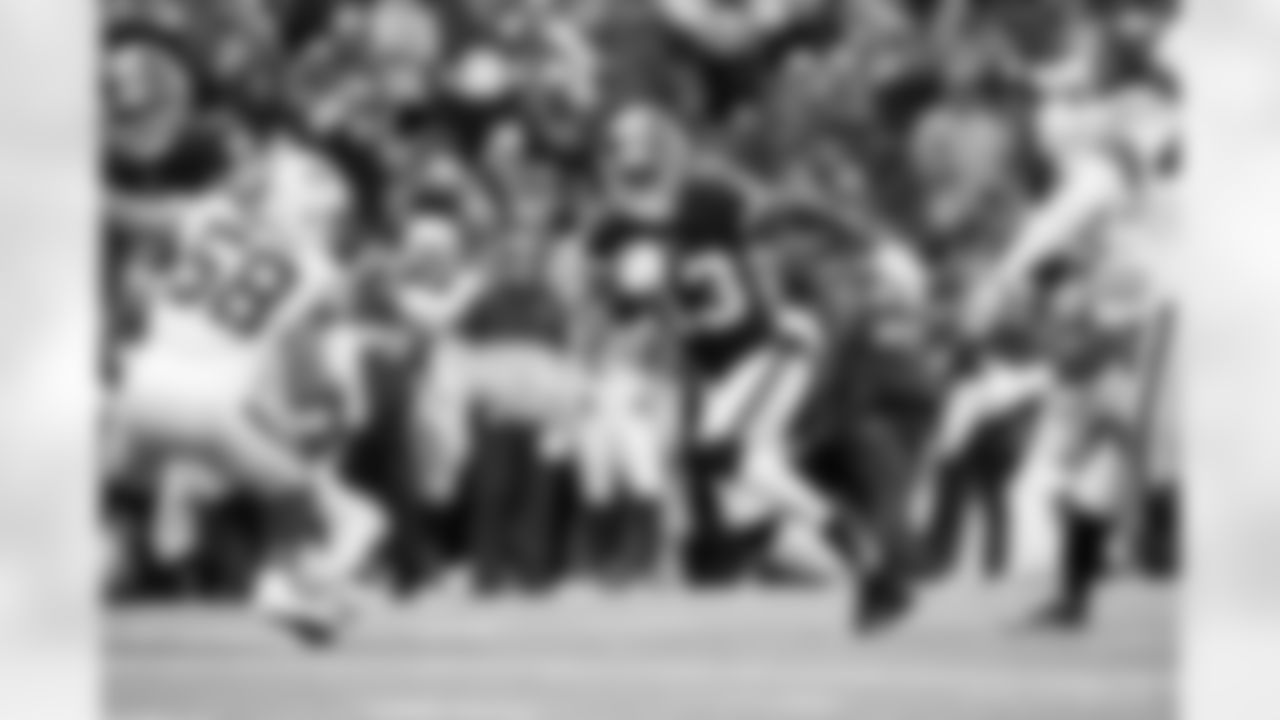
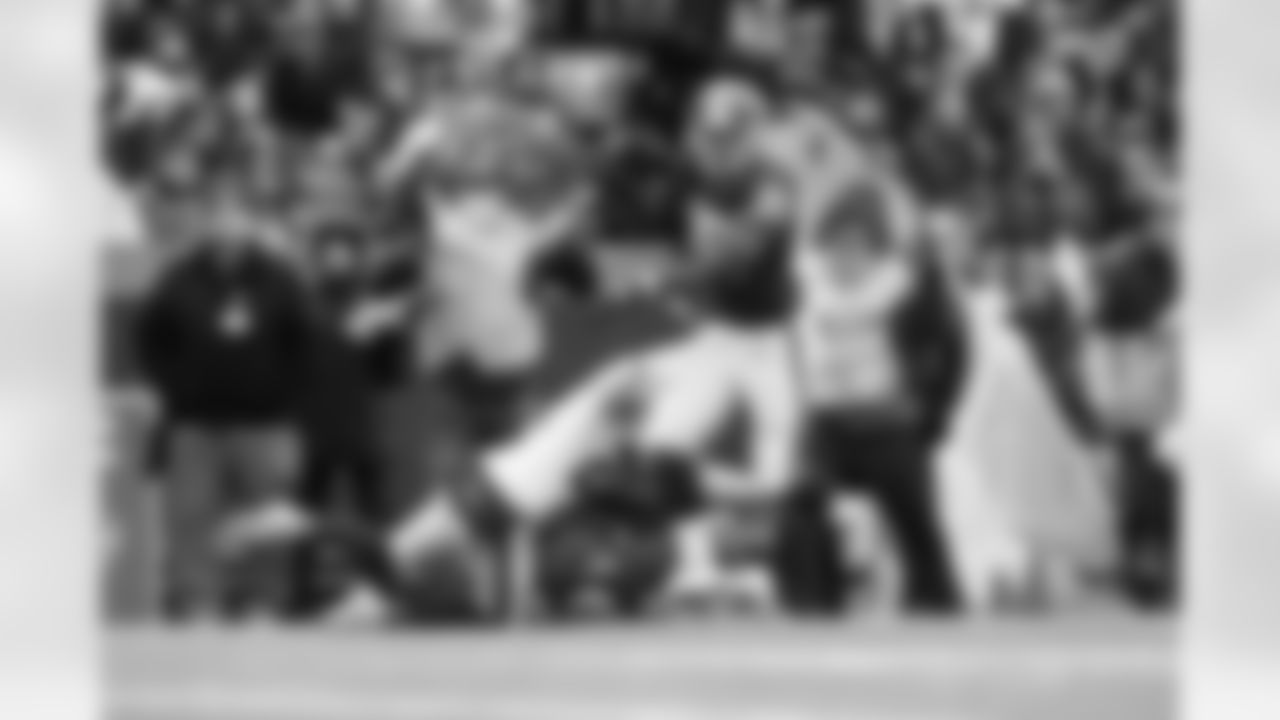
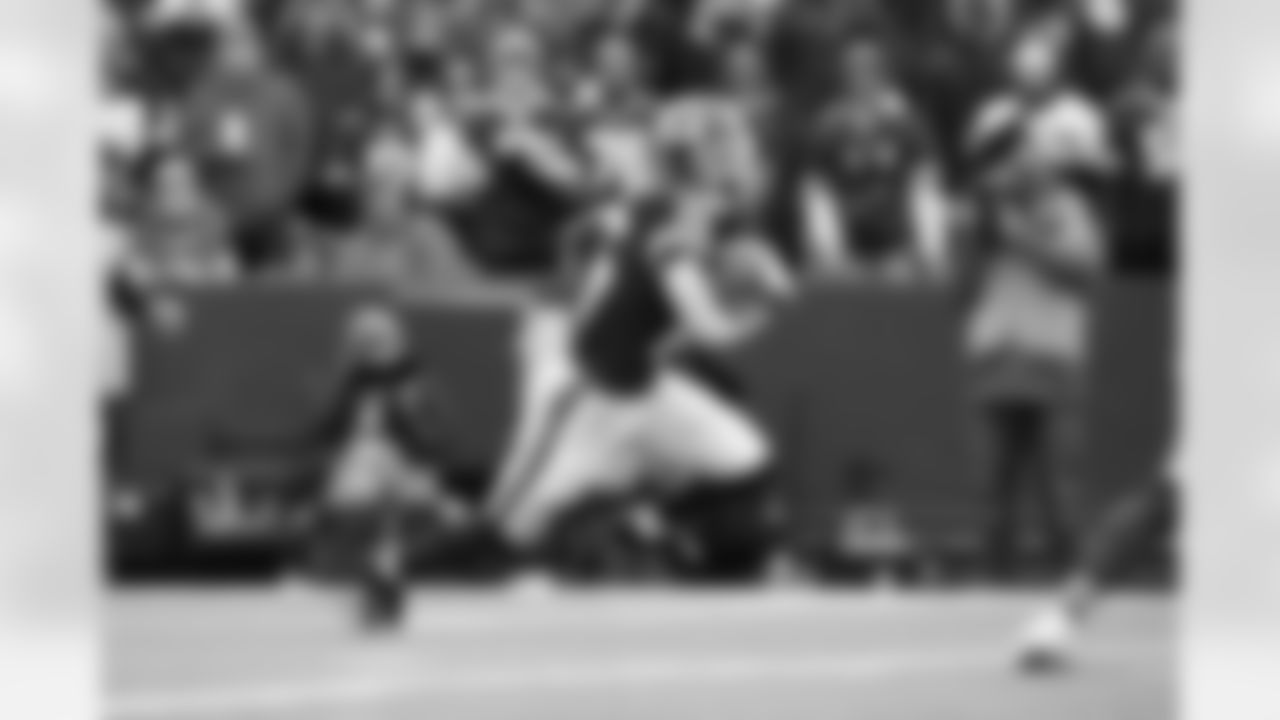
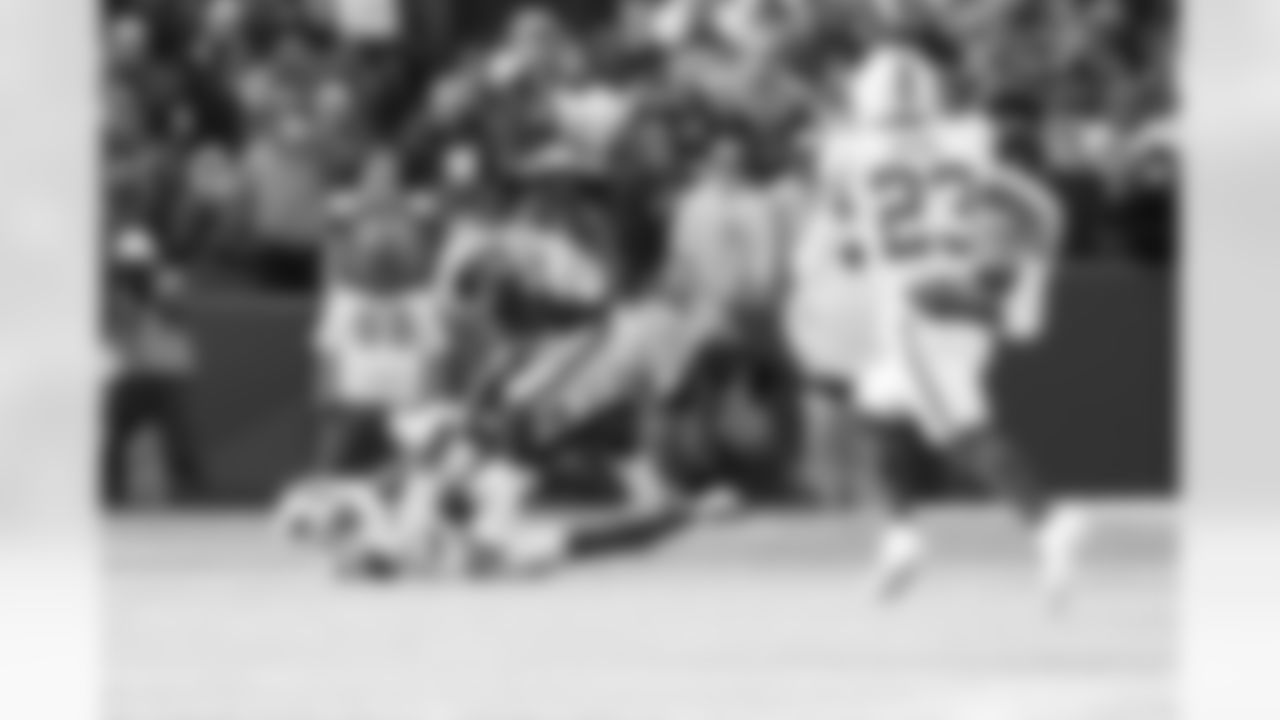
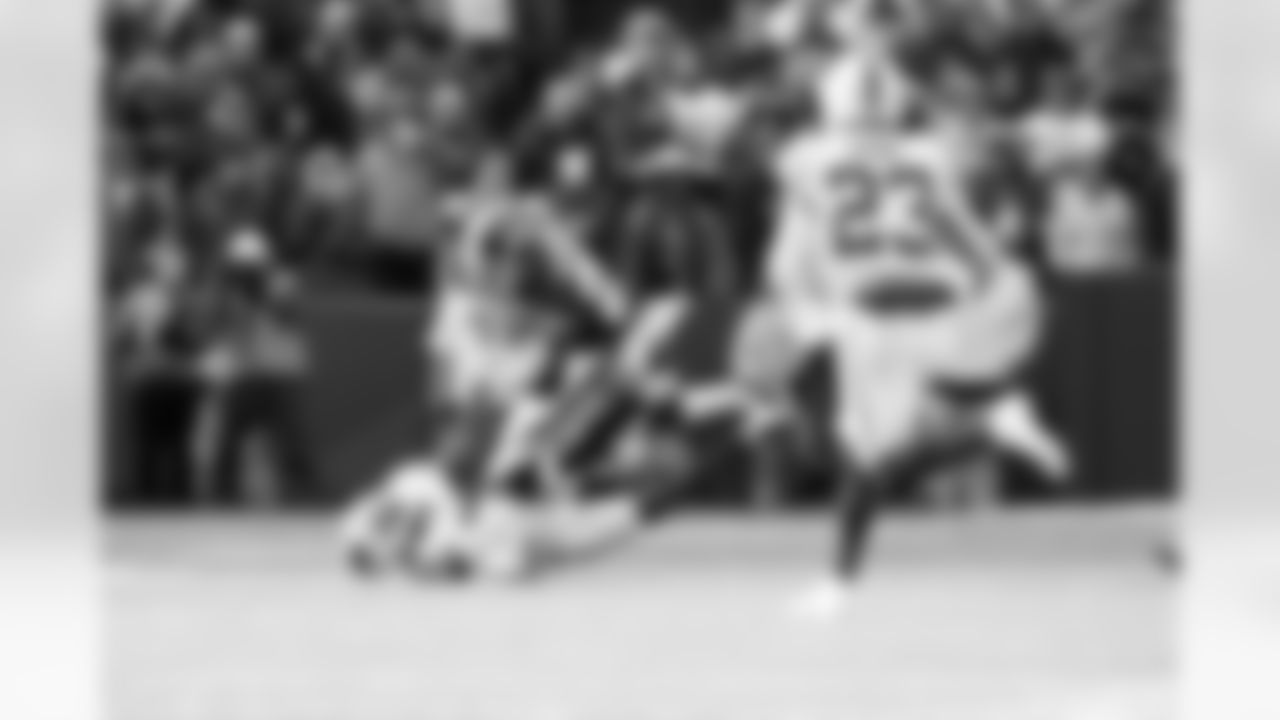
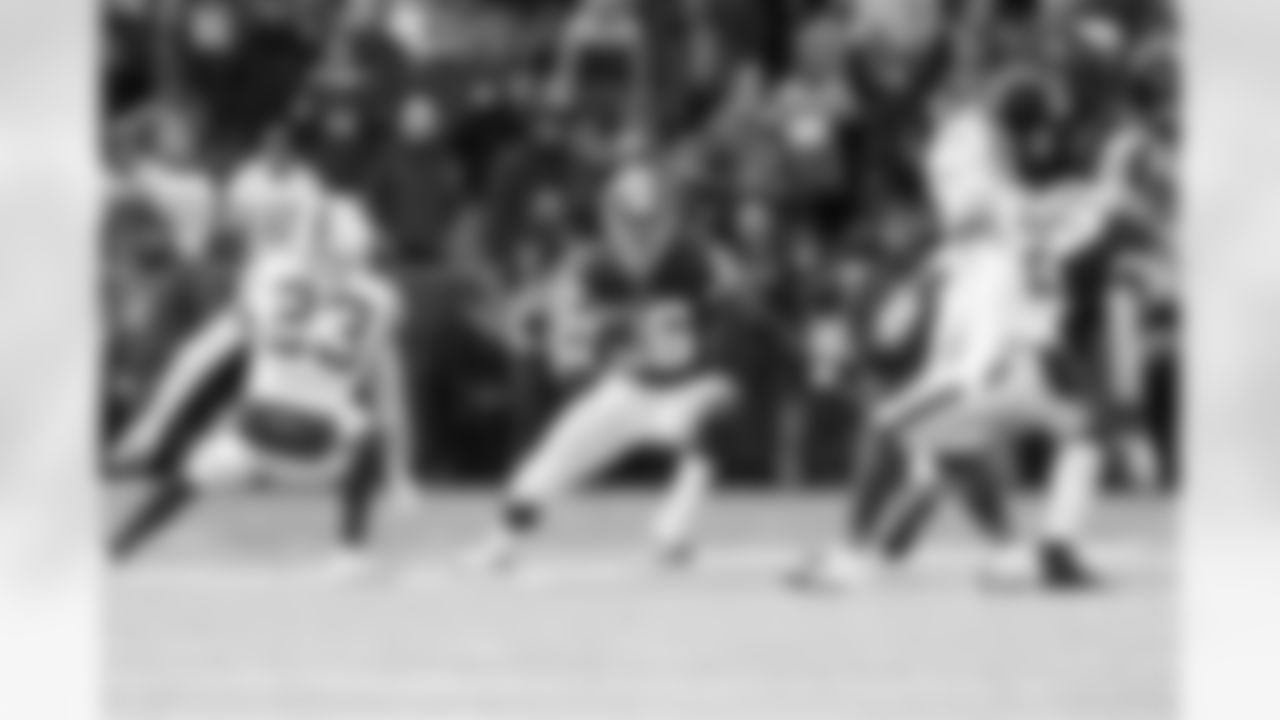
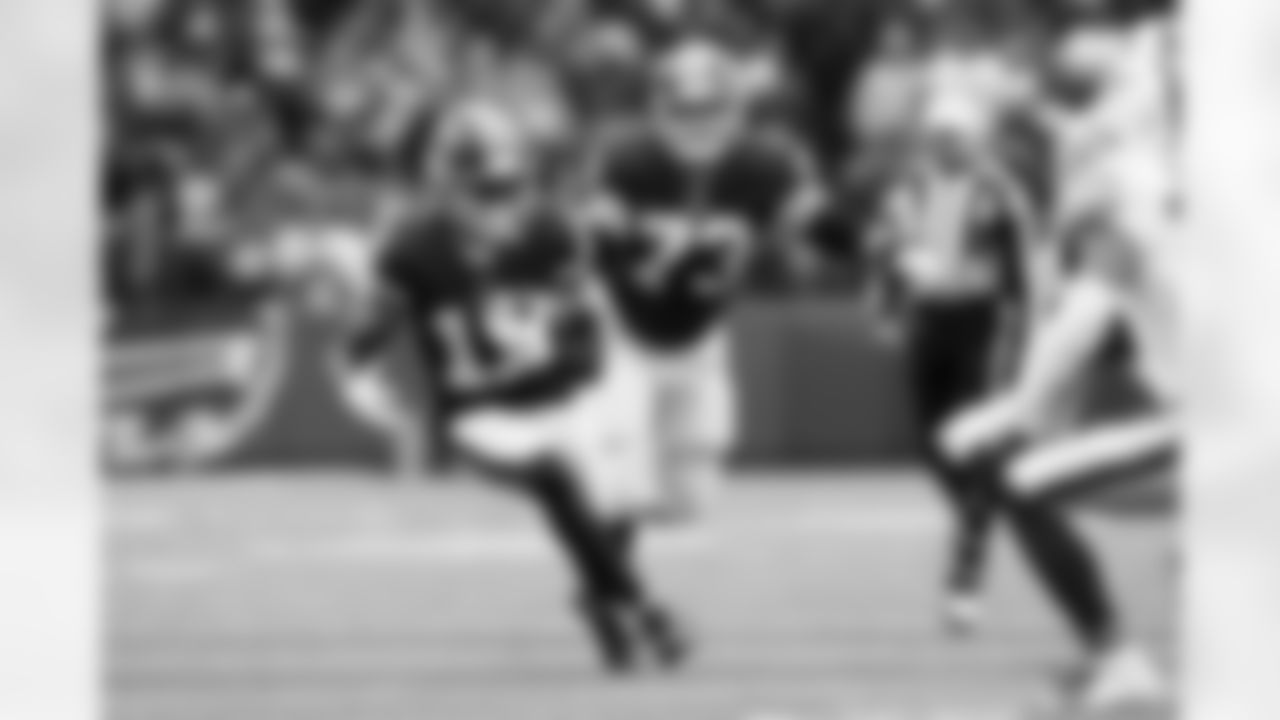
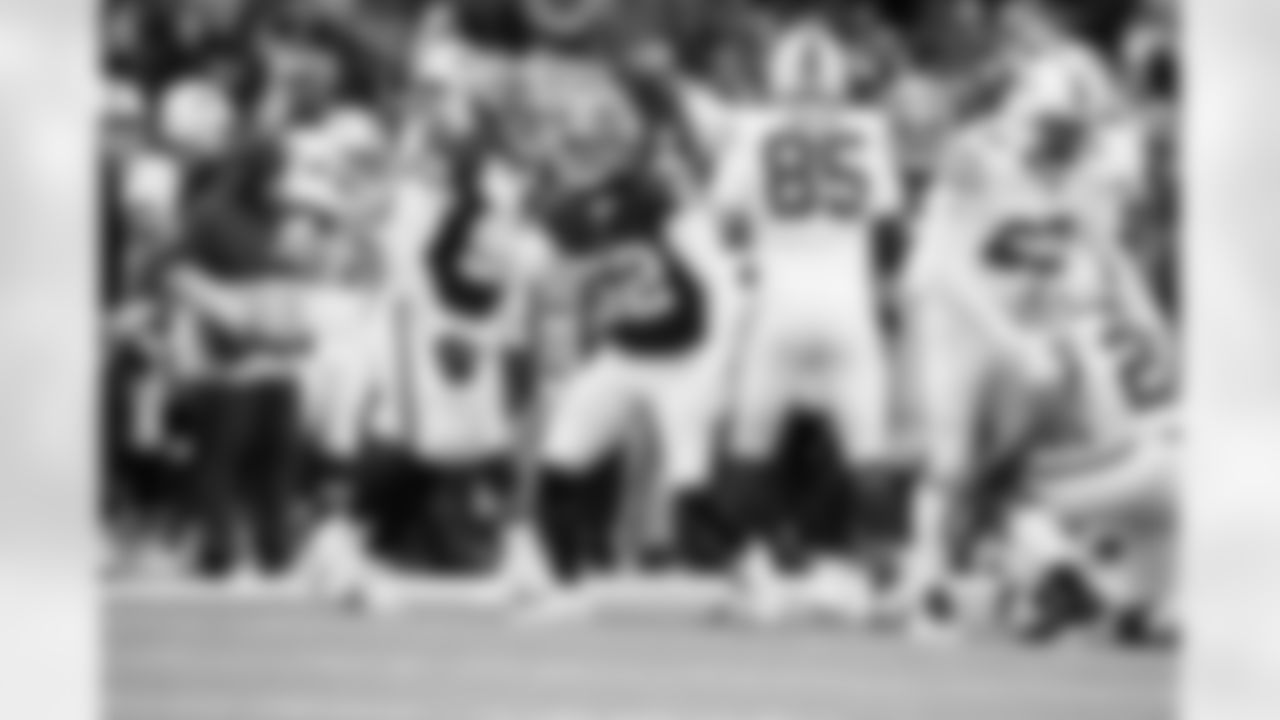
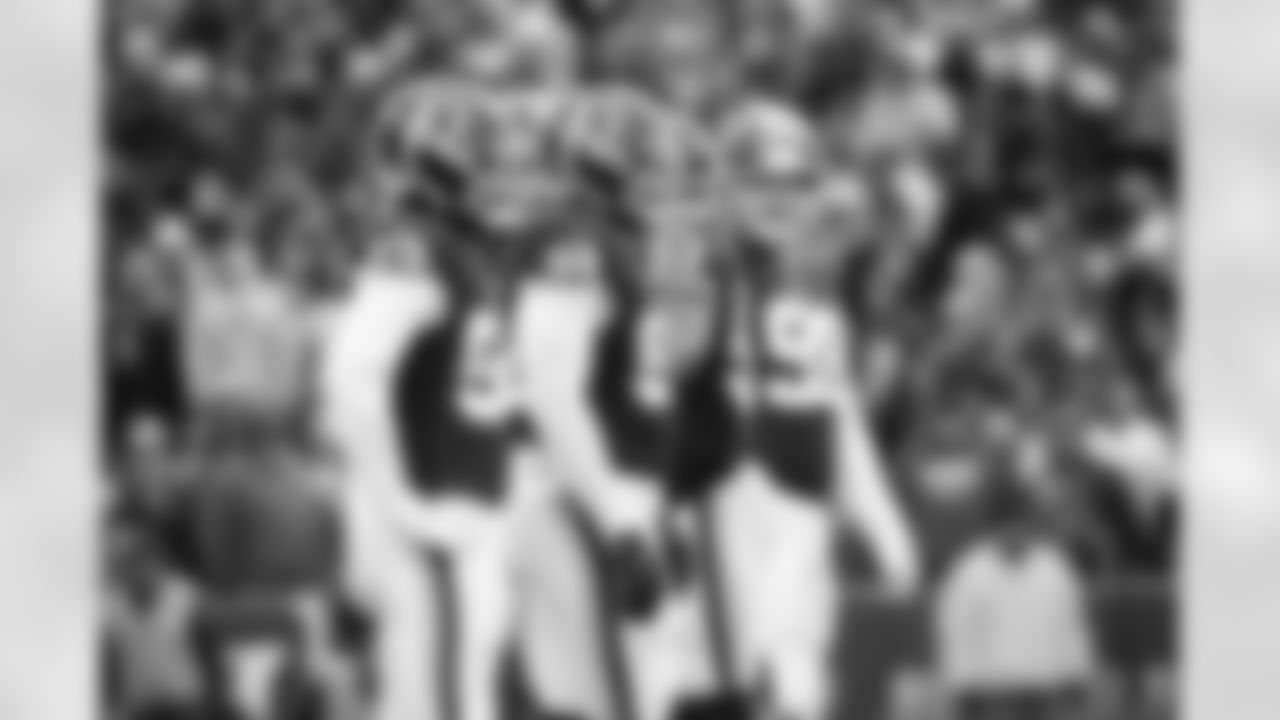
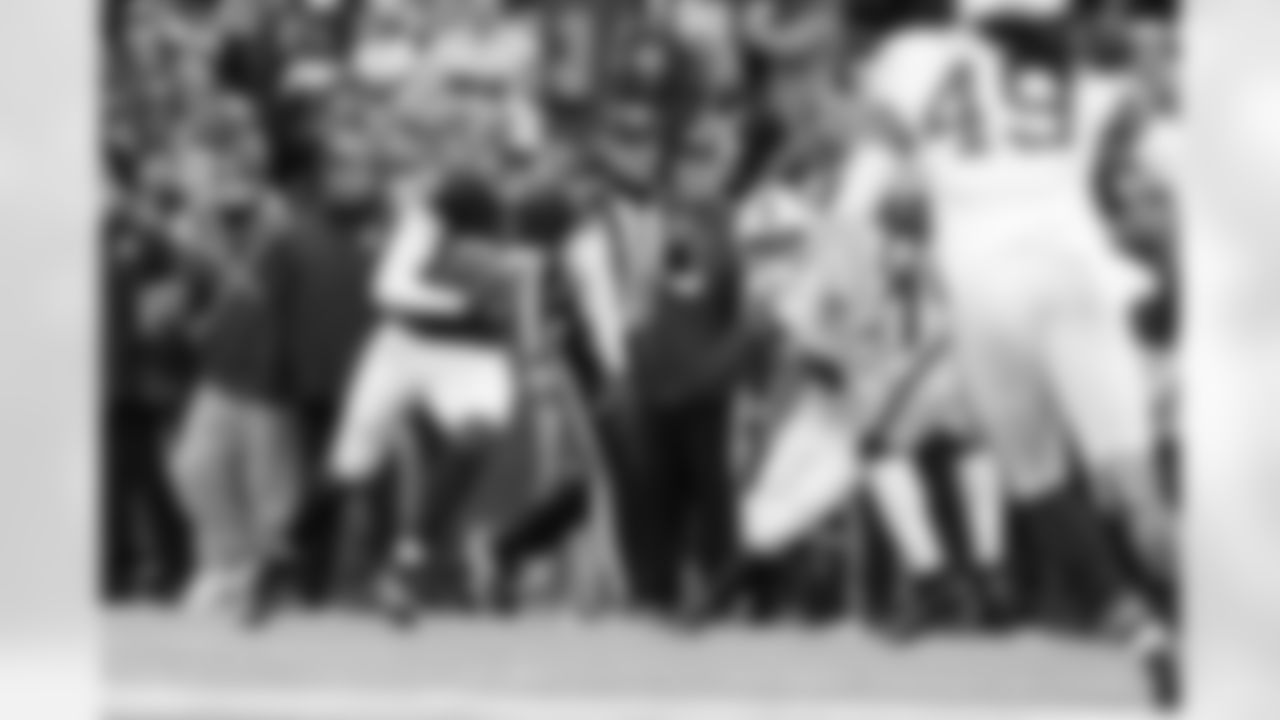
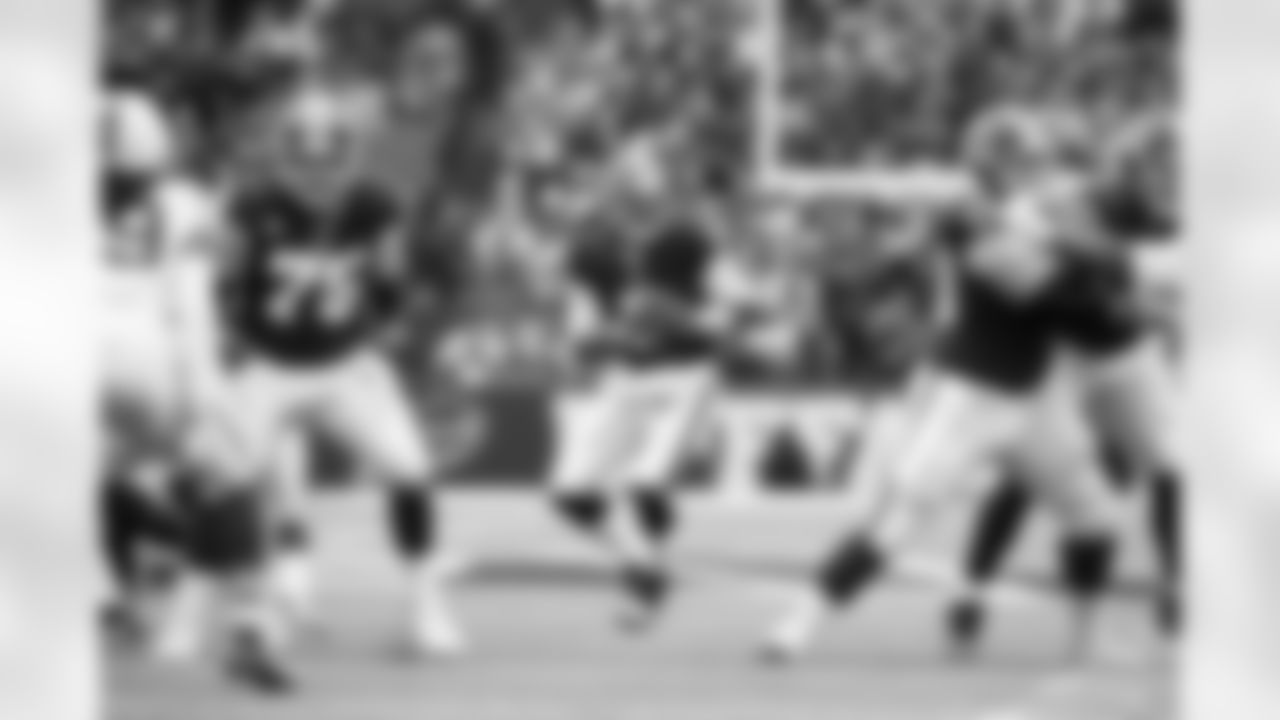
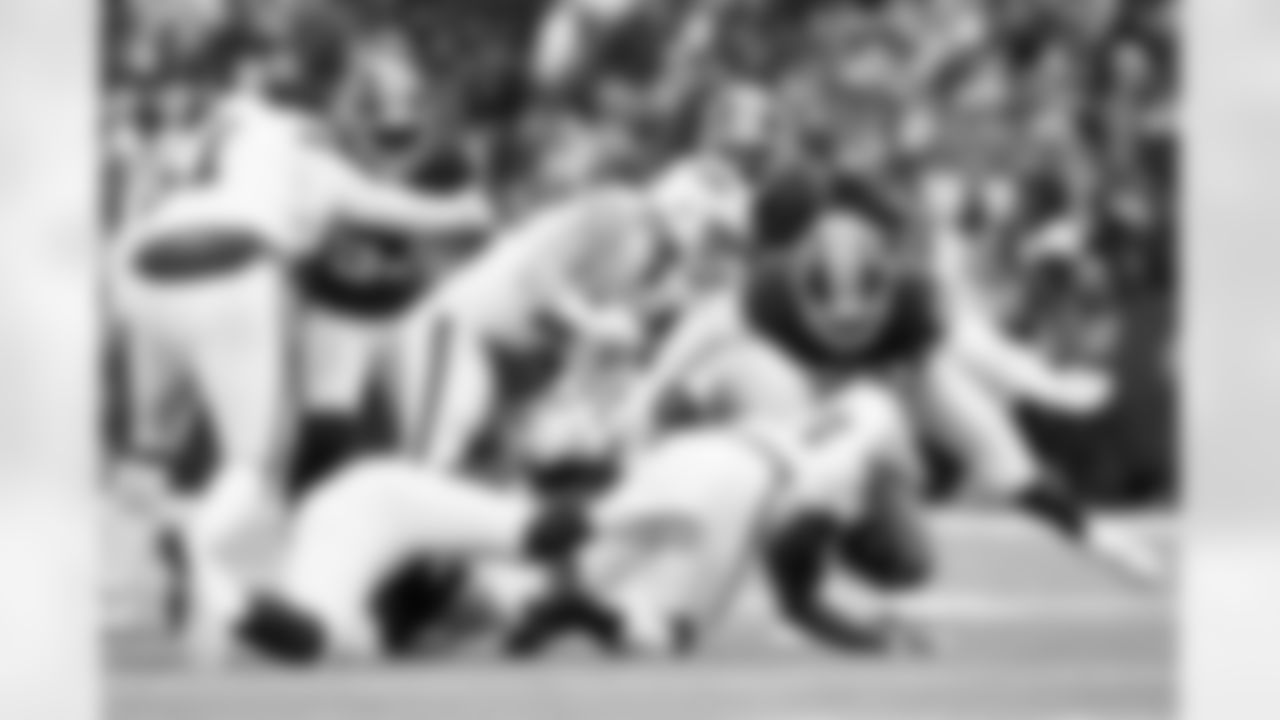
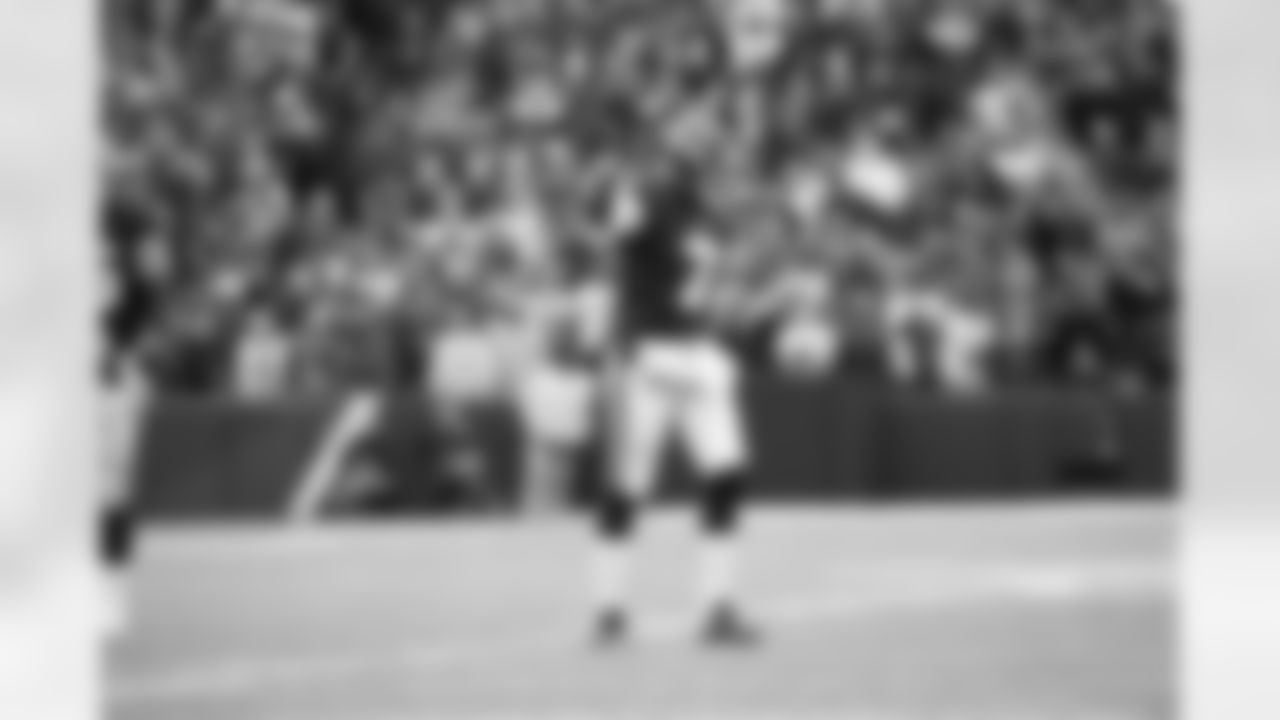
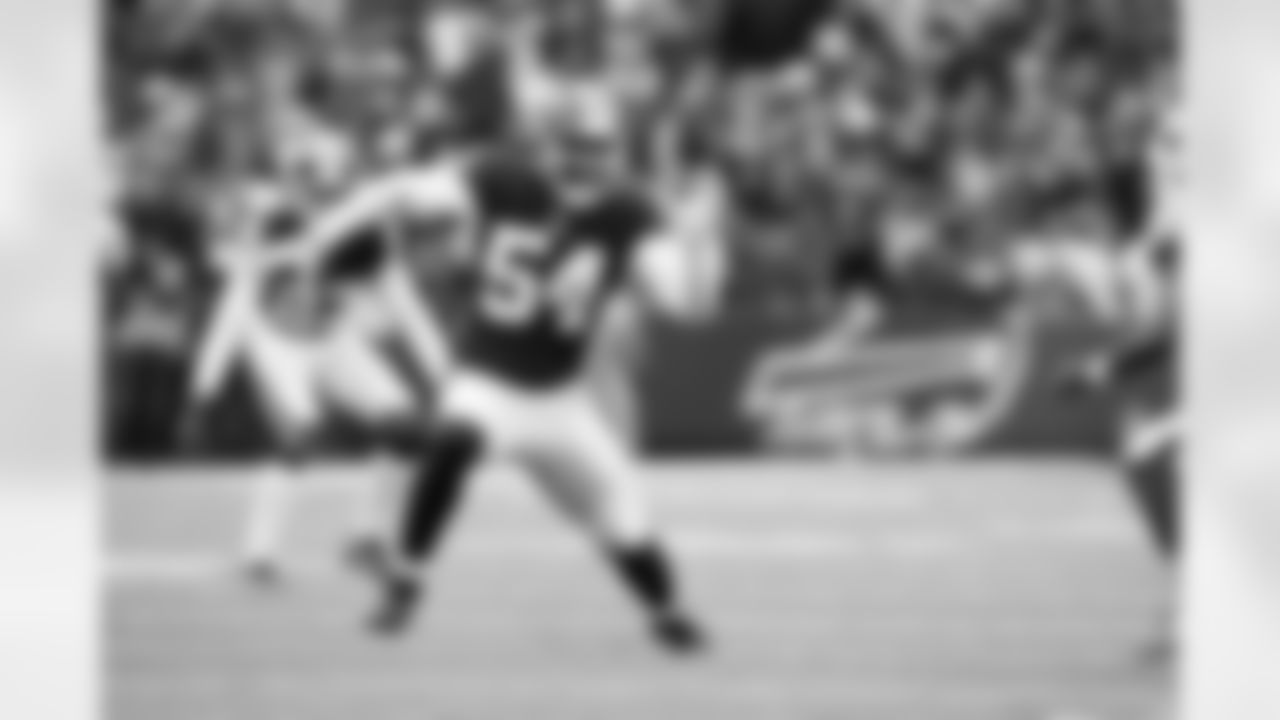
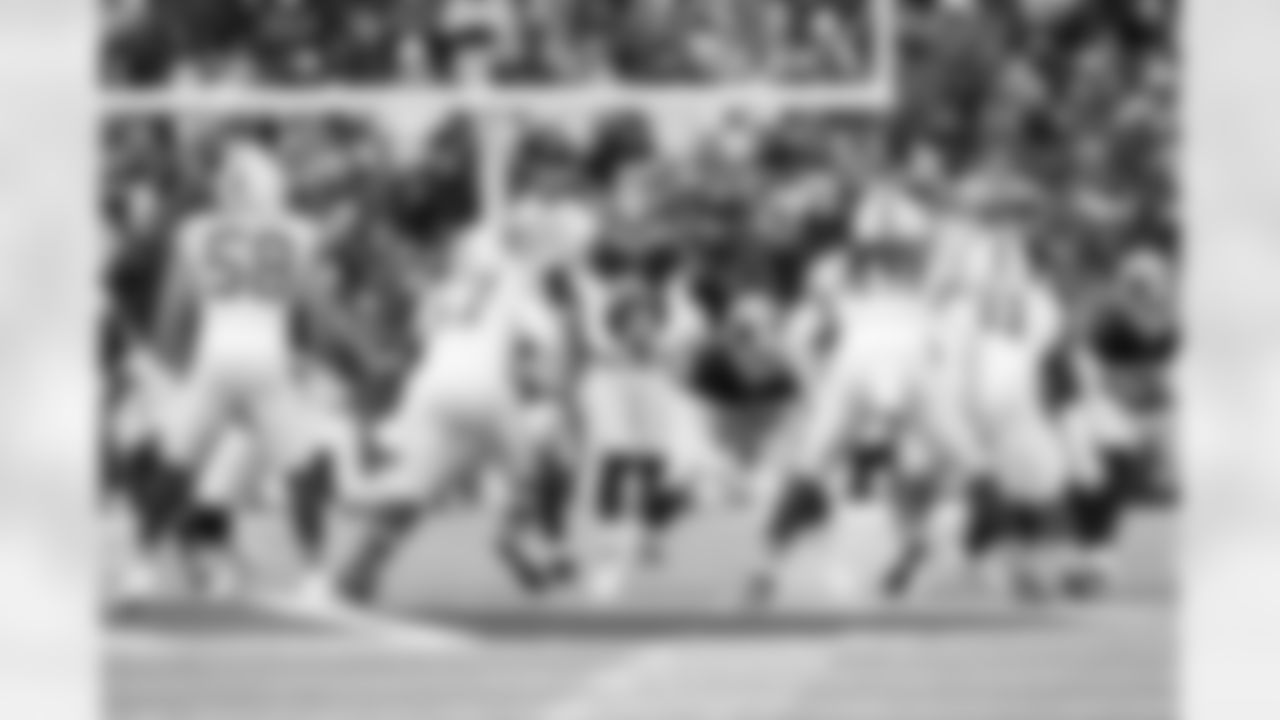
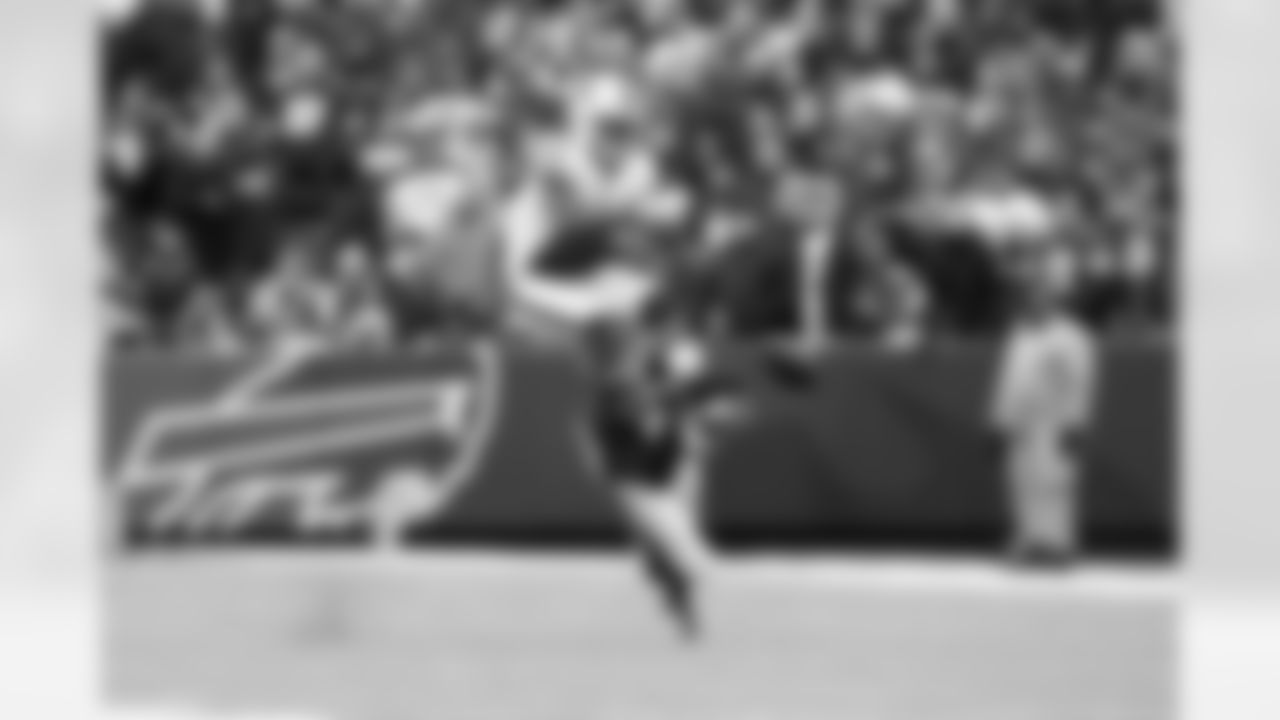
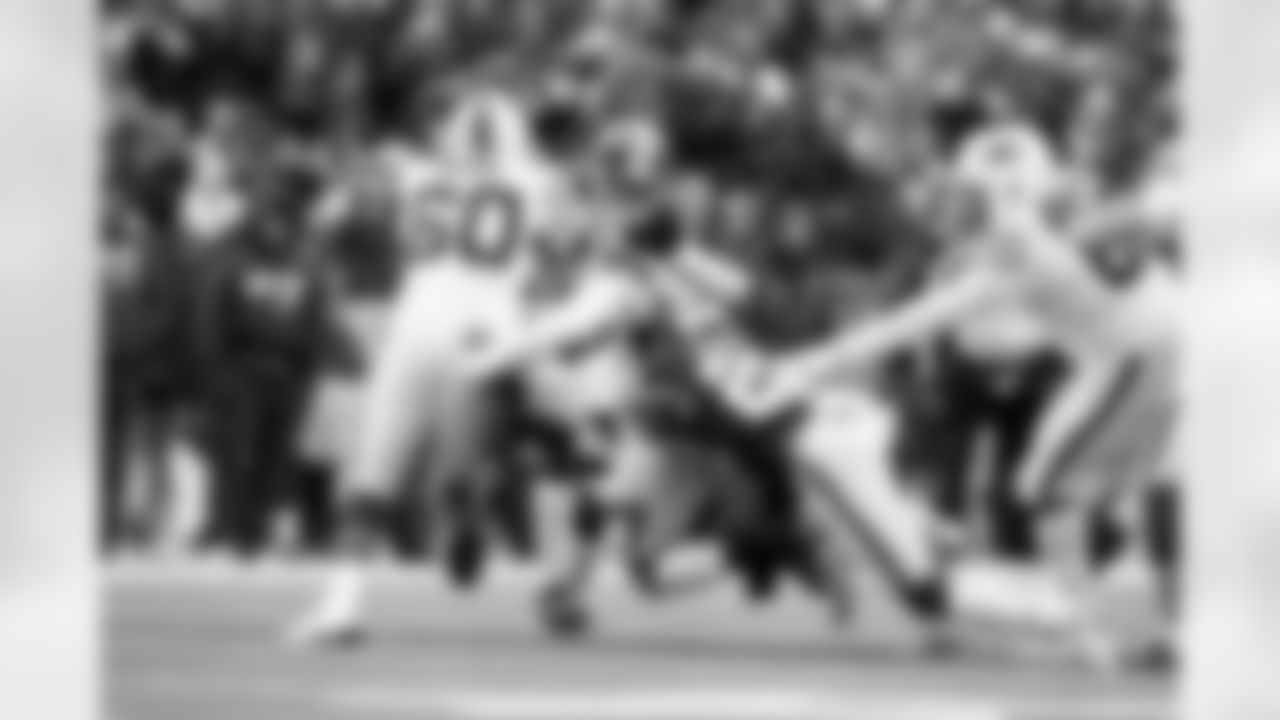
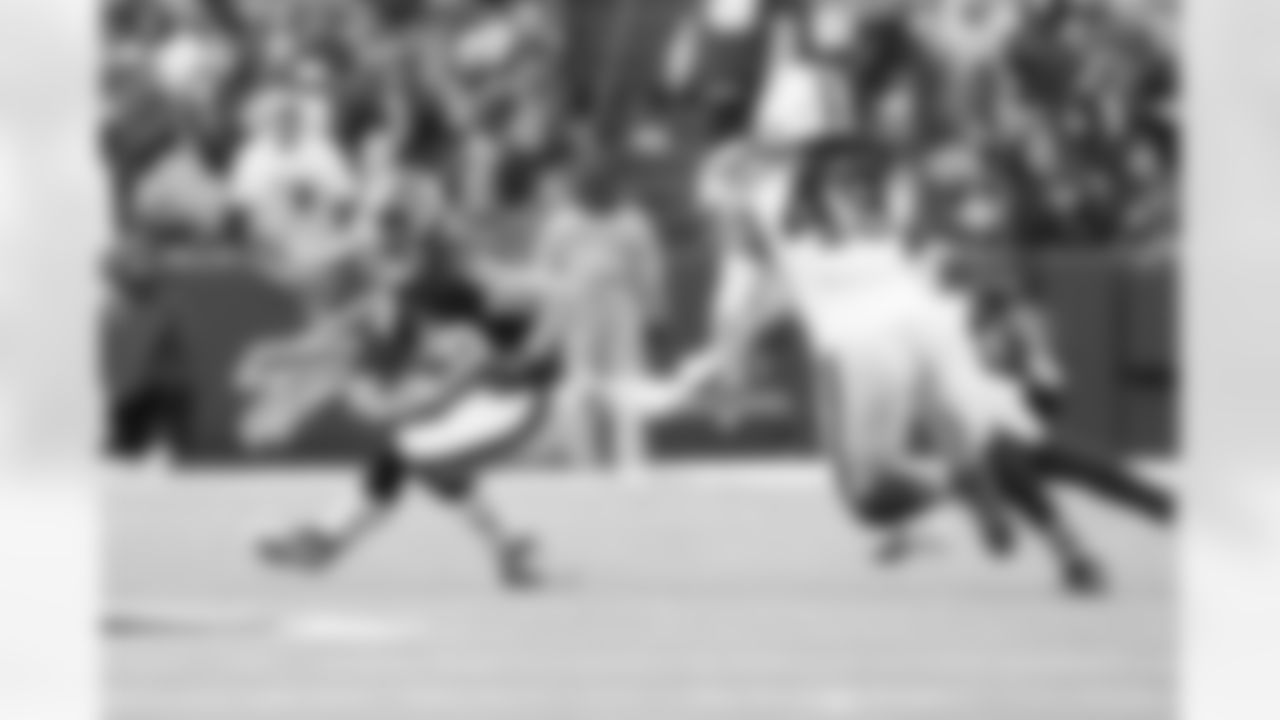
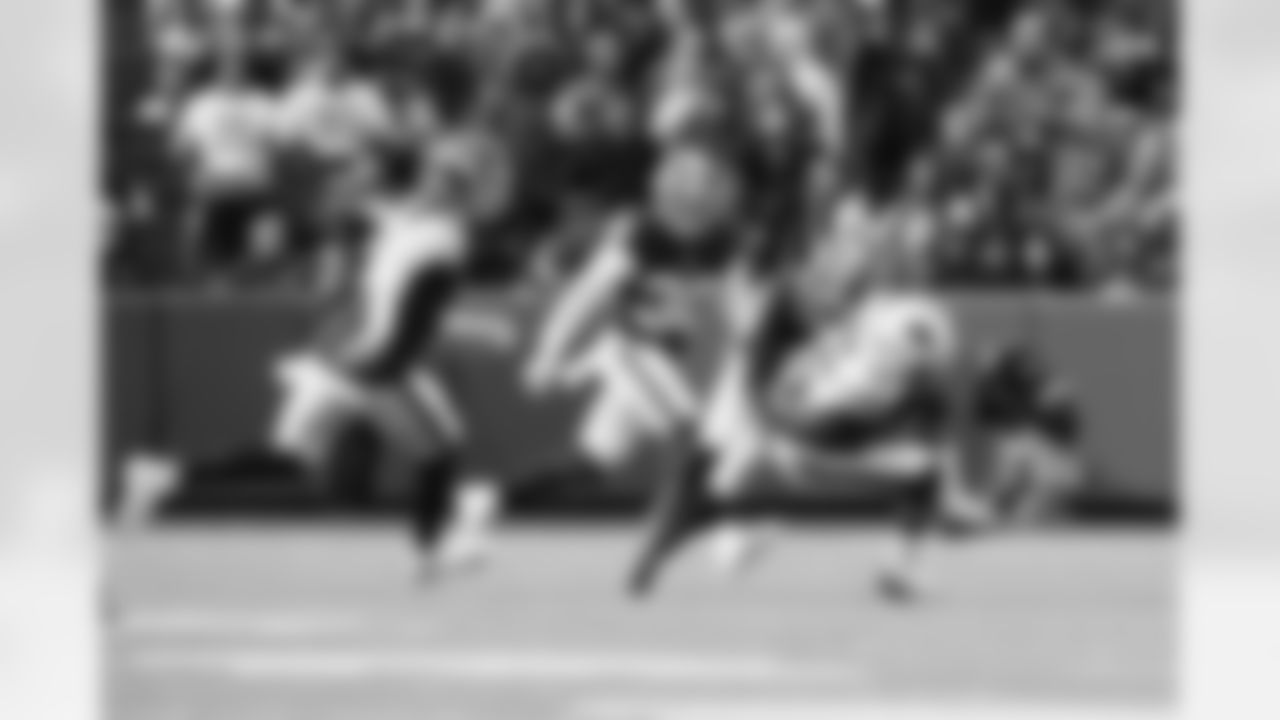
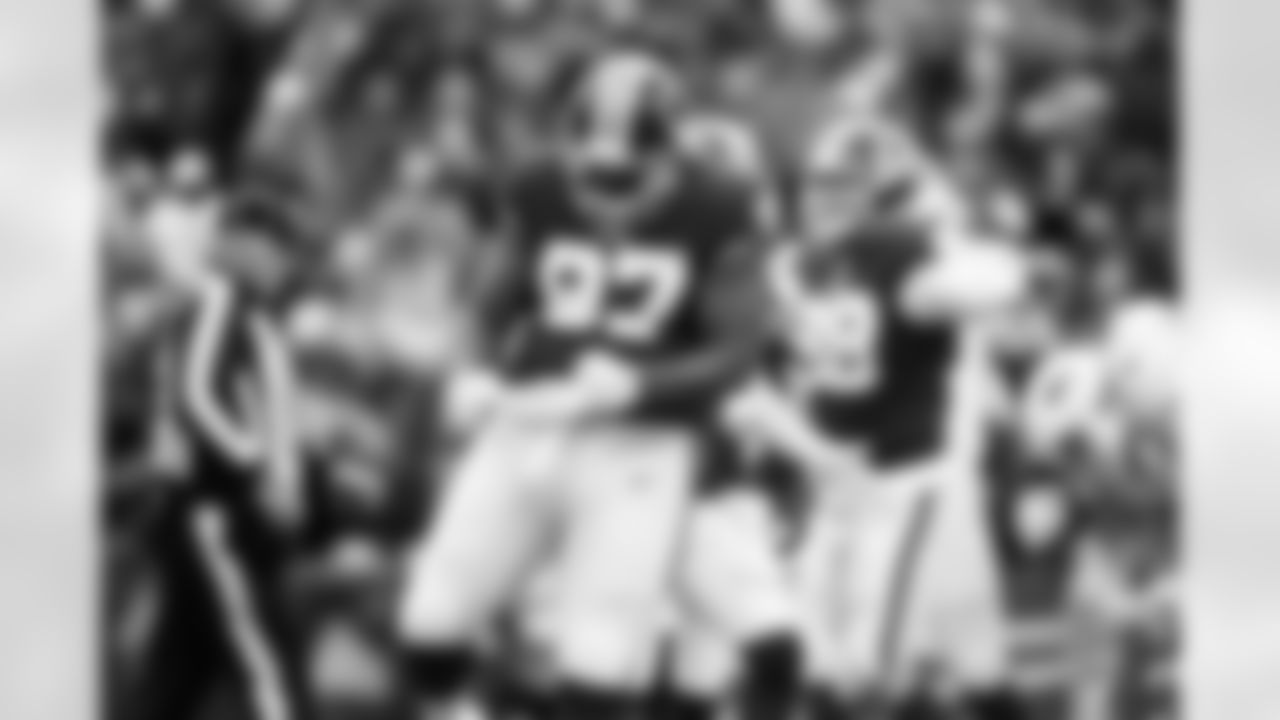
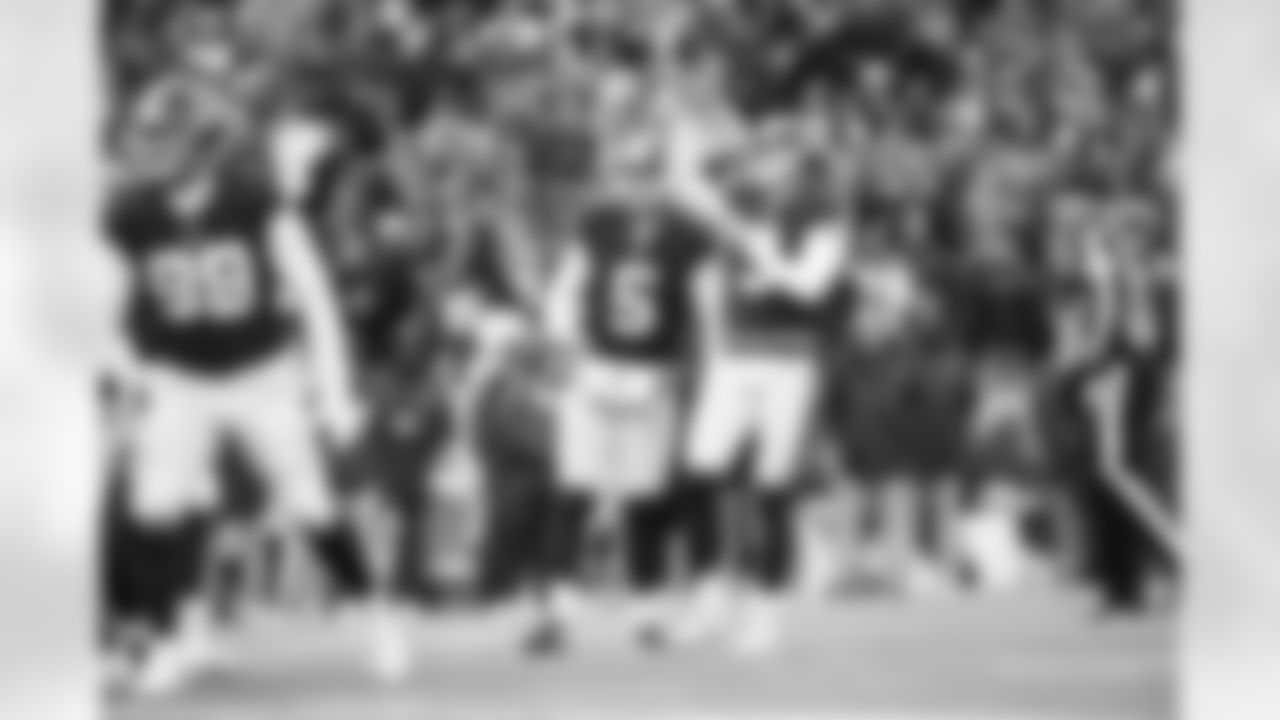
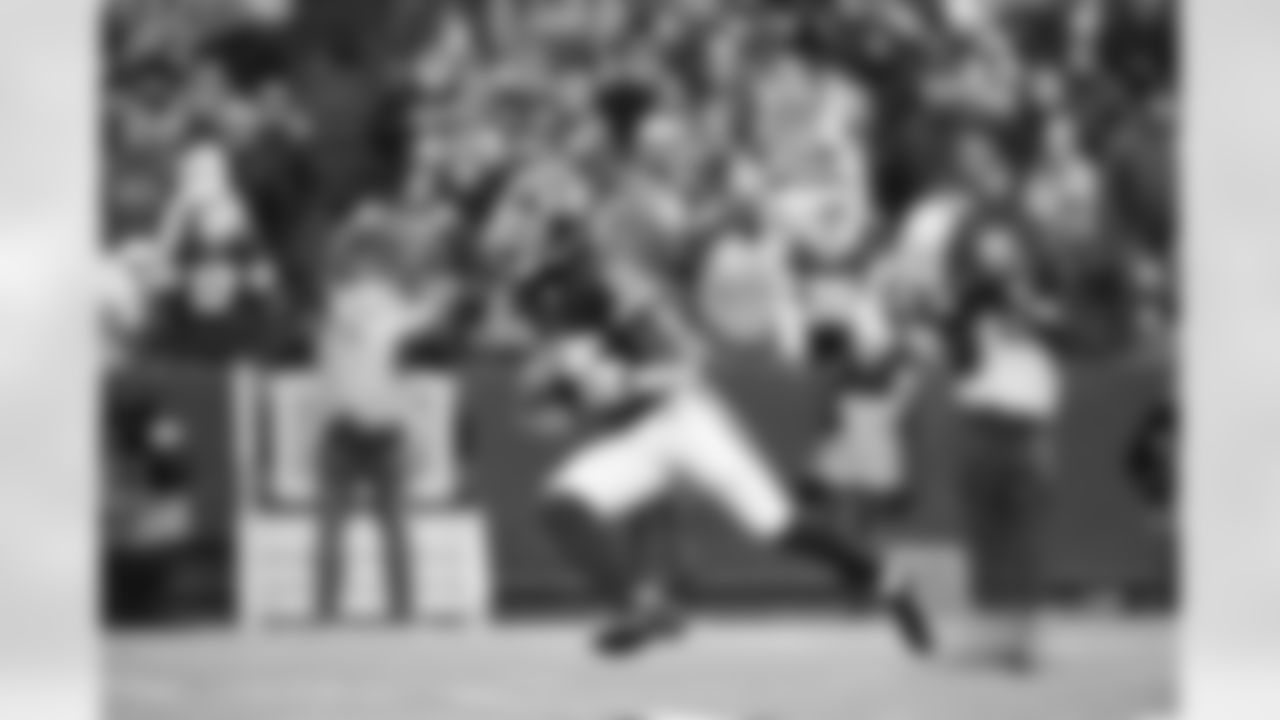
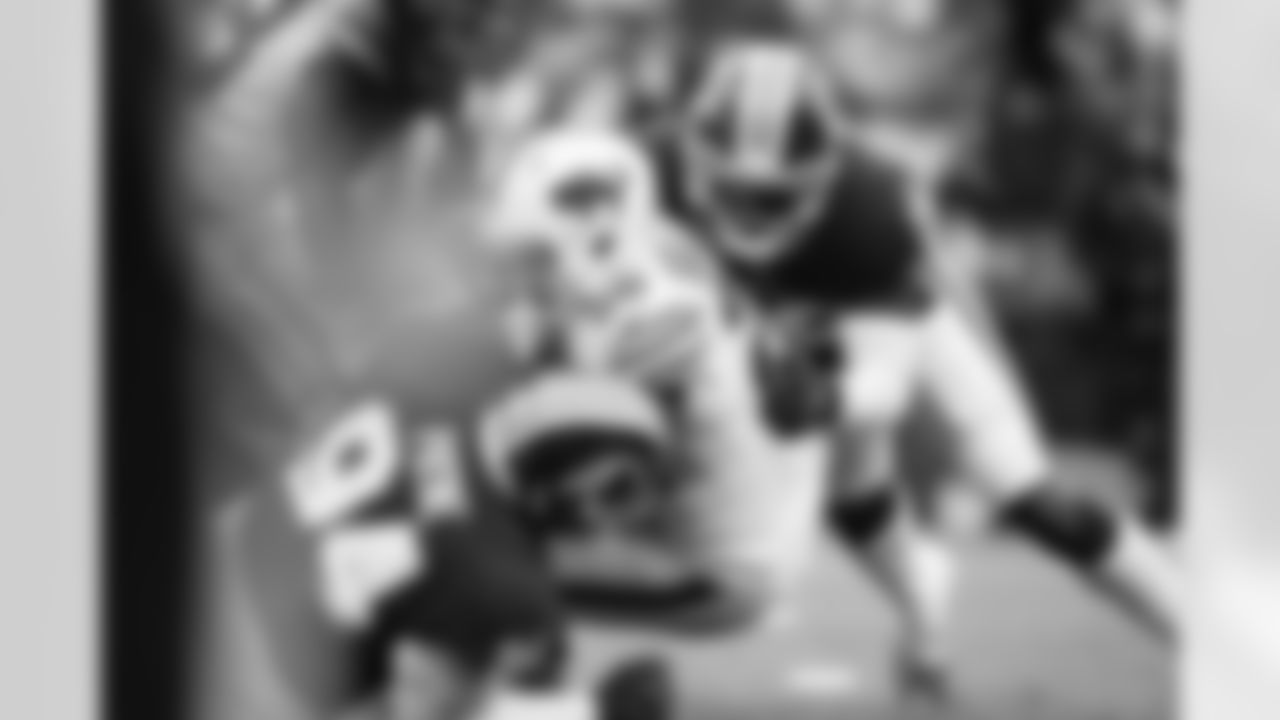
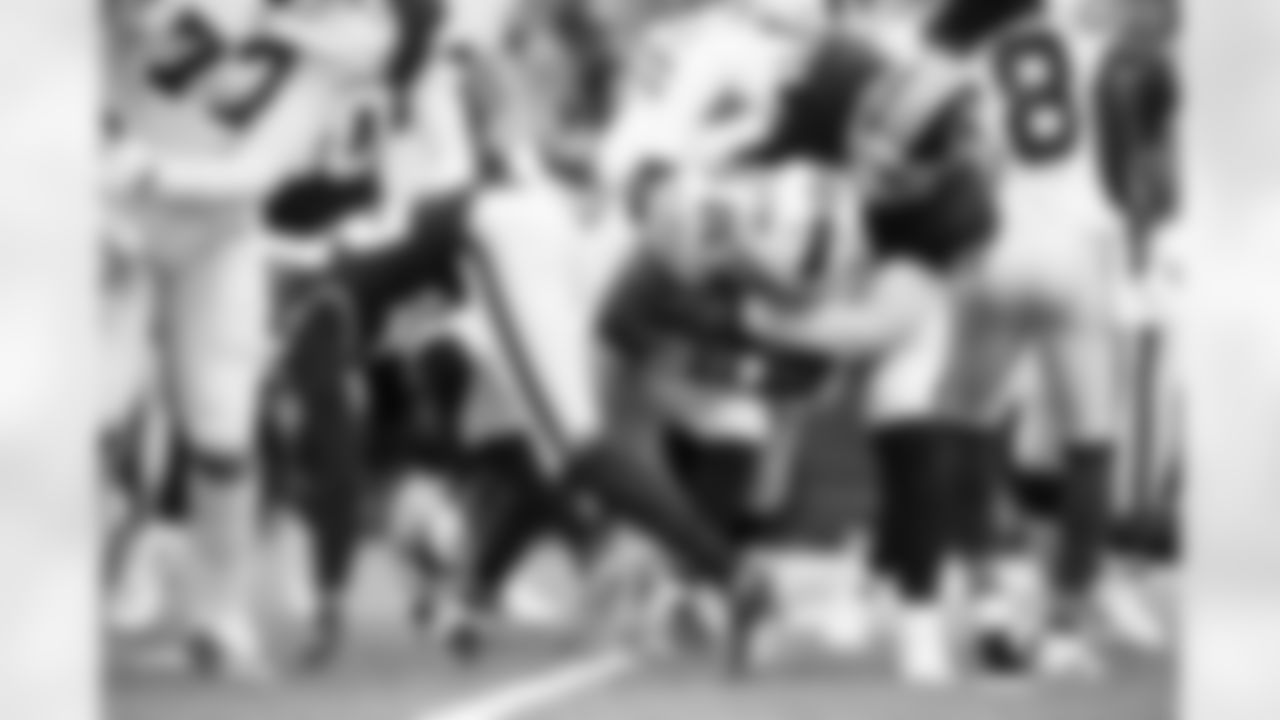

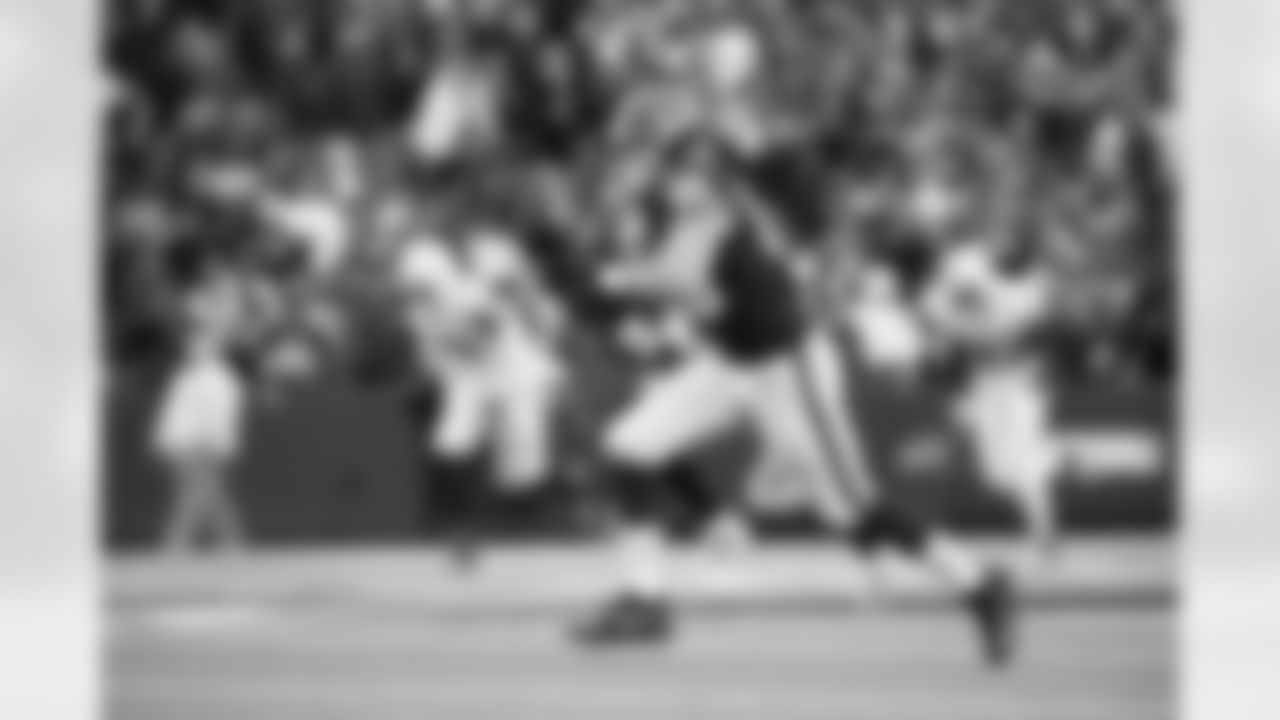
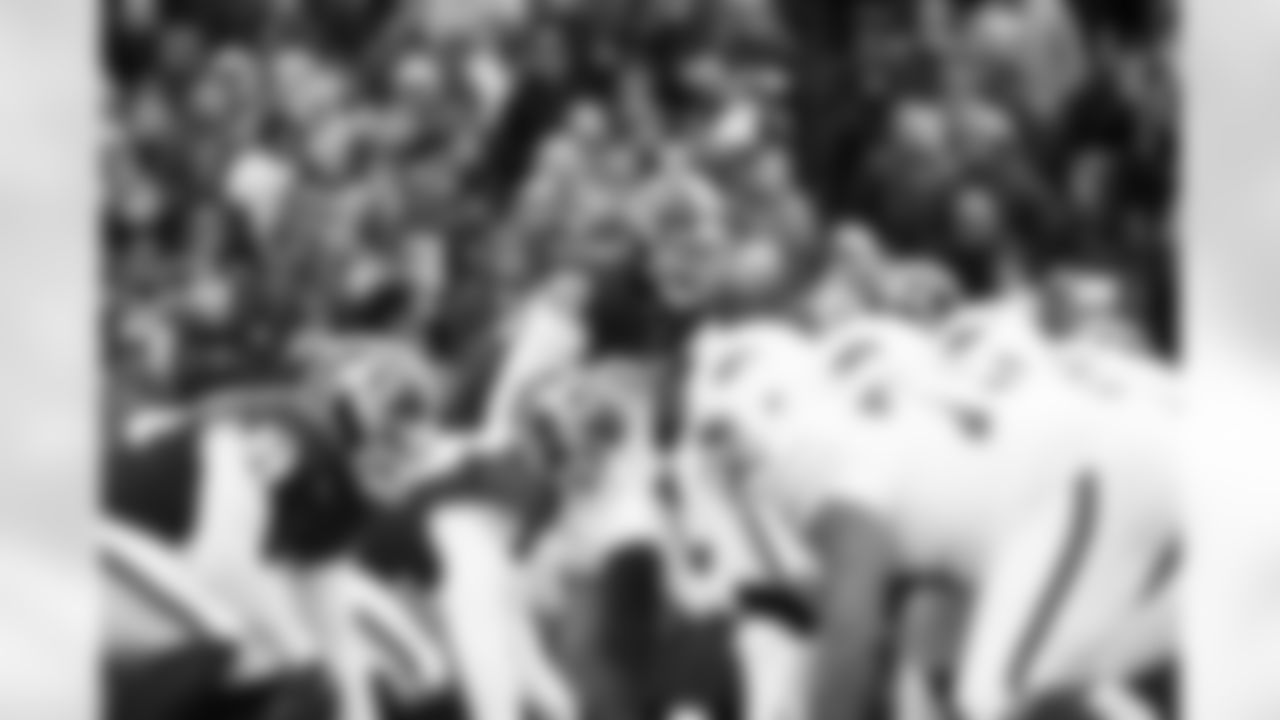
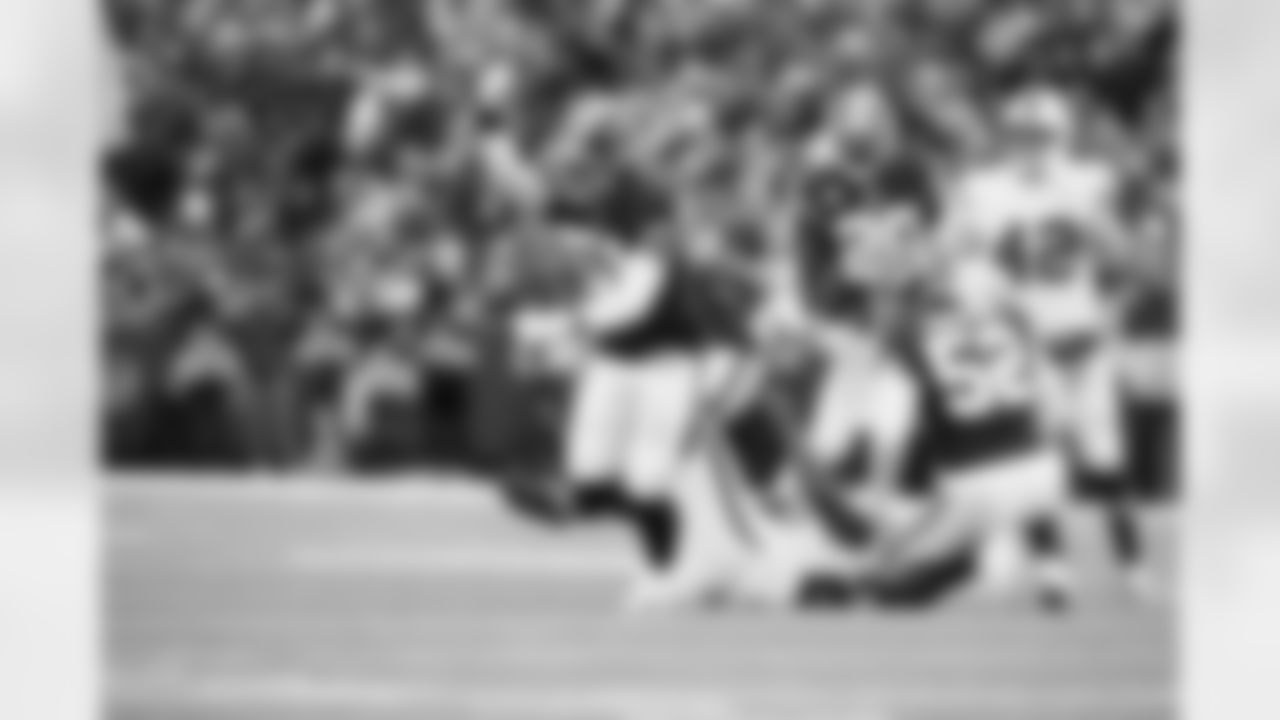
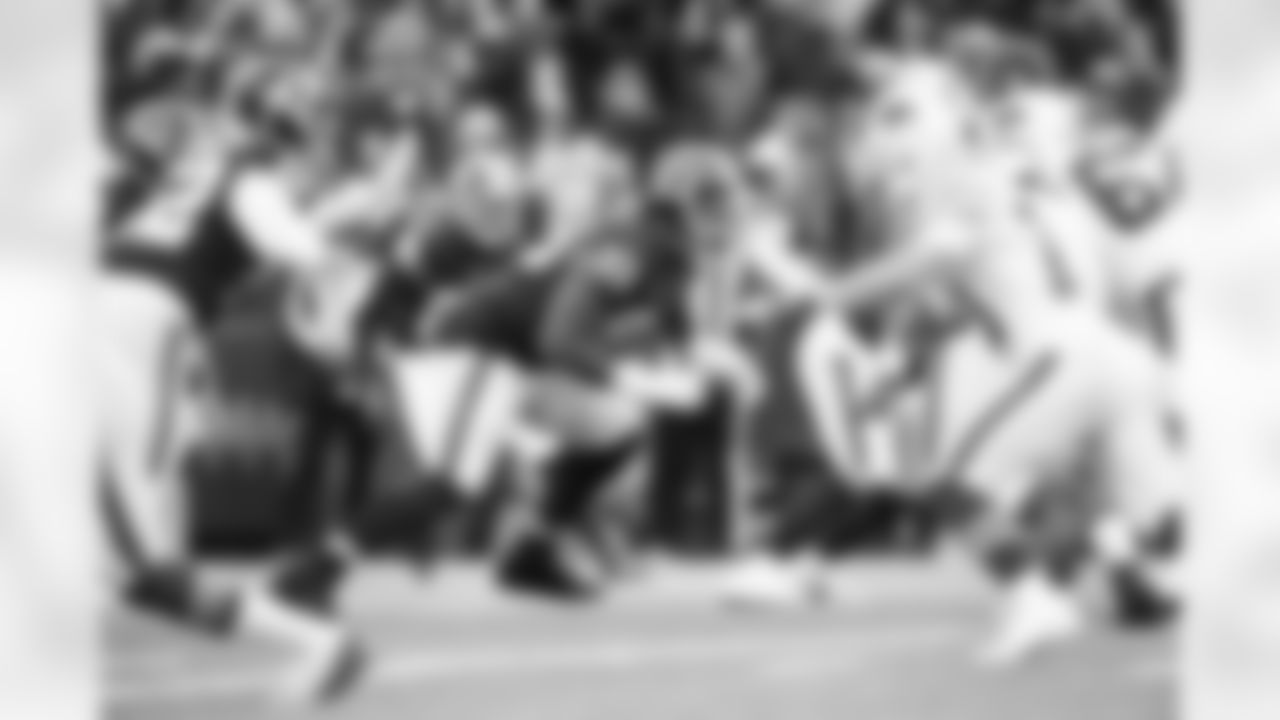
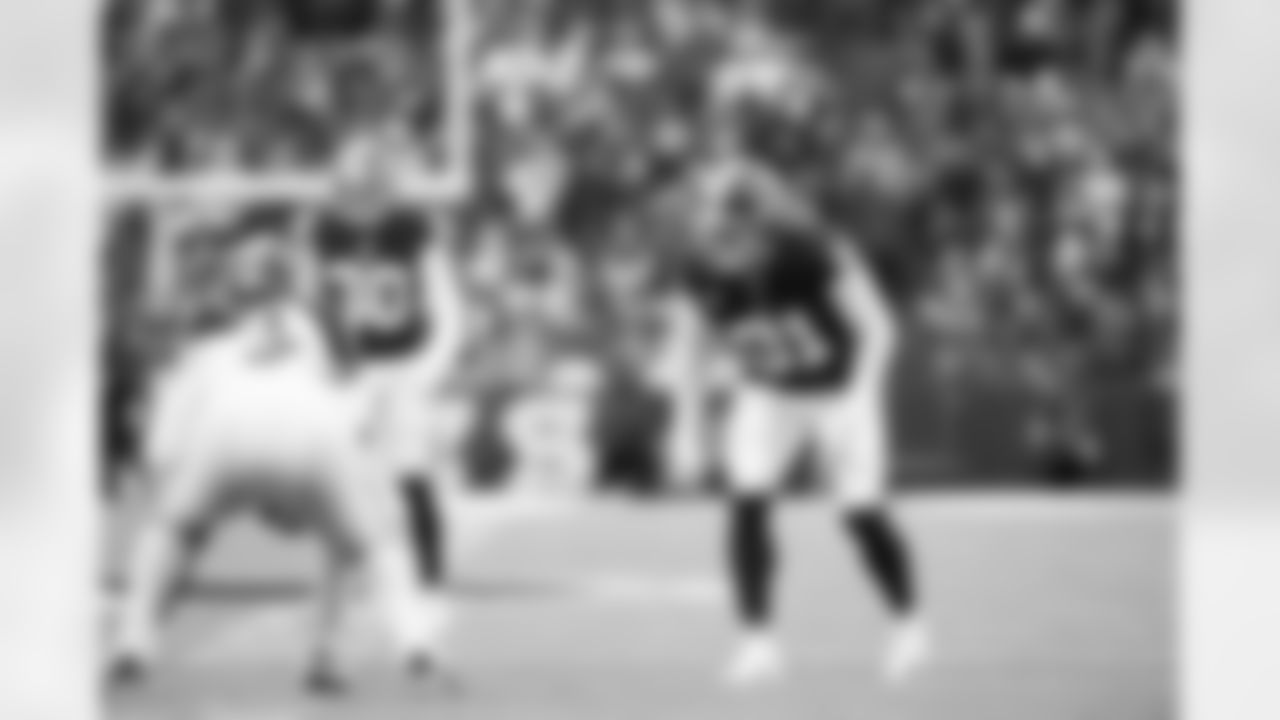
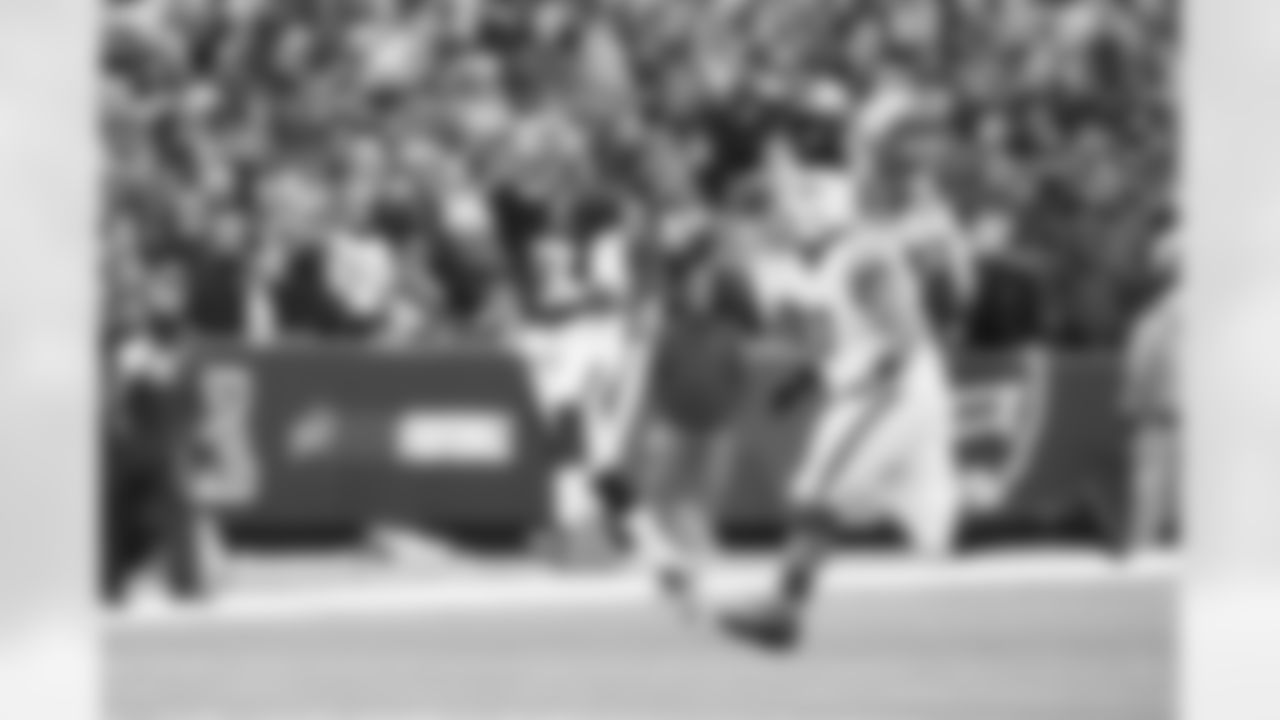
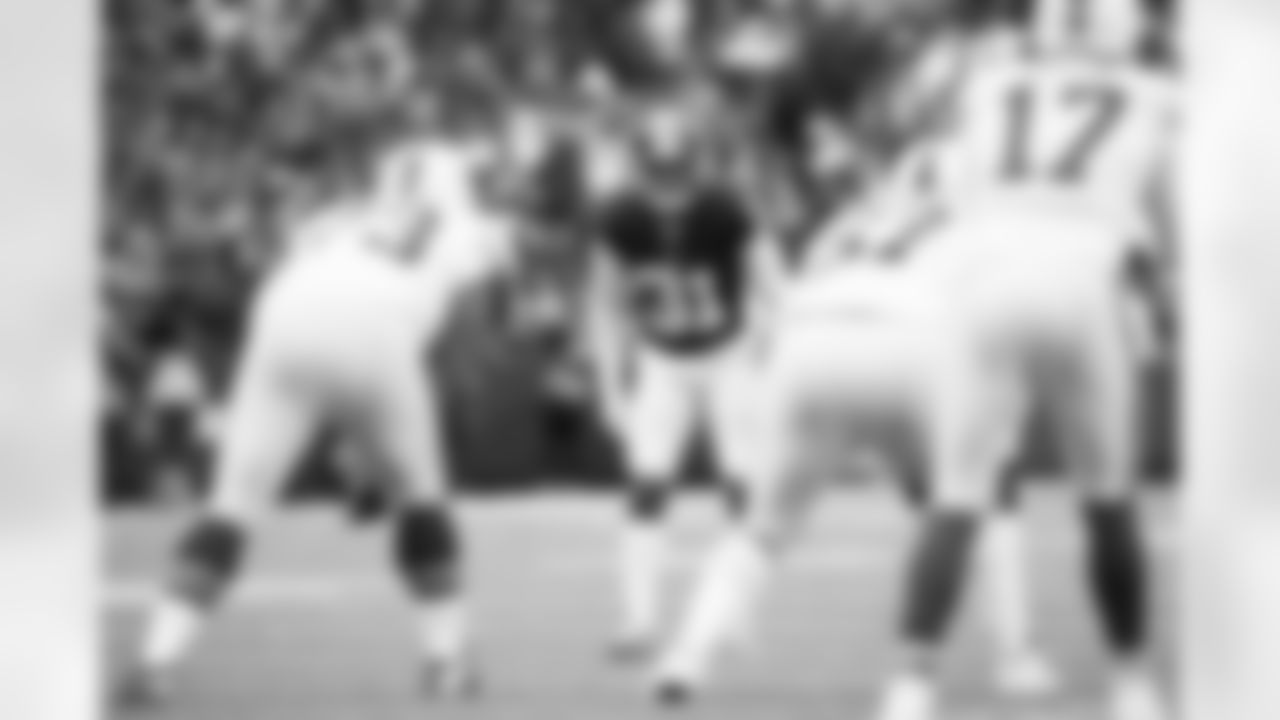
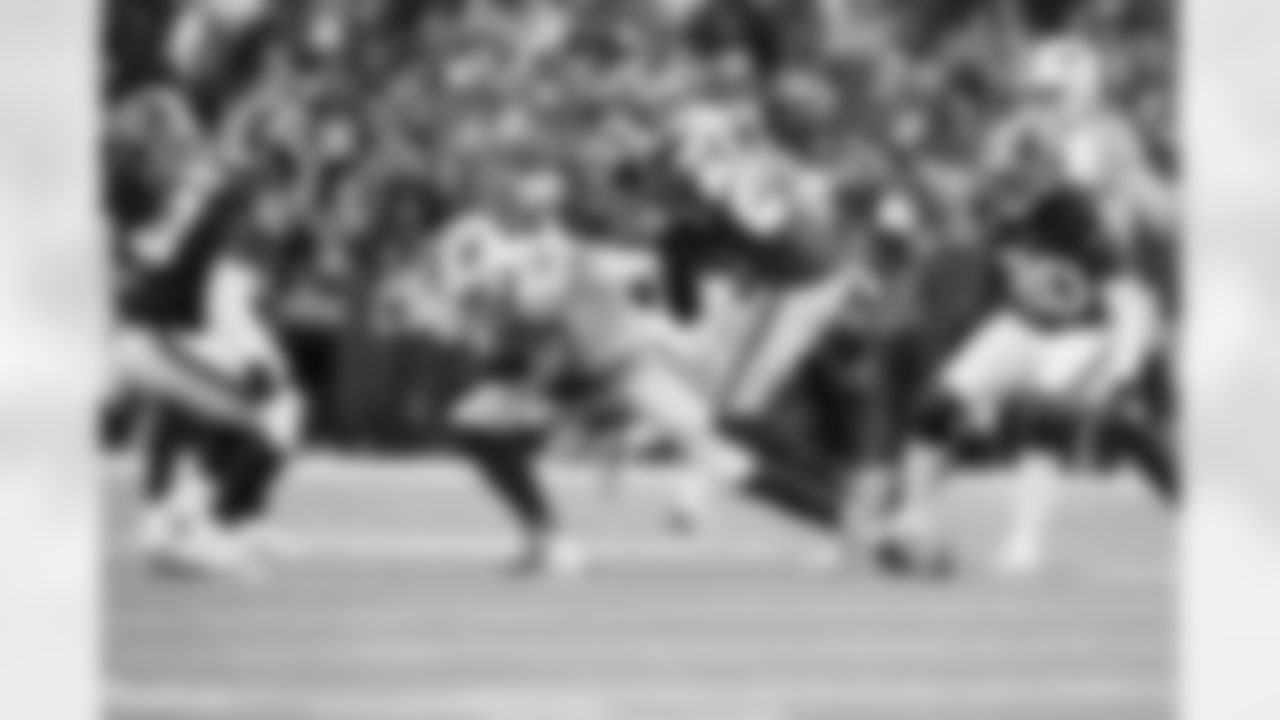

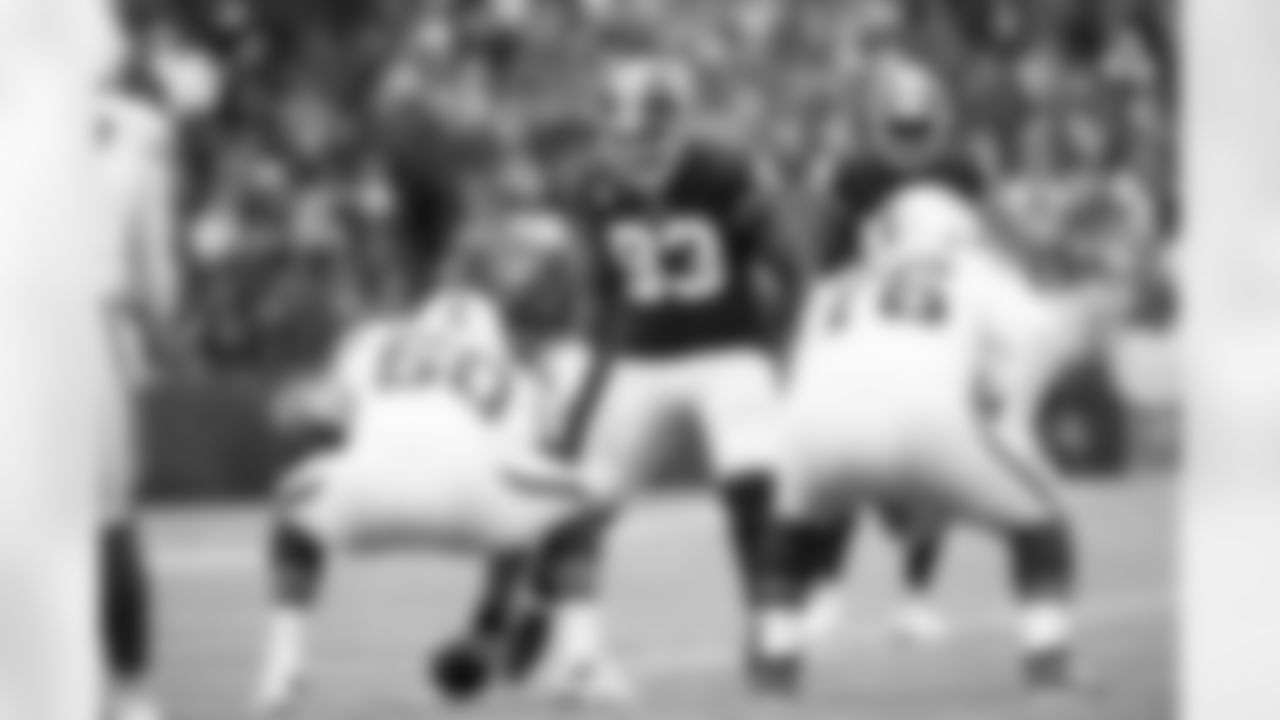
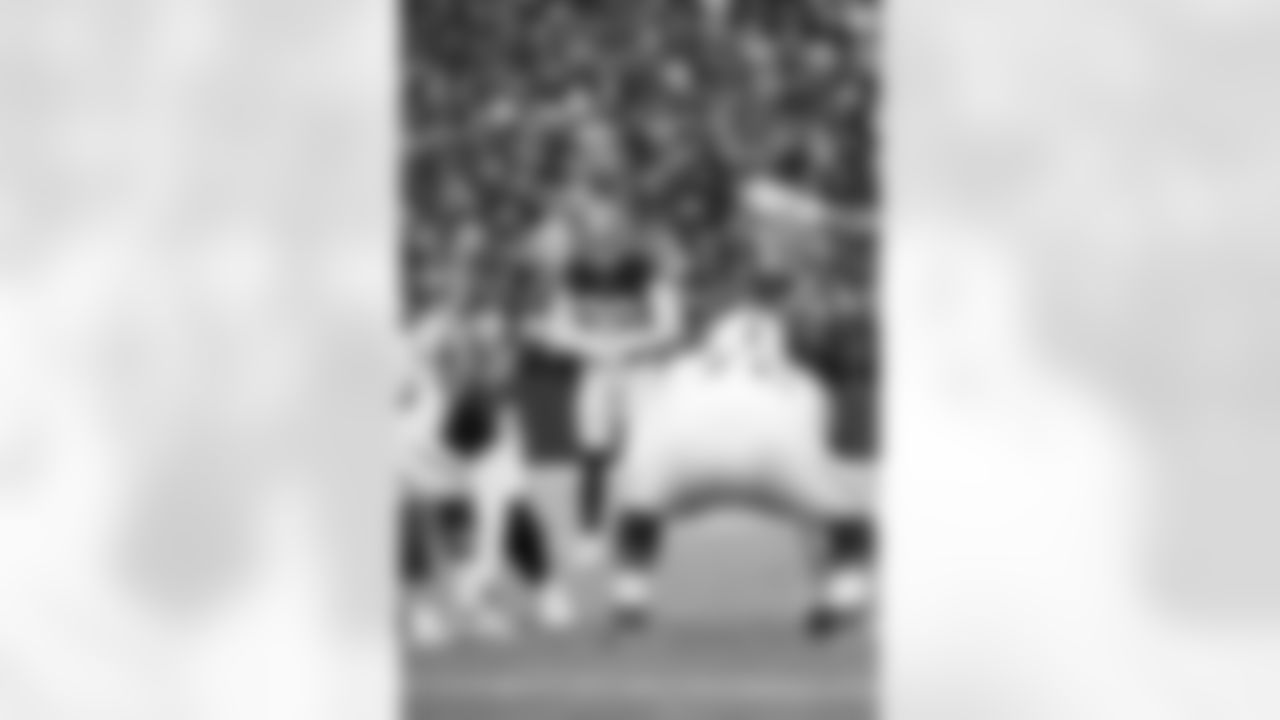
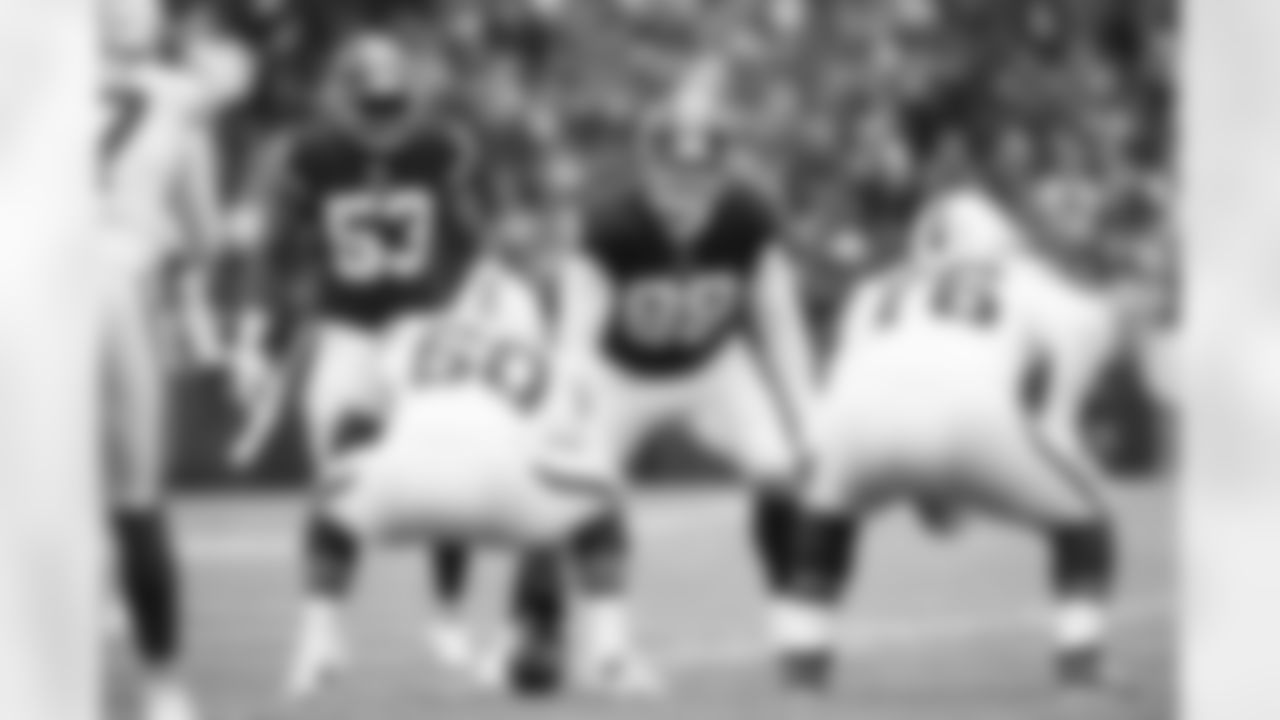
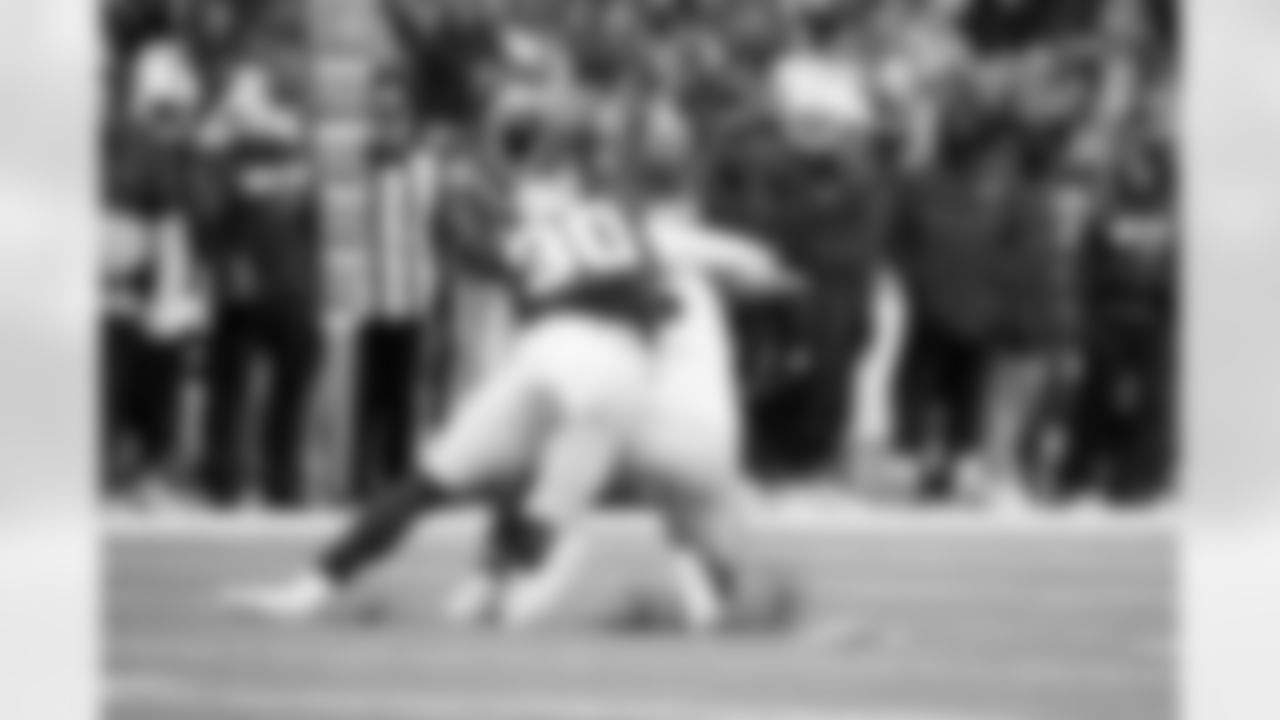
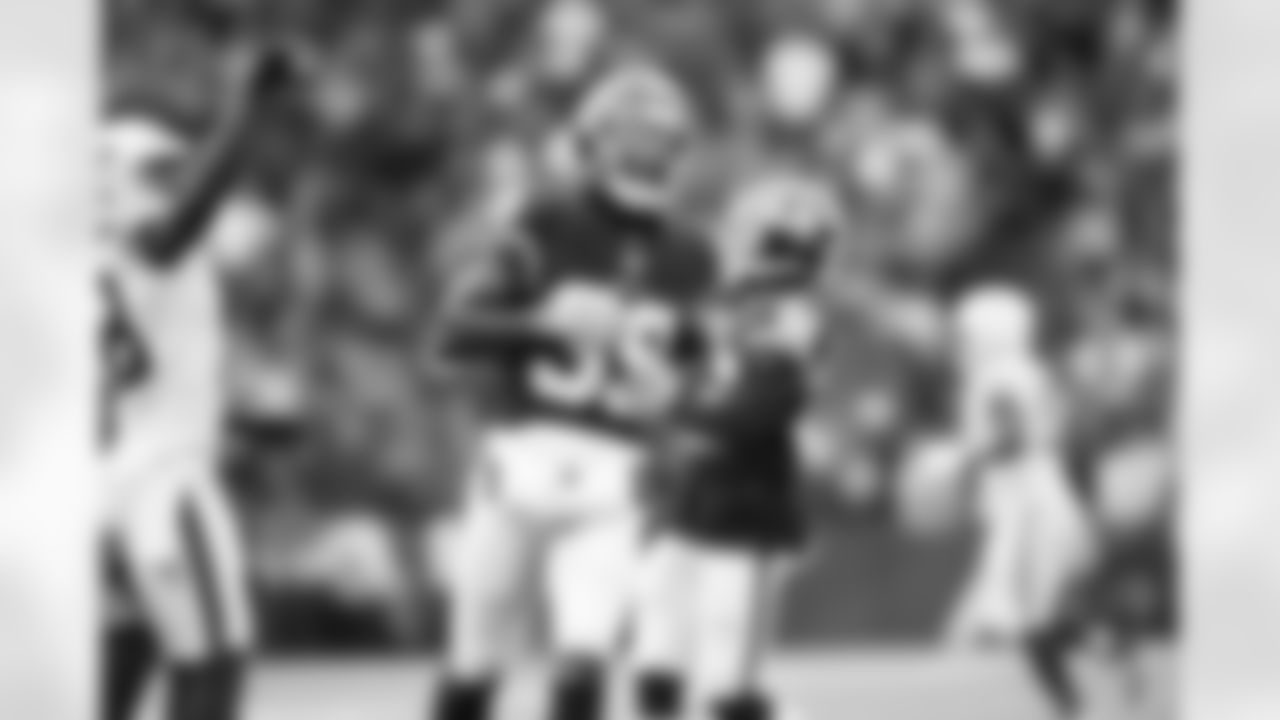
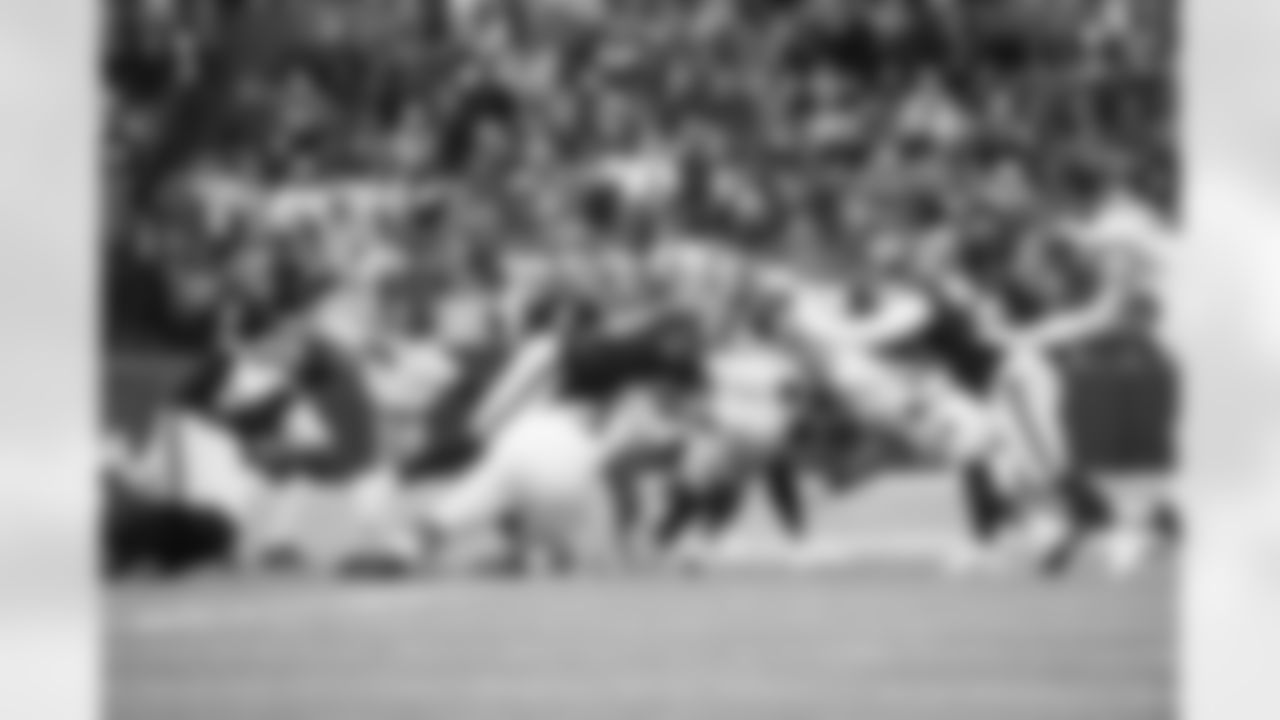
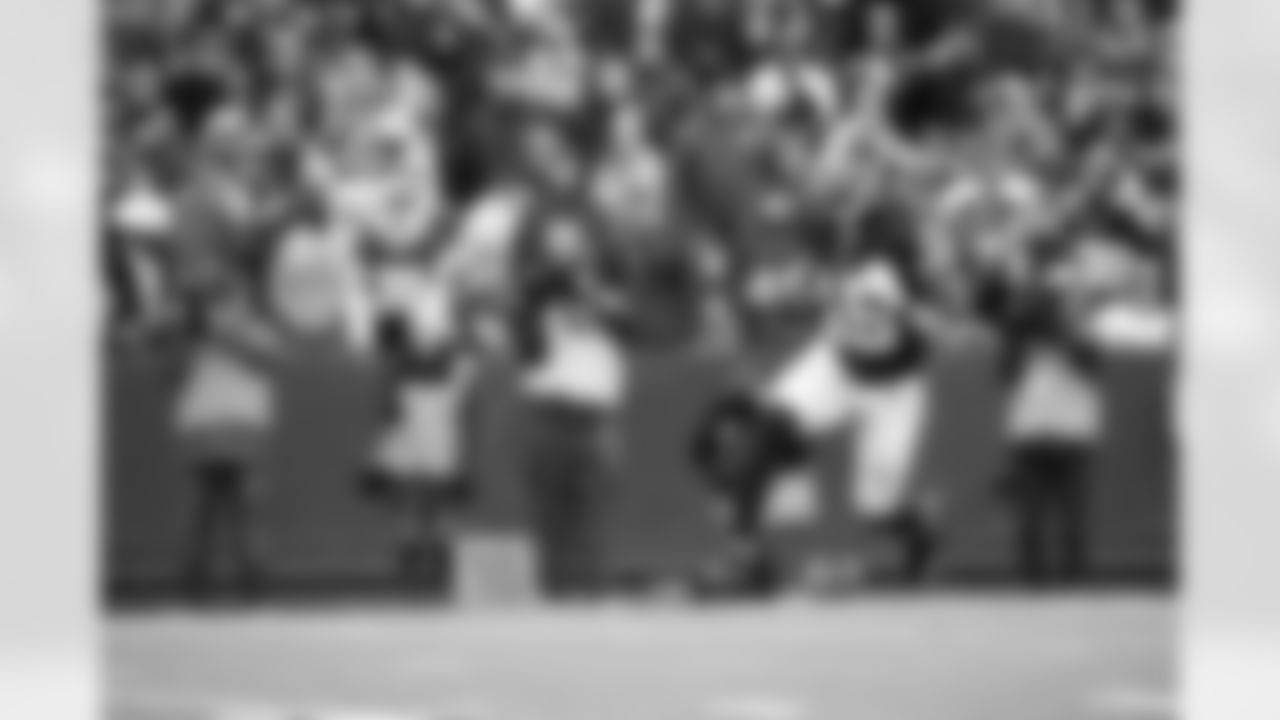
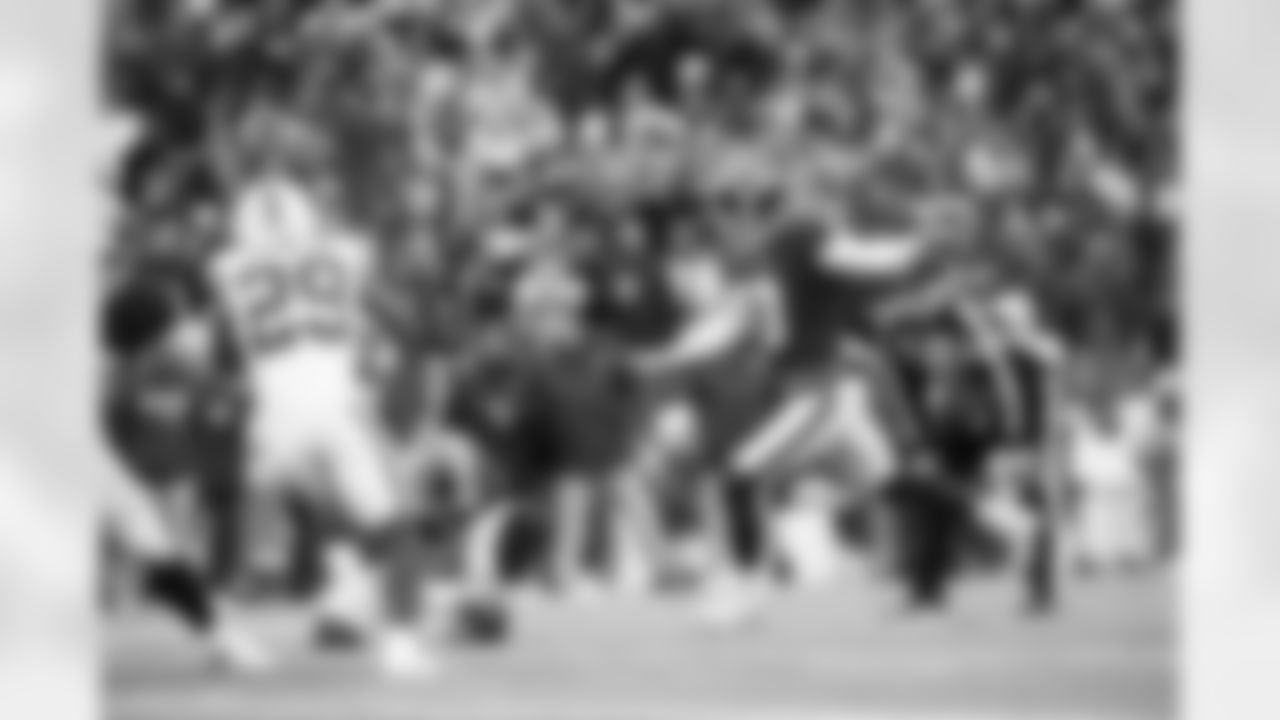

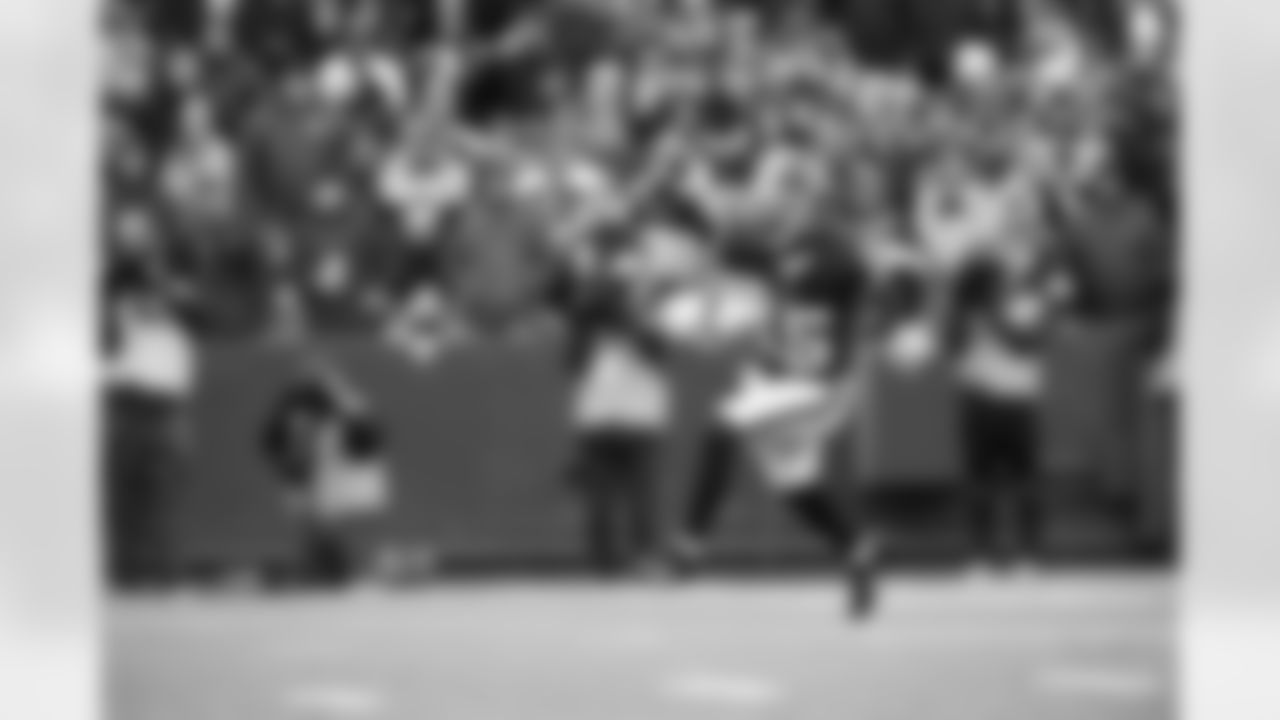
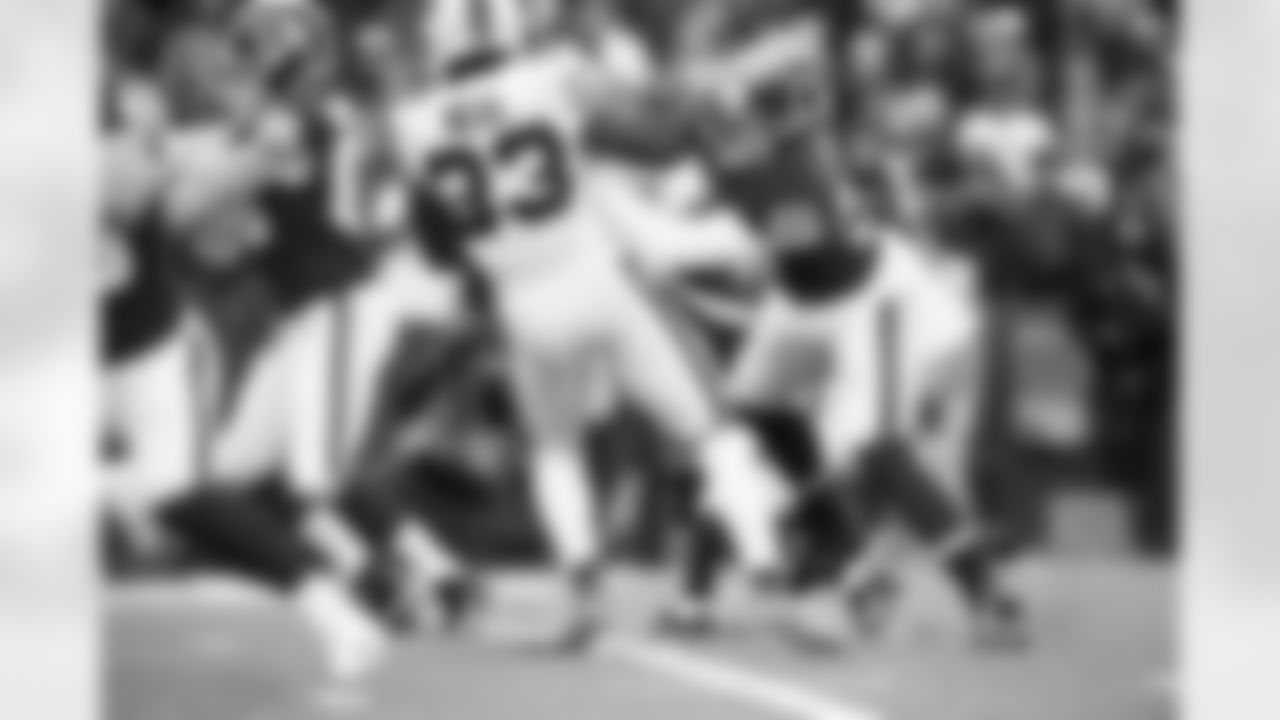
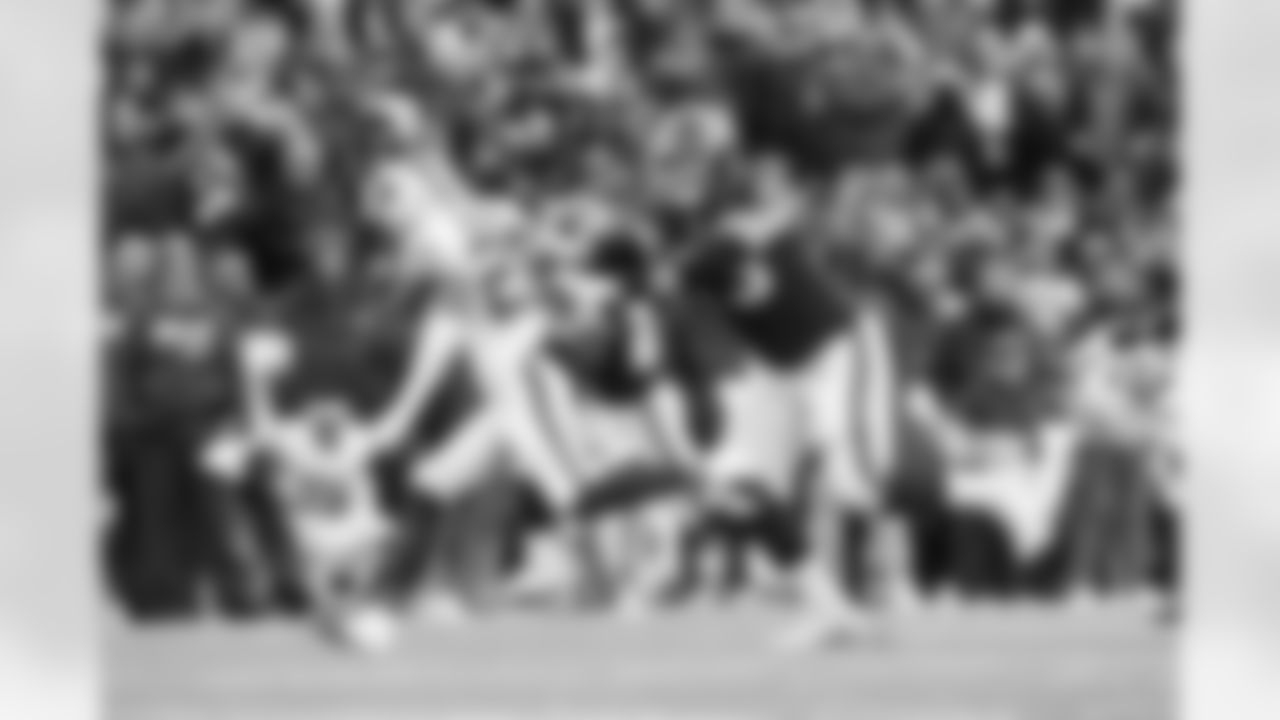
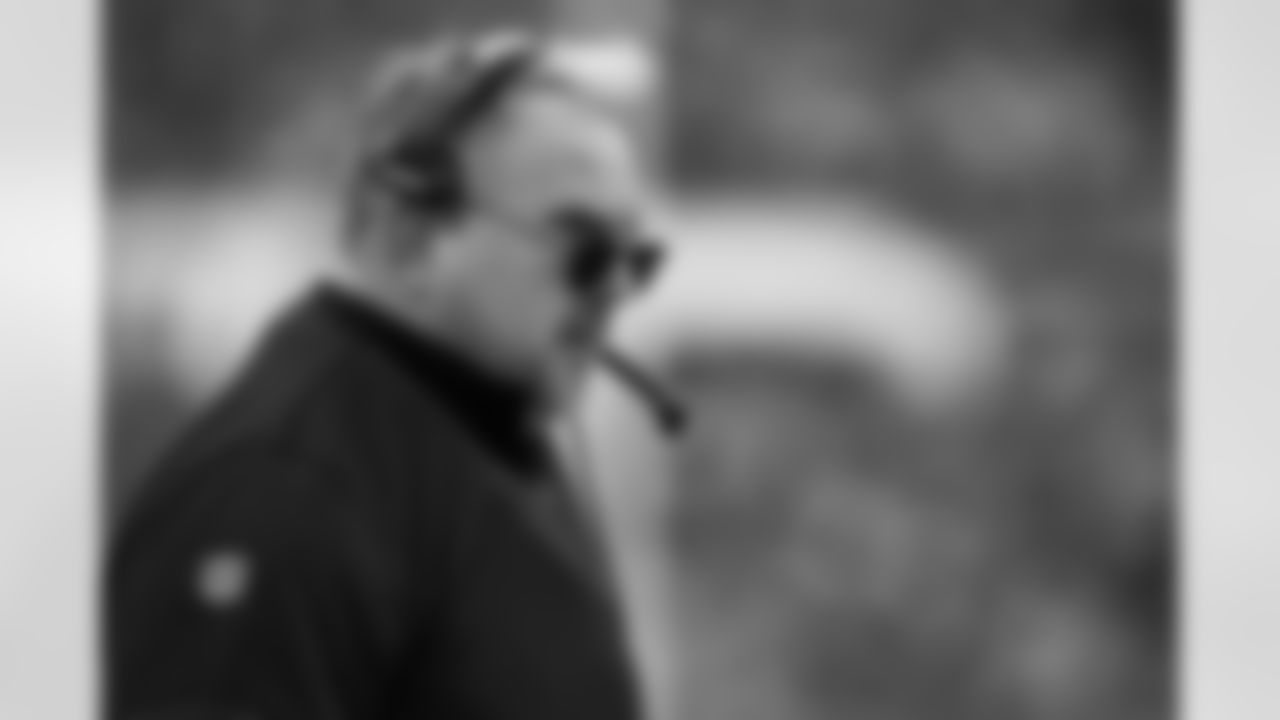
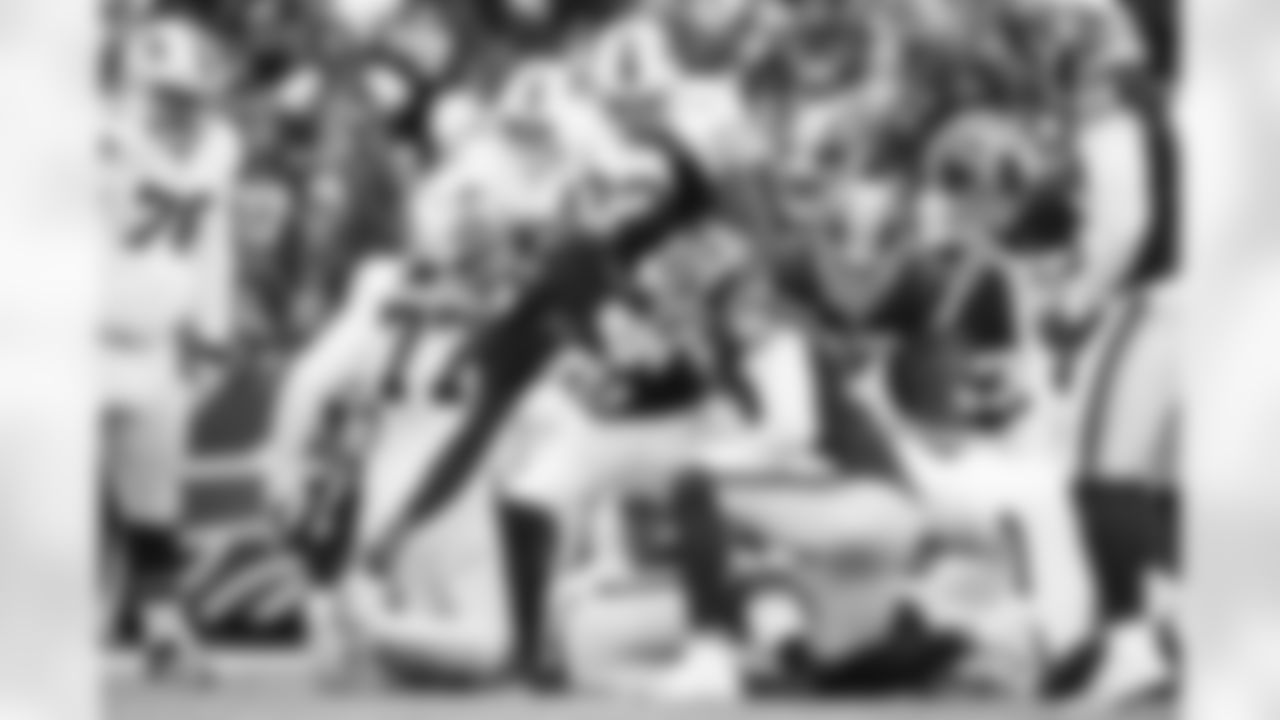
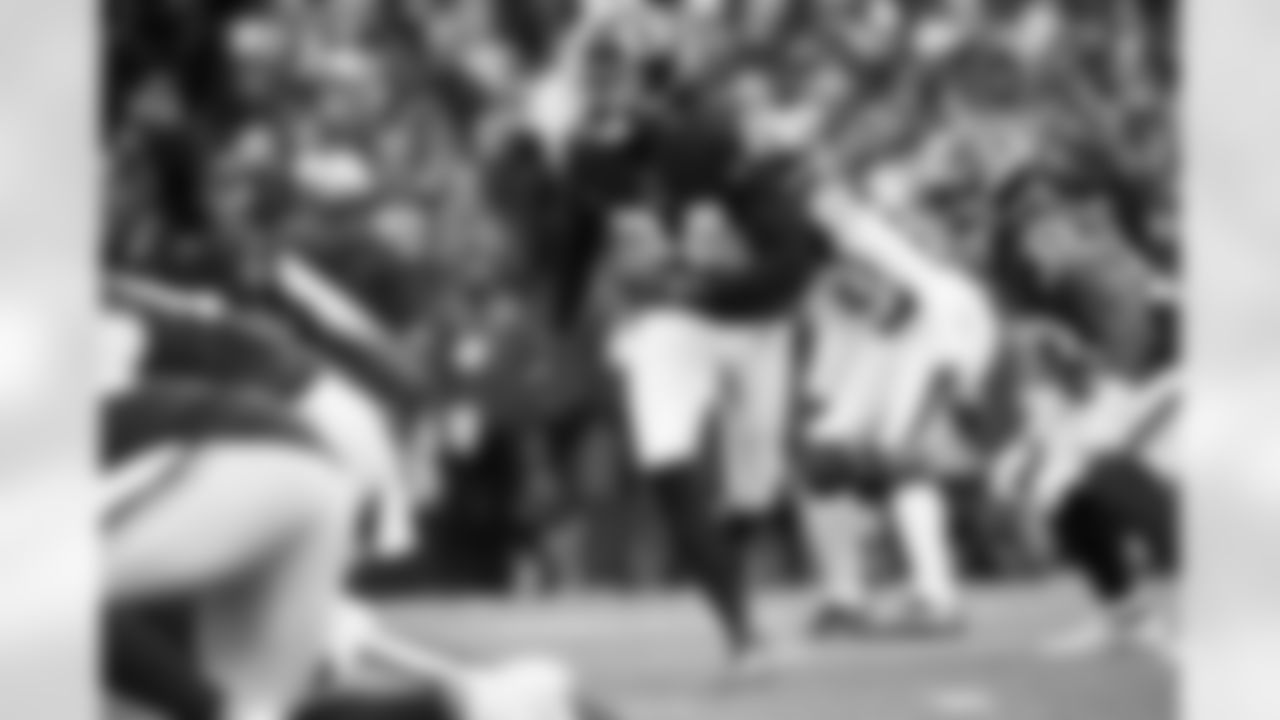
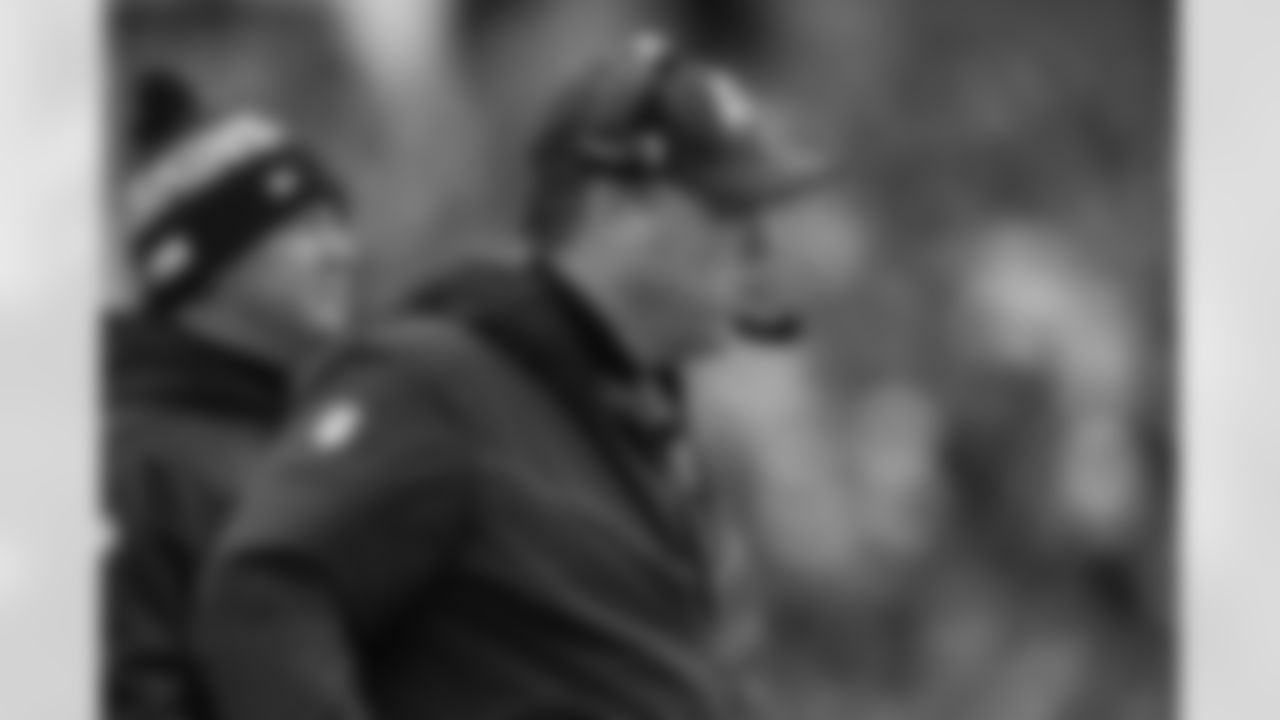
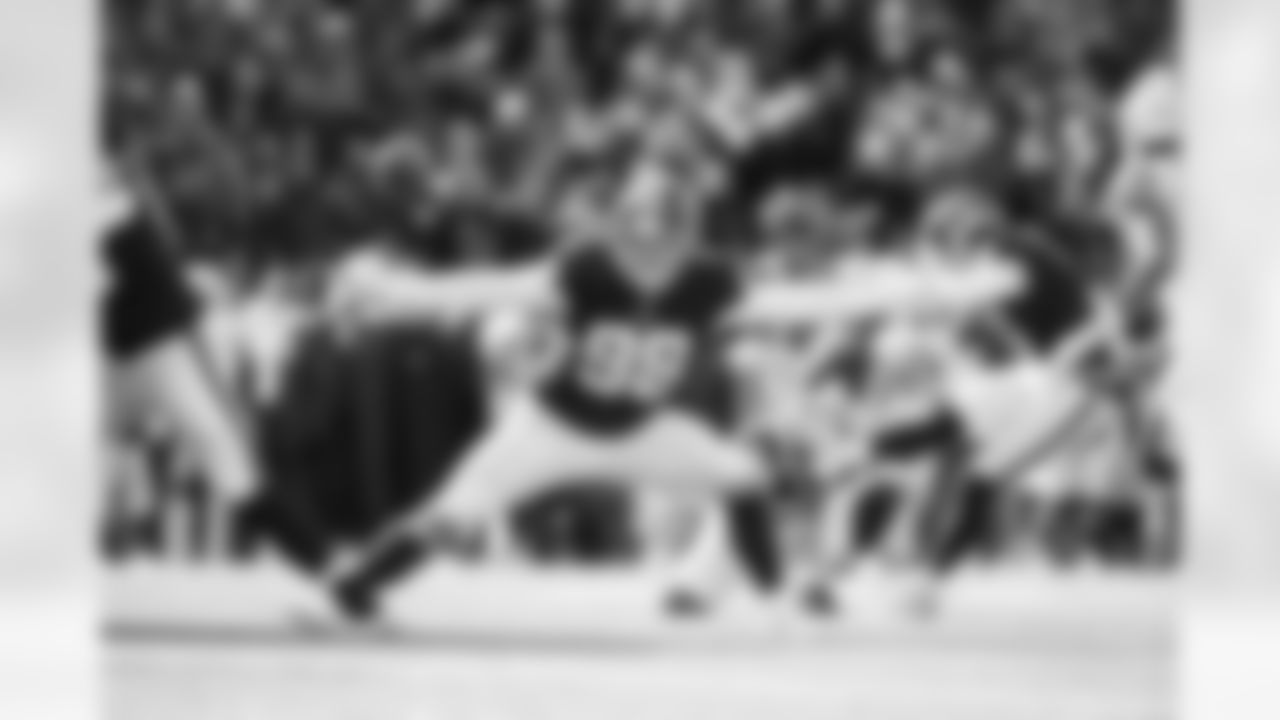
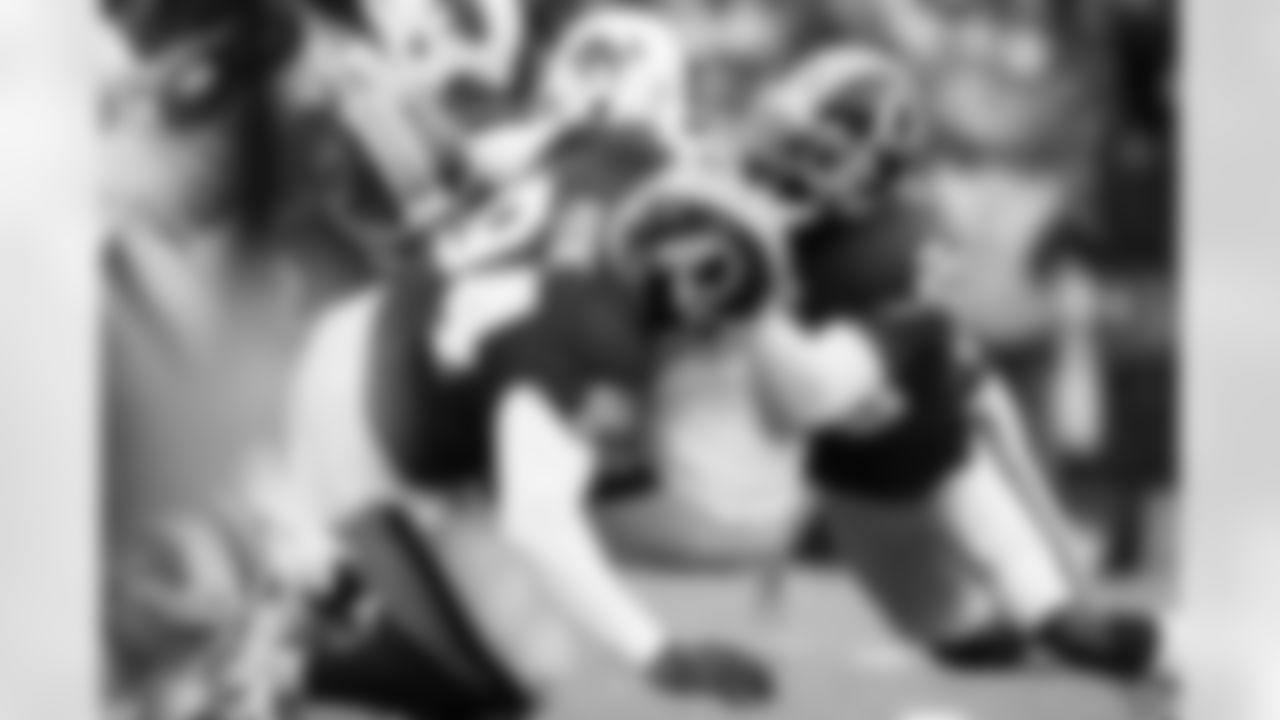
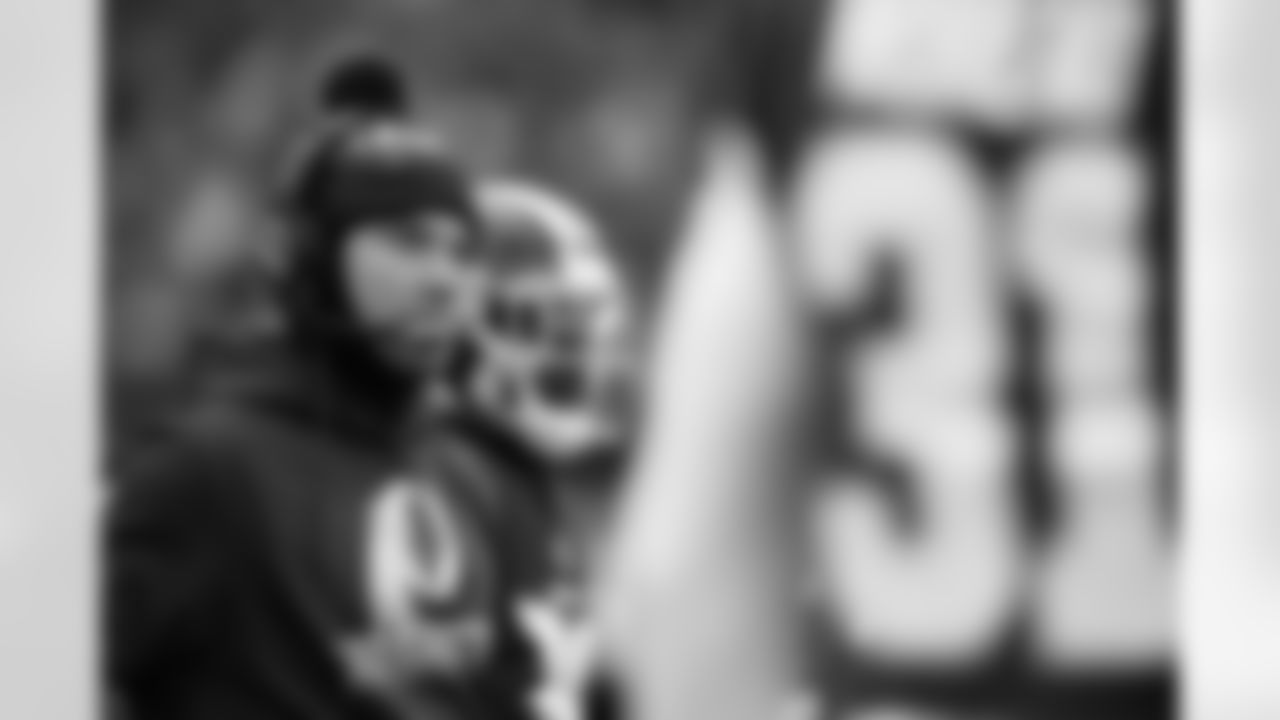
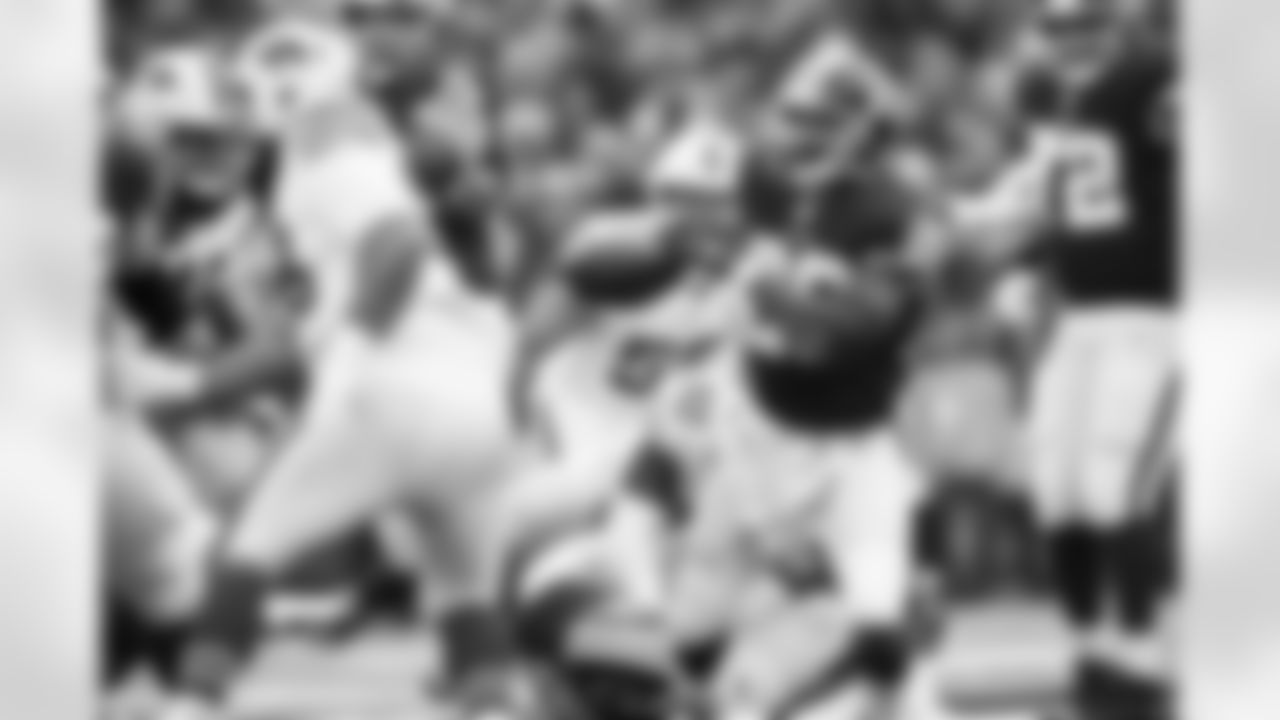

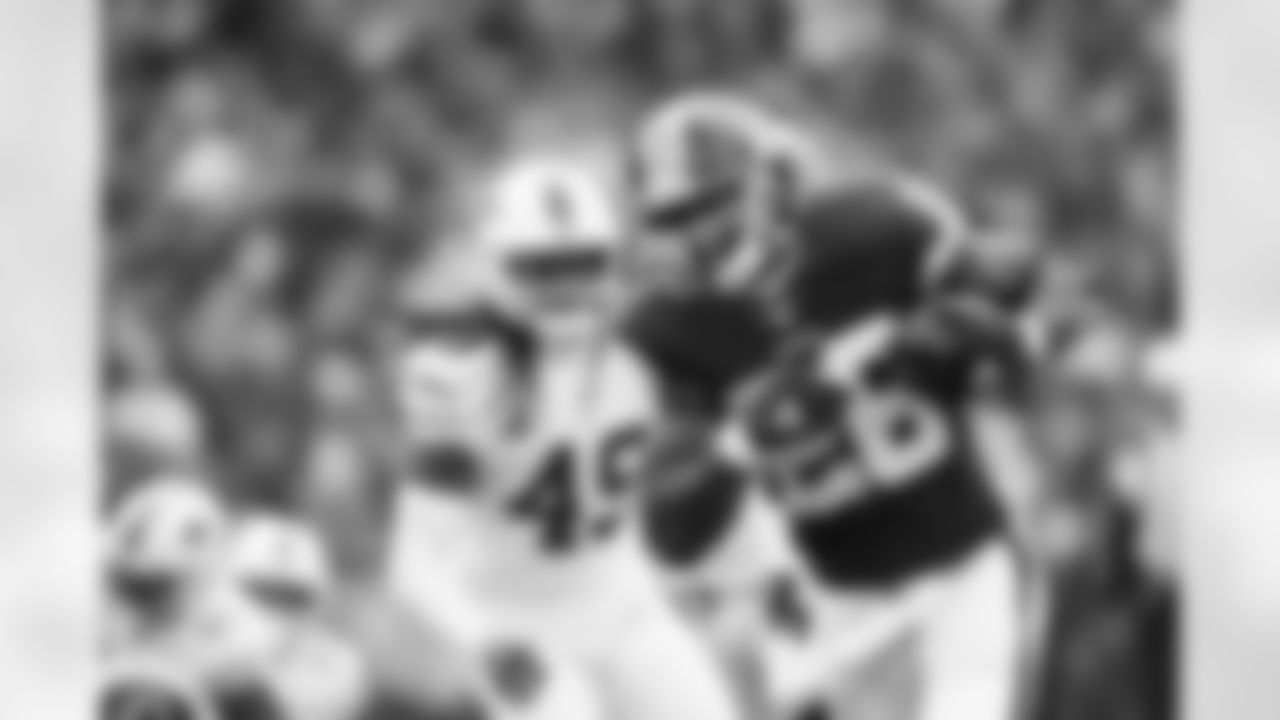
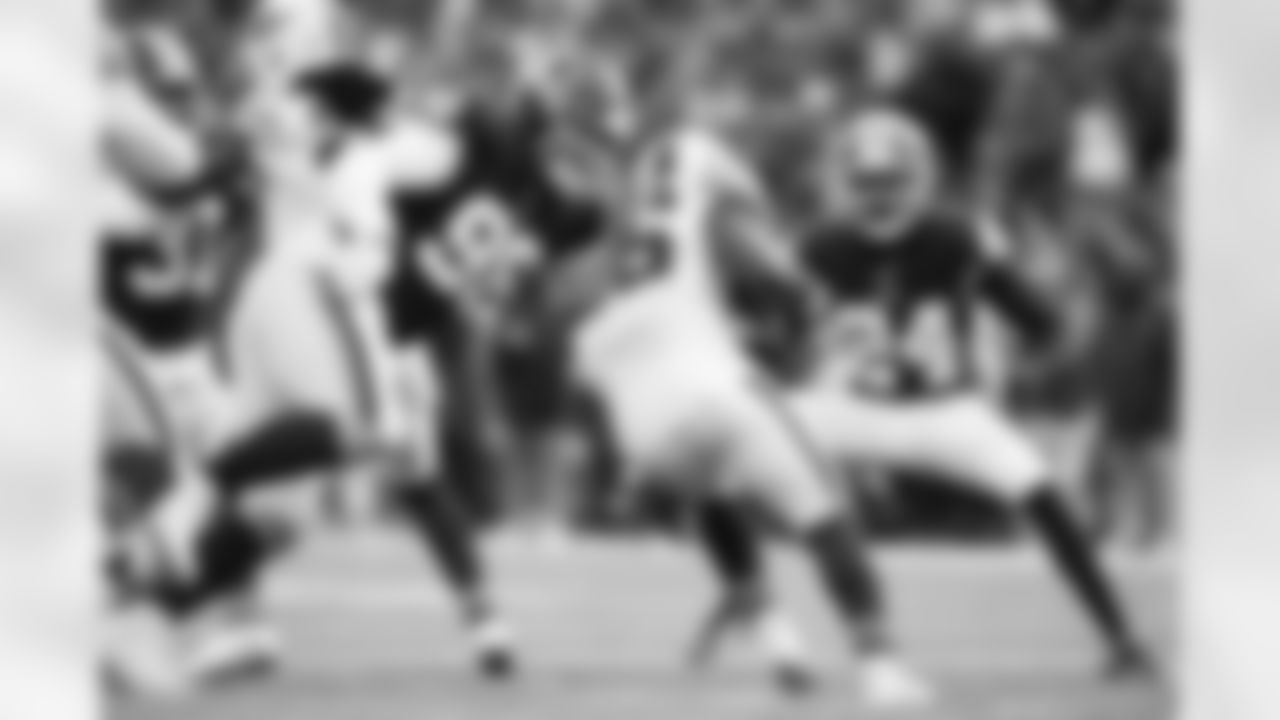
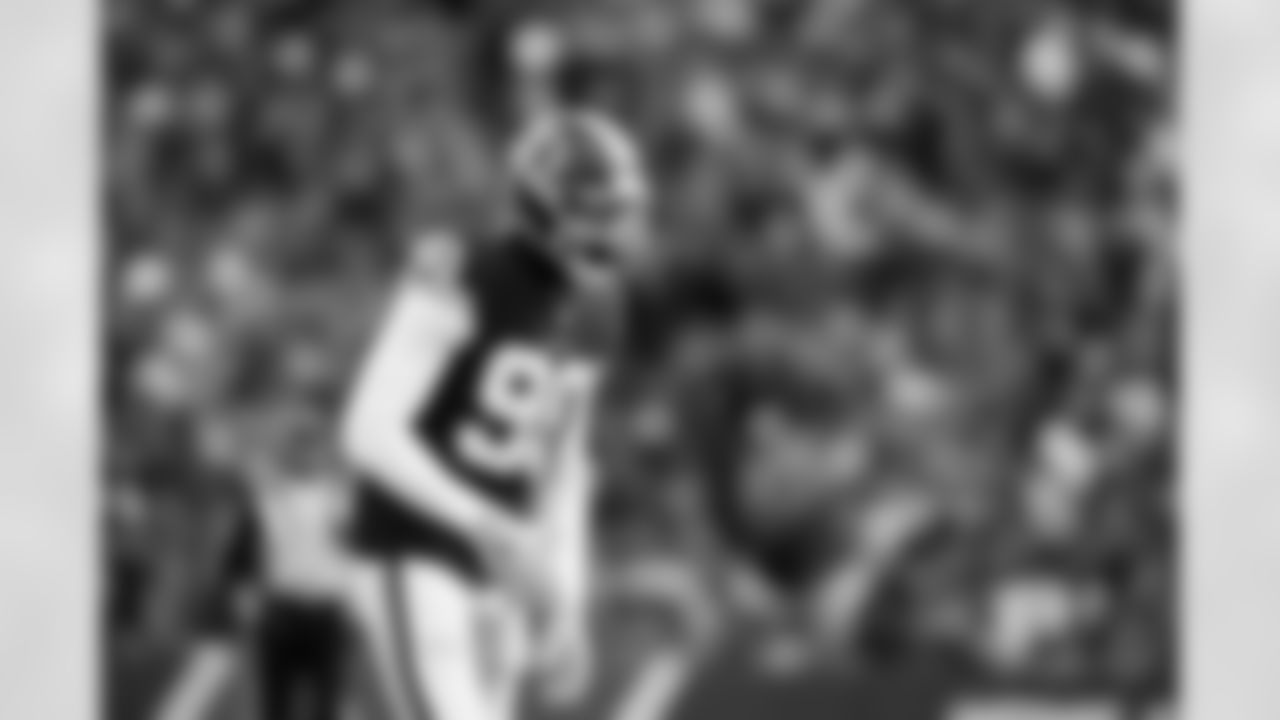


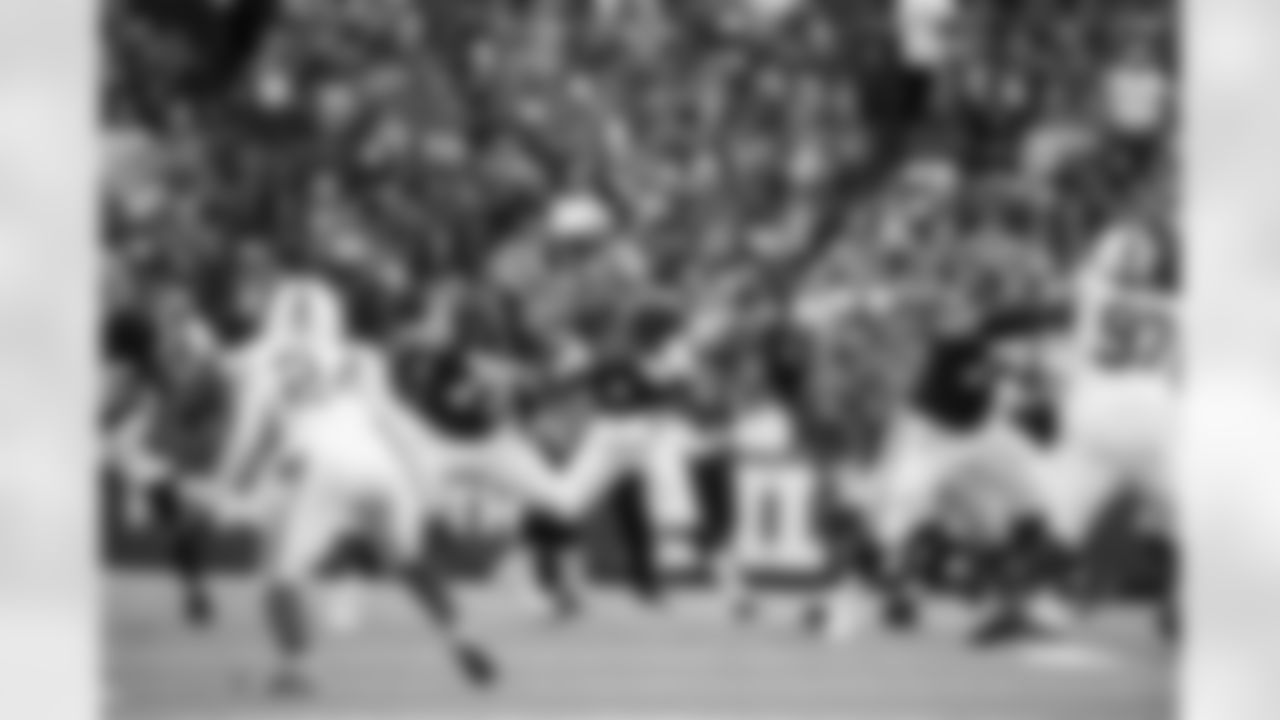
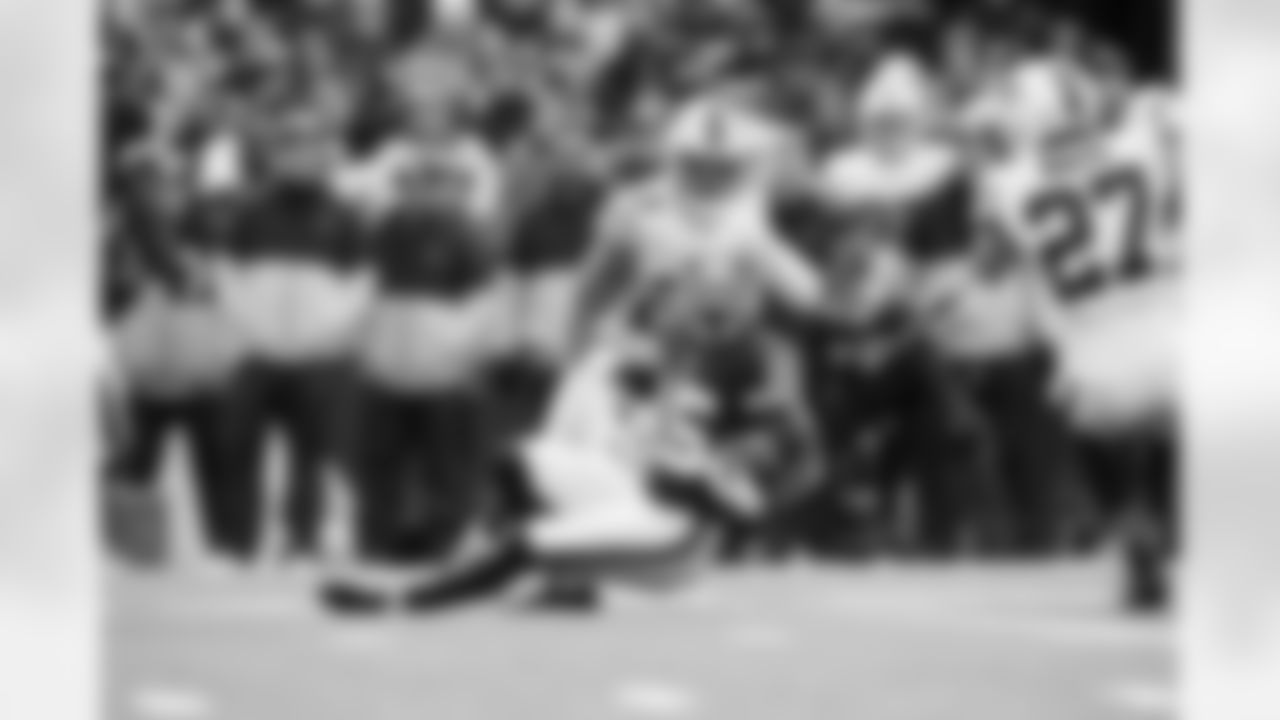
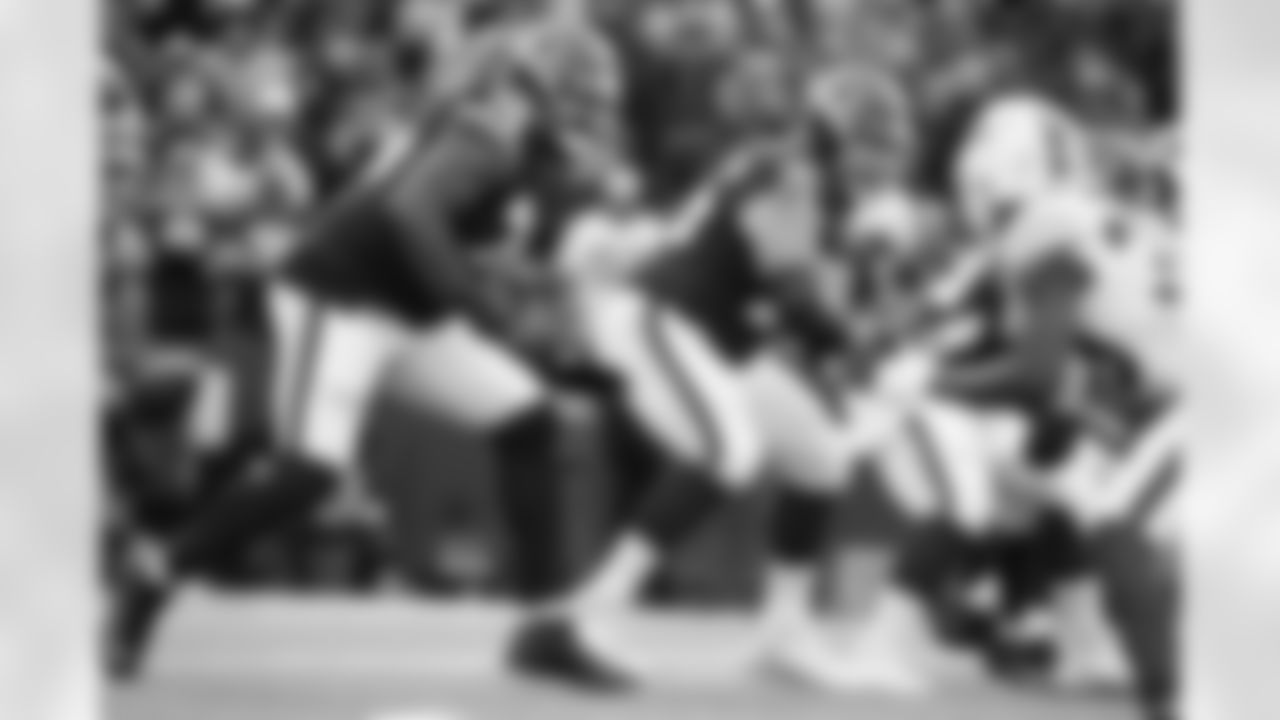

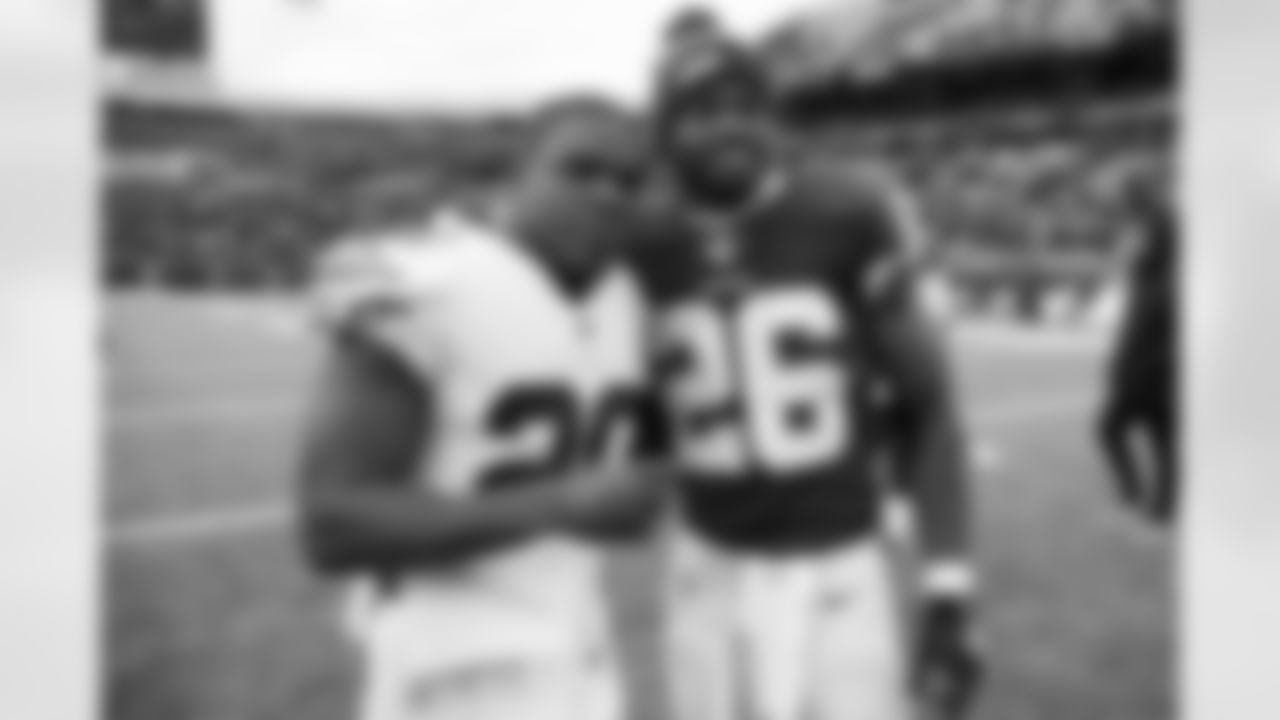
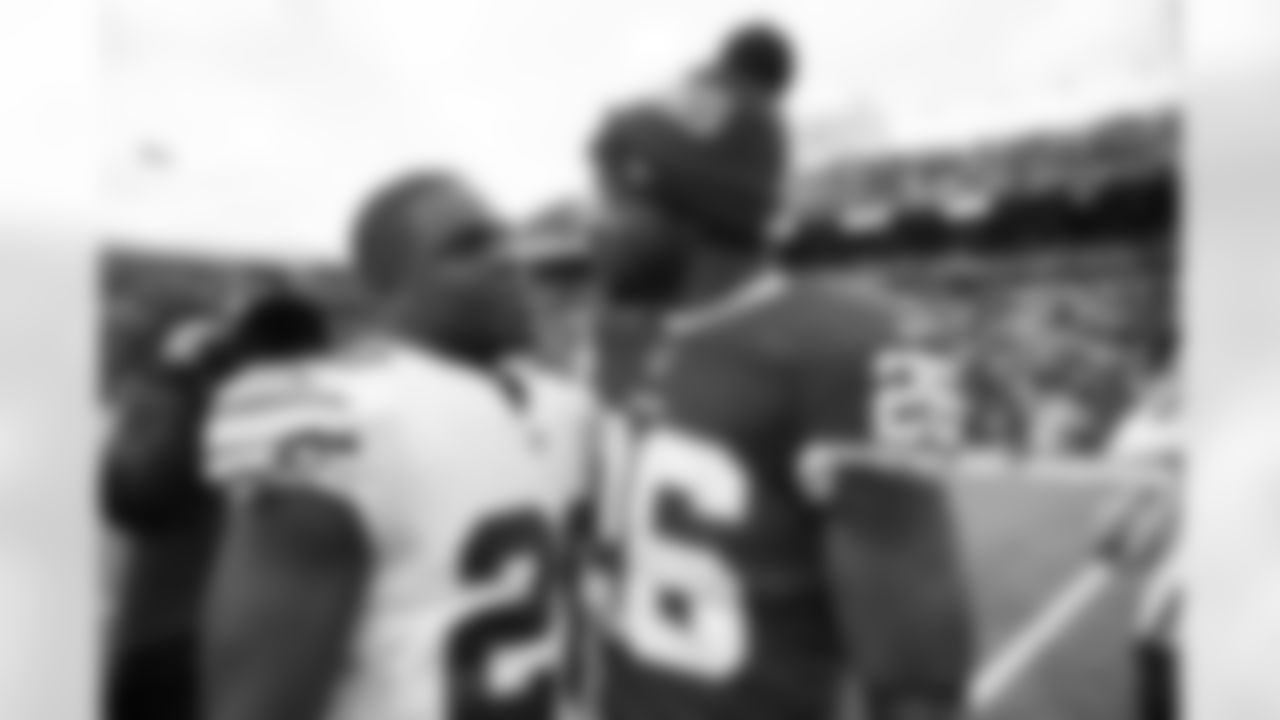
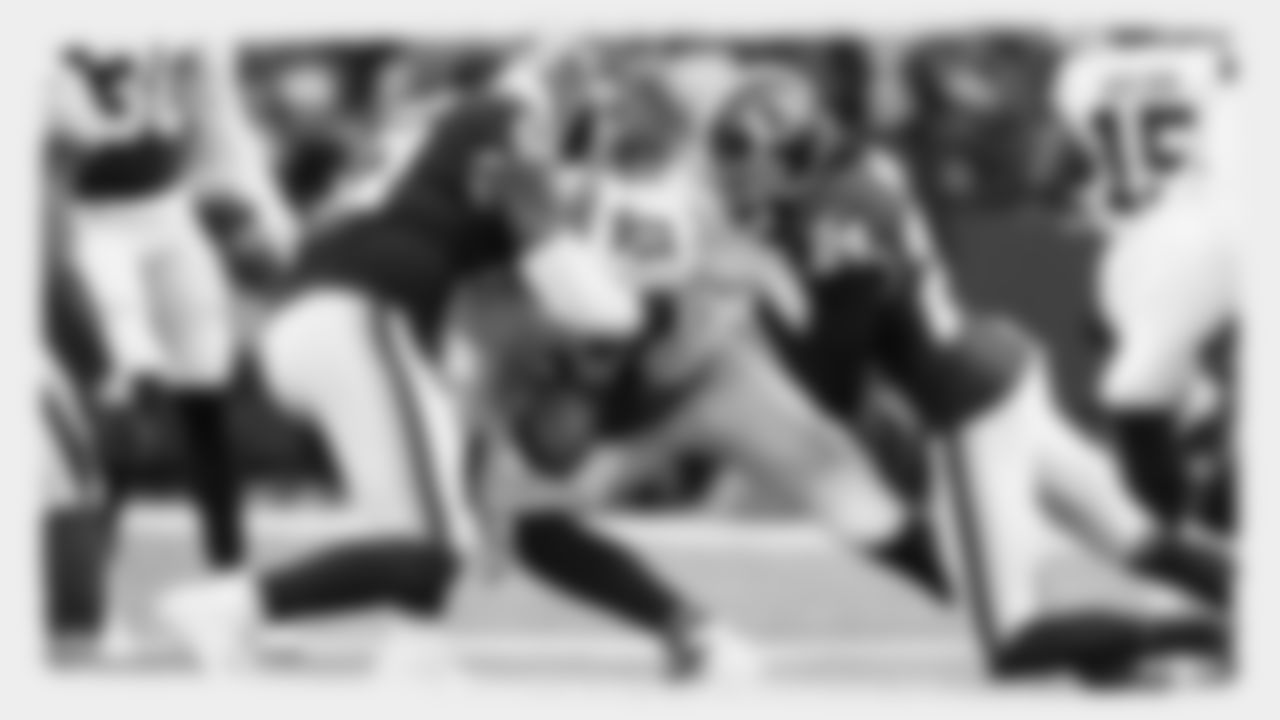

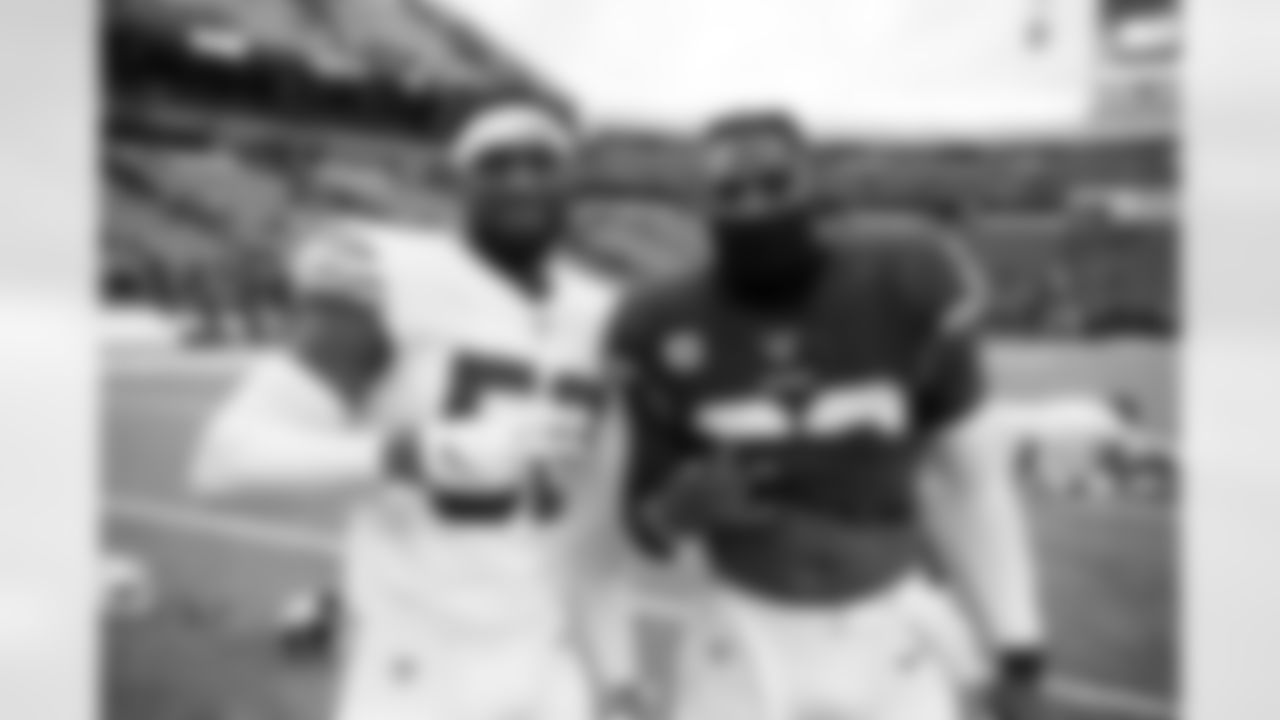
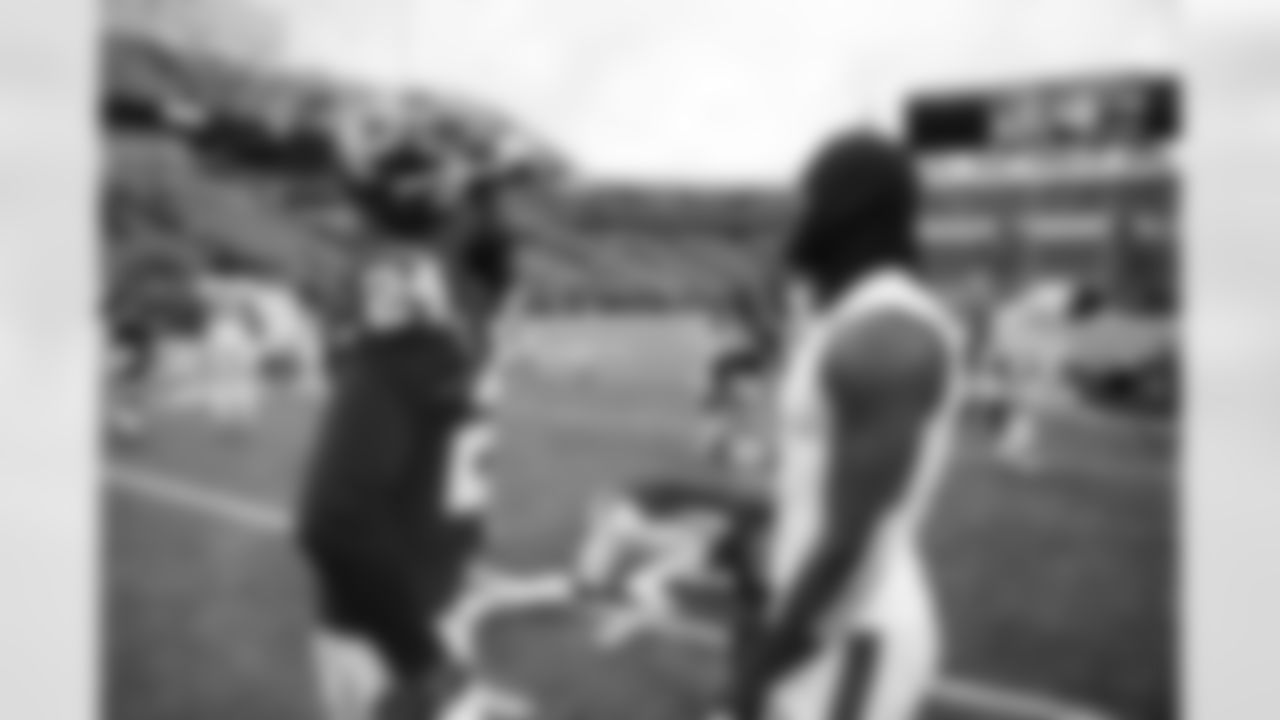
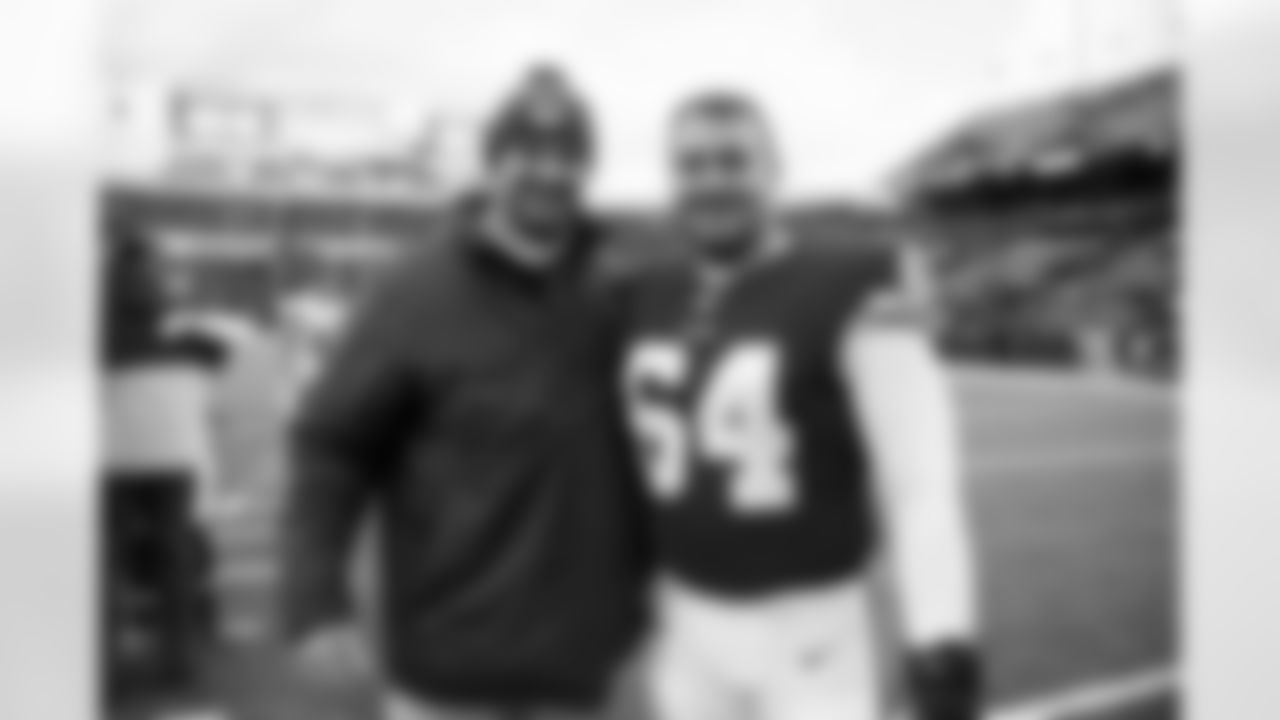

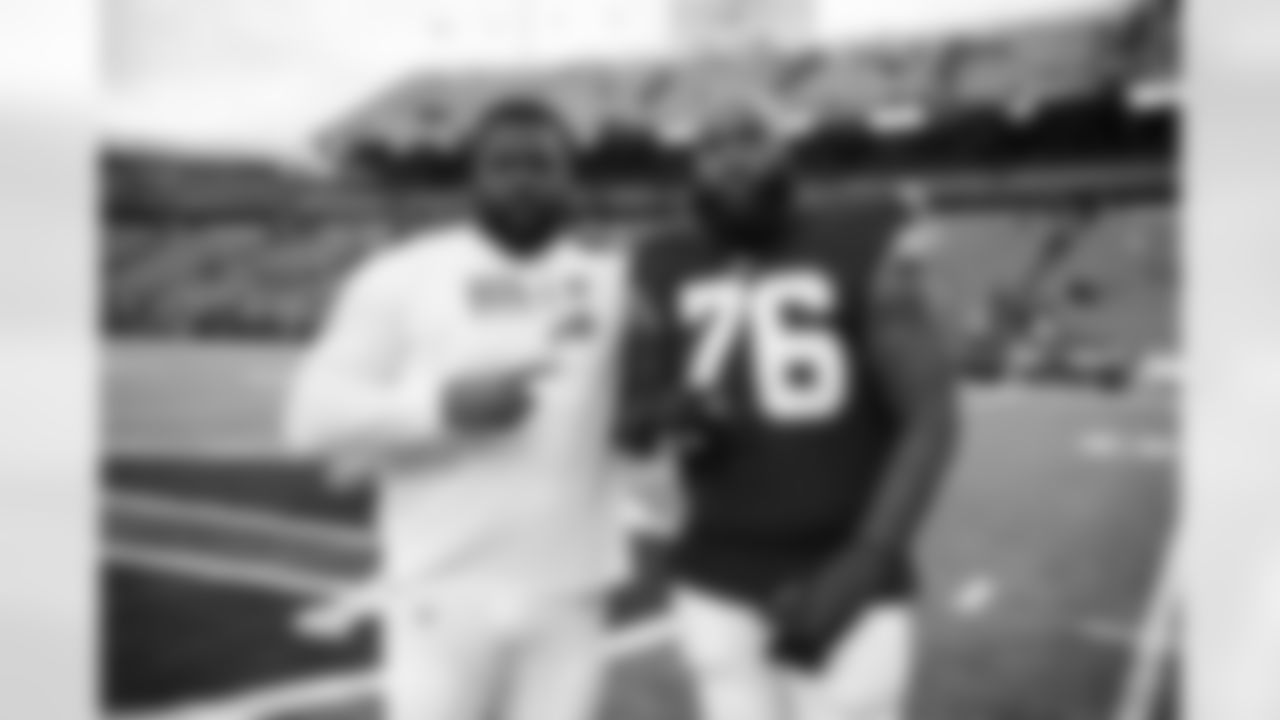
-- For whatever reason, Peterson was not on the field after his 28-yard run and remained on the sideline for the rest of the drive, which stalled in the red zone. The possession ended with a sack on Haskins that forced out the Redskins' field goal unit. There's not much Haskins could have done on the sack; the Bills defended the play well and covered up all of his options. That said, it would have been nice to see Haskins throw it away rather than take a loss. It ultimately was just a two-yard loss, though, so the offense didn't suffer much.
-- Peterson's vision and quickness are undeniably superb, but Singletary matched it drive for drive throughout the game. The first play of the Bills' response to giving up a field goal resulted in a nine-yard gain because Singletary turned the play to the backside after Montez Sweat committed too much to the flow of the play. That left only Fabian Moreau to defend the play, but Singletary made a juke that left Moreau on the ground. That was the longest play of the Bills' 11-play drive, as they chipped their way all the way down to Washington's 1-yard line.
-- The Bills eventually went up, 17-3, but there were still some impressive plays from the Redskins defense, especially on its own goal line. After all, the unit stopped Gore at the one-yard line three straight times.
The third-and-goal stop arguably deserves the most praise. With eight people on the line of scrimmage and a fullback leading the way, all Gore had to do was essentially walk into the end zone for the score. Allen even raised his hands up in celebration before the play was over. But rookie safety Troy Apke lowered his shoulder and met Gore in the hole, stopping him short of crossing the plane. Allen got the touchdown himself one play later, but those three plays showed how tough the Redskins' interior could be.
Third Quarter
-- The Redskins' defensive line was getting pushed off the line of scrimmage to start second half, which was not representative of how it played for the rest of the game. The group was pushed back at least four yards on back-to-back plays, which is never good for a defensive front.
They made up for it, though, on a fourth-and-1 that ended the Bills' opening drive. It was a similar play to their third-down play at the goal line in the first half. This time, there were seven players on the line of scrimmage with no fullback. Payne pushed center Mitch Morse into the backfield, which forced Gore to trip for no gain. Had Payne not been there, the play had a good chance of working.
-- Similarly, the Redskins' offensive line was not getting the same push that allowed Peterson to move up and down the field with ease in the first half. Peterson touched the ball four times in the quarter, but only one resulted in positive yardage. Two were stopped for no gain, while the other was a loss. That hurt the offense, particularly on its second drive that started at the Bills' 35-yard line. Peterson rushed for a loss of three yards, which forced Haskins to rely on his arm.
-- Haskins was best against the Bills when he had a clean pocket. When he didn't have to move much and kept his eyes downfield, he was an accurate and reliable passer. The four passes he made that resulted in positive yardage (two to Paul Richardson, one to Trey Quinn and one to McLaurin) were quick, decisive and accurate. That was a deviation from the previous two quarters where he had to make throws on the run at times.
This is something that Haskins improved on over the course of the season, so seeing him avoid pressure to make touchdown throws later in the year is even more impressive.
-- One of Haskins' early criticisms was that he took too many sacks. He had another one in the third quarter that seriously stalled the drive that started deep in Bills' territory. The criticism might be warranted, but this sack wasn't necessarily his fault. Right before the ball was snapped, the Bills rotated their secondary and brought safety Jordan Poyer on a blitz. Haskins only had two reads on the play, both of which were covered well, which made him wait just long enough to get sacked. It was a well-executed and perfectly timed play from the Bills.
Fourth quarter
-- It's easy to be deceived by this game's final score. On the surface, it appears as if the Bills simply had their way with the Redskins. That isn't completely true, though, as they were only down by one score until the end. The game was still within reach throughout the fourth quarter, but there were several missed opportunities that could have made the game more competitive.
The first happened on the offense's first play of the quarter. Haskins had Quinn wide open on a crossing route that would have easily resulted in at least 20 yards. Instead, Haskins overthrew him by a wide margin to bring up a second-and-10. The next came on defense when Josh Norman forced a fumble on Allen. The Bills recovered it, but had the Redskins come out of the pile with the ball, it would have put the offense at Buffalo's 25-yard line. Those plays didn't singularly cost them the game, but they would have given the Redskins a better chance to pull out an upset.
-- On the other hand, that first drive of the quarter played a pivotal role in the Redskins losing the game. The Redskins needed points, and all the offense could muster out of a nine-play drive was 26 yards of offense. The Redskins moved all the way to the Bills' 46-yard line, but their next three plays resulted in two incomplete passes and a rush for no gain.
-- There were a lot of plays where Haskins rolled out when he could have stayed in the pocket to make a throw, but sometimes it's hard to blame his logic. He and the offense got the ball back at their own 13-yard line, and both tackles Morgan Moses and Penn were blown back into the backfield. That caused Haskins to roll to his right to get a two-yard gain rather than try to make a throw downfield.
It's possible Haskins could have stepped up in the pocket, but it is difficult to say with both defensive ends crashing down on him. It's an example of how the Bills' defensive line affected the passing game, even when they couldn't physically get to Haskins.
-- The Bills' conversion on third-and-18 during their final drive of the game was a momentum killer, and it's still hard to put the blame on one person. The play started with Norman covering receiver John Brown with tight coverage, but as Allen rolled to his right, Norman peeled off of Brown at the 30-yard line.
But Norman got off Brown to quickly for it to be a lapse in coverage. It looked as though he was expecting help from another player in the secondary. Apke was the only other player on that side of the field who could have provided some help, and he was heading in Brown's direction as the ball was being thrown.
Regardless of who was supposed to be on Brown, he caught the ball at the 14-yard line. And four plays later, Singletary was in the end zone to make the score 24-9, which held up until the final whistle.





